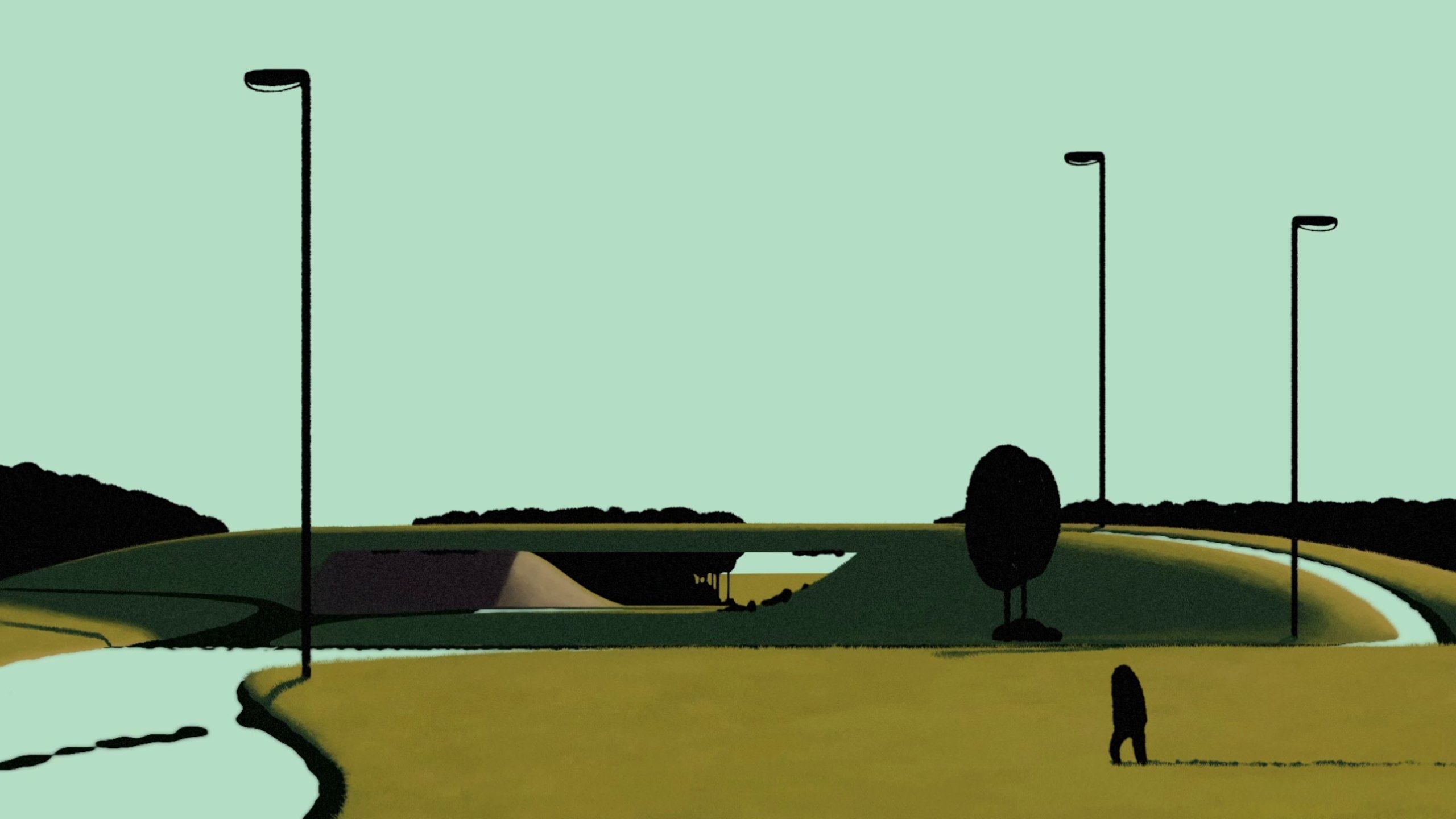Opening
Opening night
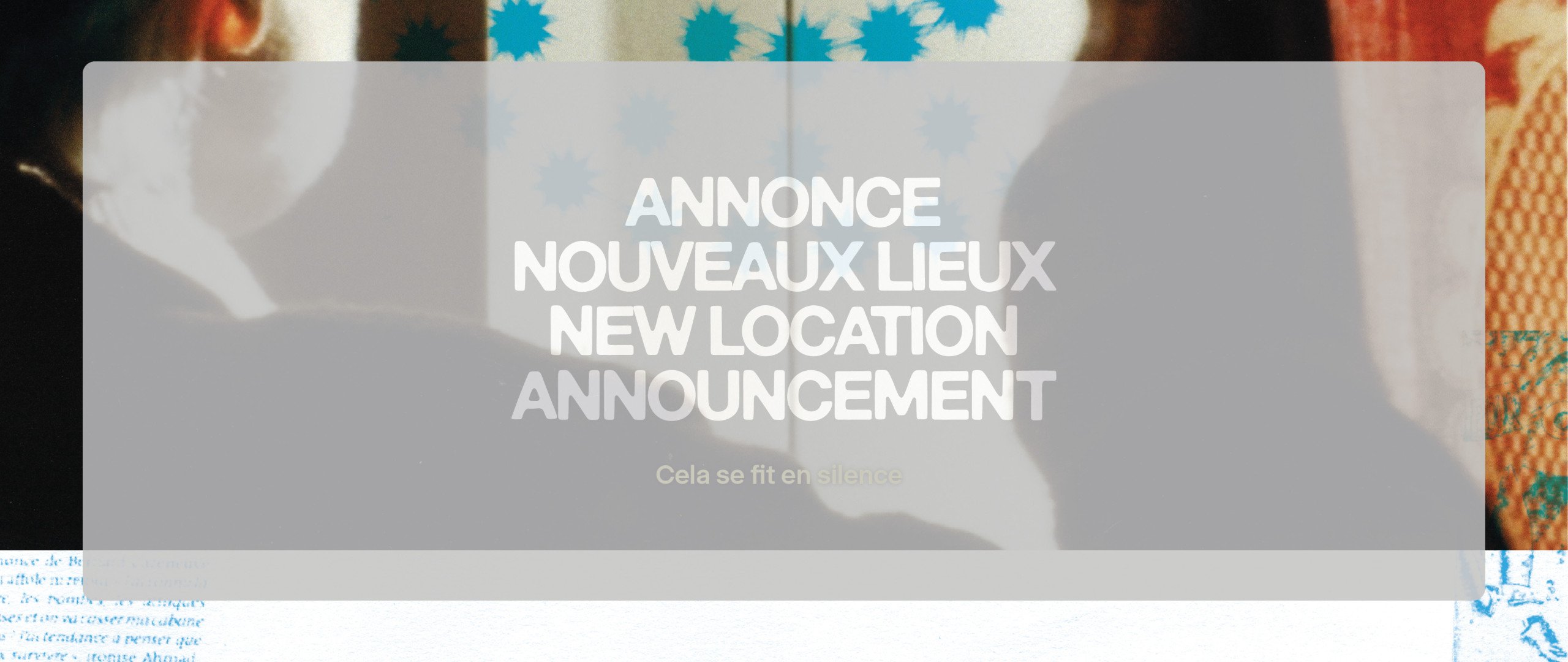
Flash Competition
International Premiere
09/05/1982, Camilo Restrepo, Jorge Caballero
Mexico, Spain, 2025, Color, 11’

Flash Competition
World Premiere
Abortion Party, Julia Mellen
Spain, 2025, Color, 13’
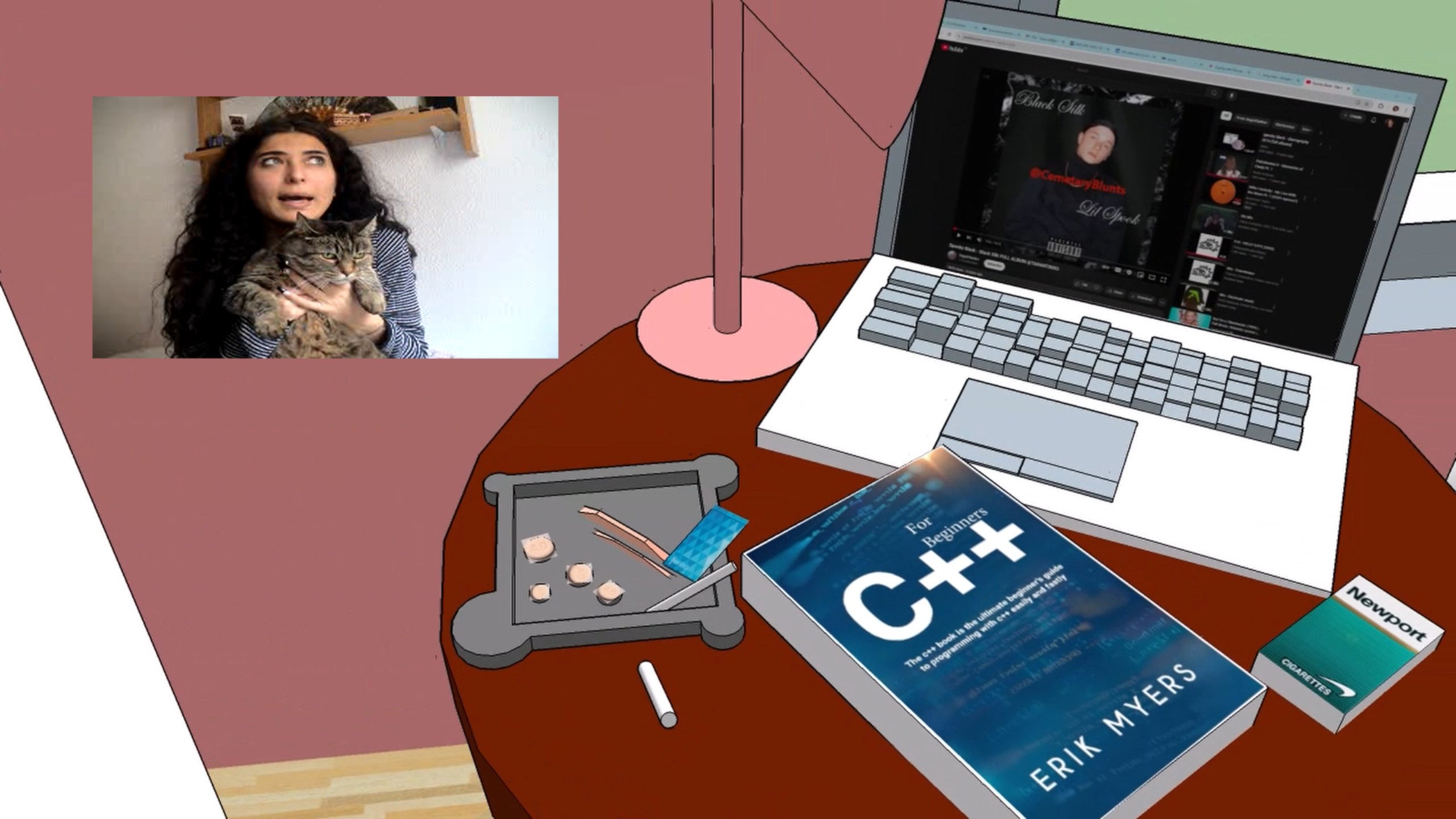
International Competition, Youth pathway from age 14
World Premiere
Action Item, Paula Ďurinová
Slovakia, Czech Republic, Germany, 2025, Color, 69’

Retrospective Radu Jude
Aferim!, Radu Jude
Romania, Bulgaria, Czech Republic, France, 2015, Black and white, 108’
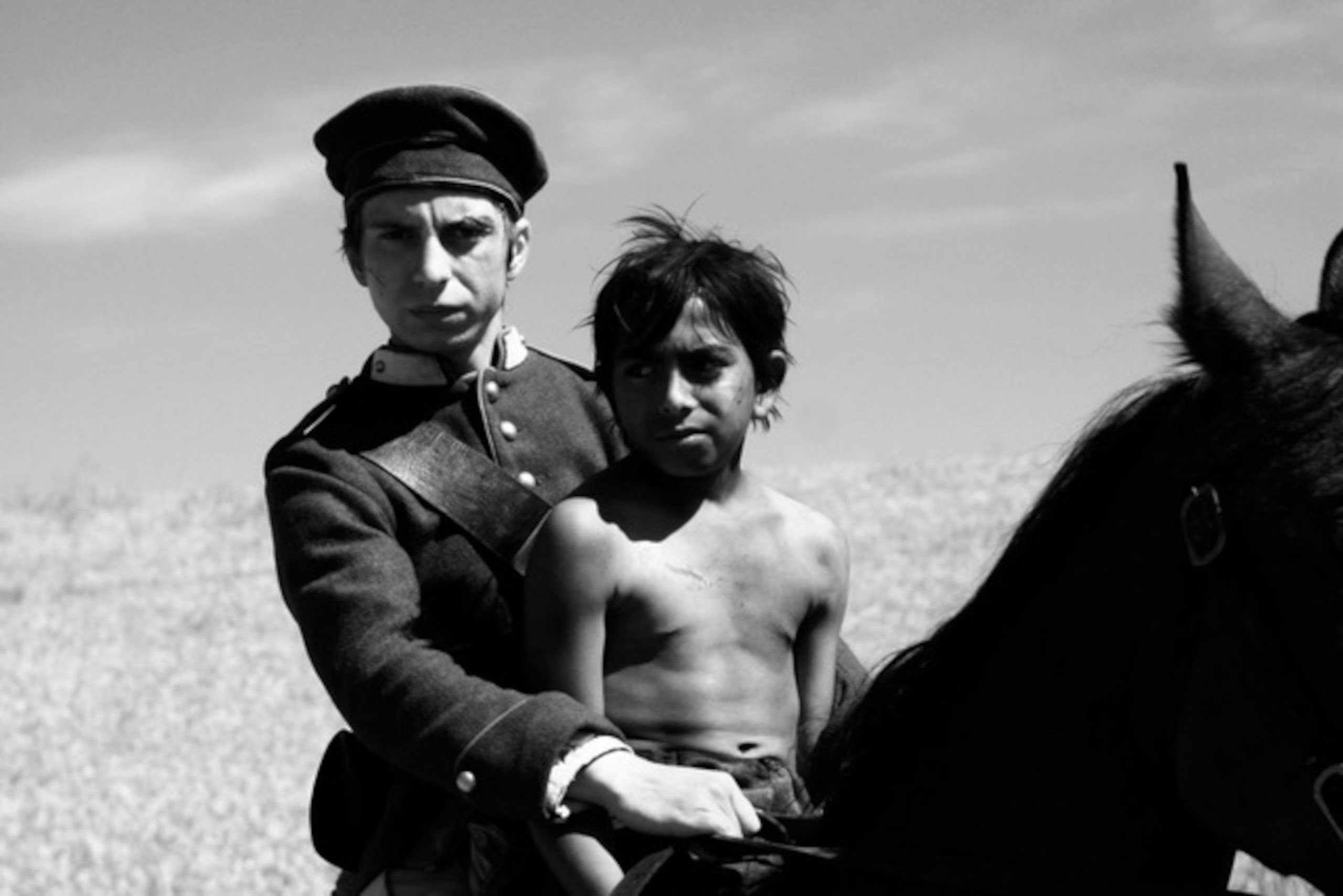
Other Gems
French Premiere
À Gaza, Catherine Libert
Palestine, France, Belgium, 2024, Color, 102’

International Competition
World Premiere
Alarm Notes, Anthea Kennedy, Ian Wiblin
United Kingdom, Germany, 2025, Color, 123’
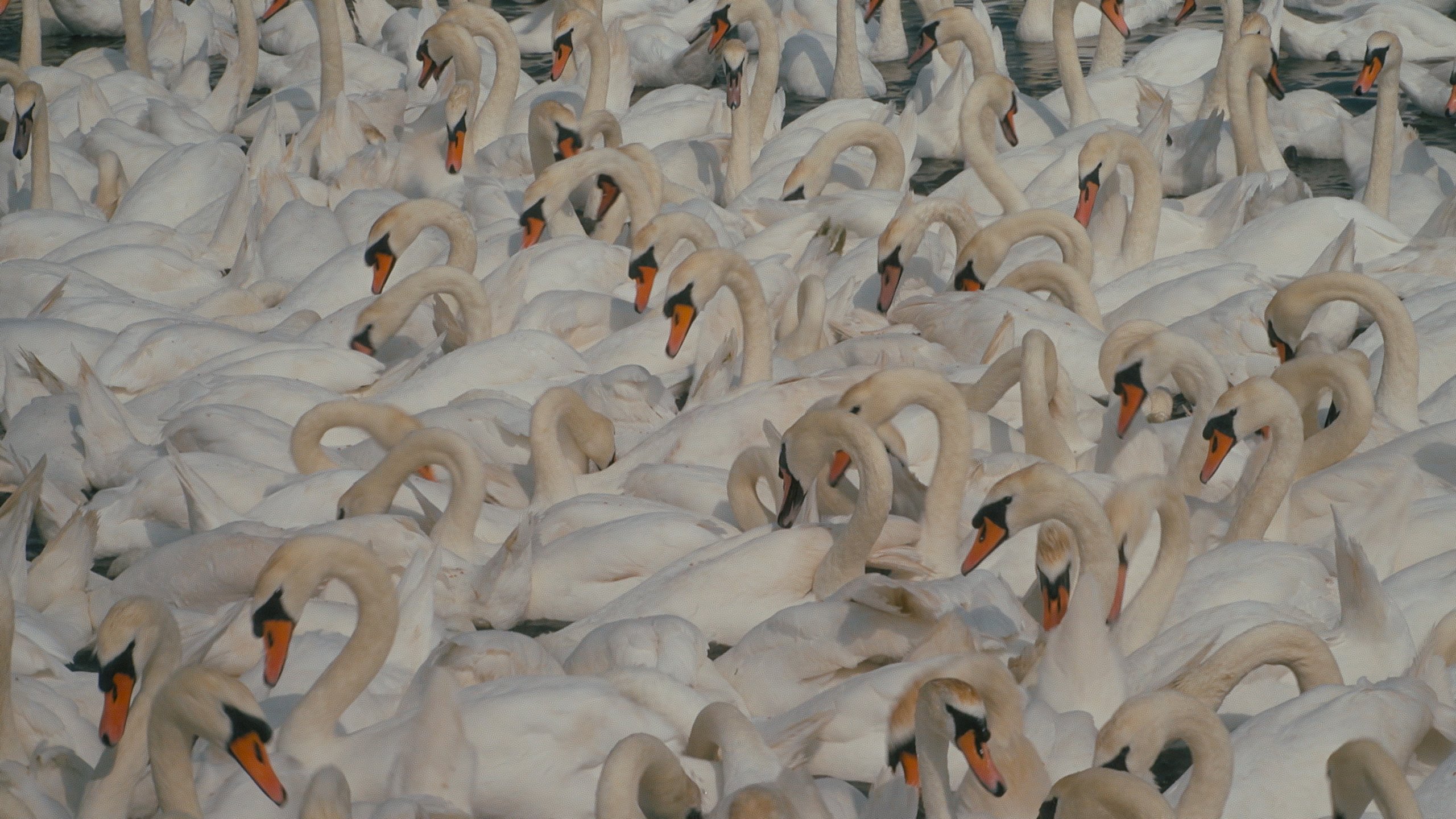
Special Screenings
Al Sadd (Le Barrage), Ali Cherri
France, Sudan, Germany, Serbia, Qatar, Lebanon, Greece, Netherlands, 2022, Color, 81’
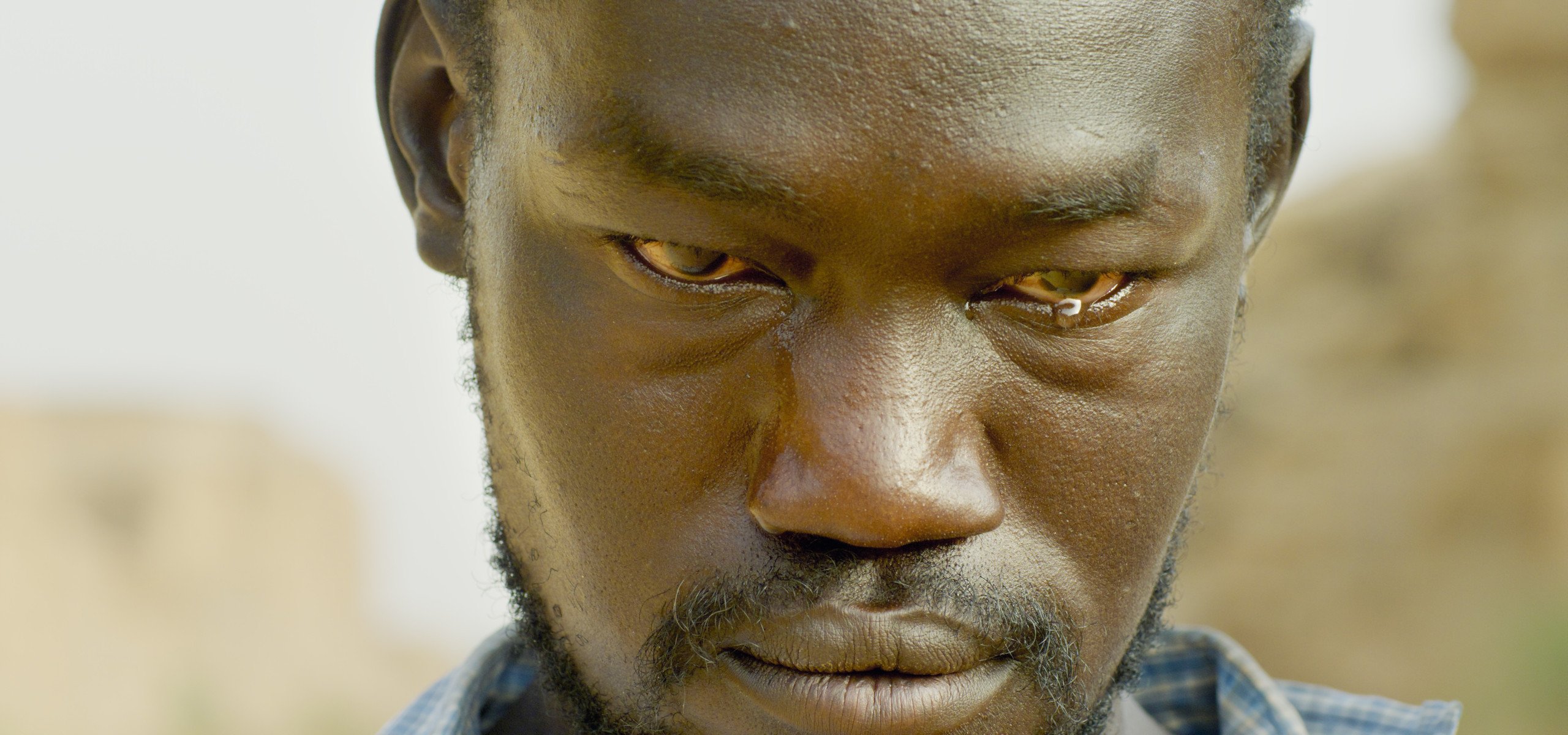
Retrospective Radu Jude
Îmi este indiferent dacă în istorie vom intra ca barbari, Radu Jude
Romania, Germany, France, Bulgaria, Czech Republic, 2018, Color, 138’
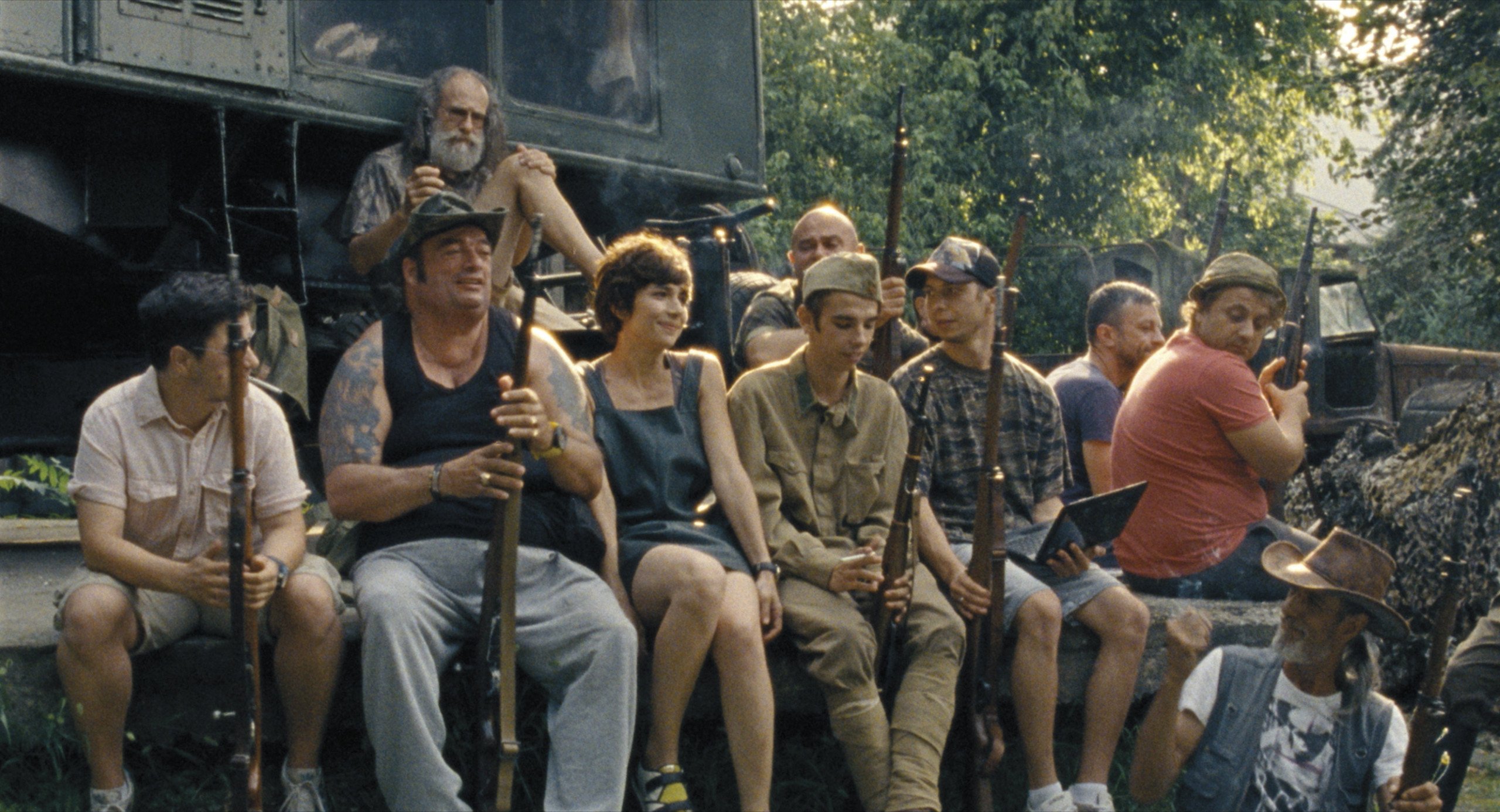
Retrospective Radu Jude
Amintiri de pe Frontul de Est, Radu Jude, Adrian Cioflâncă
Romania, 2022, Color, 30’
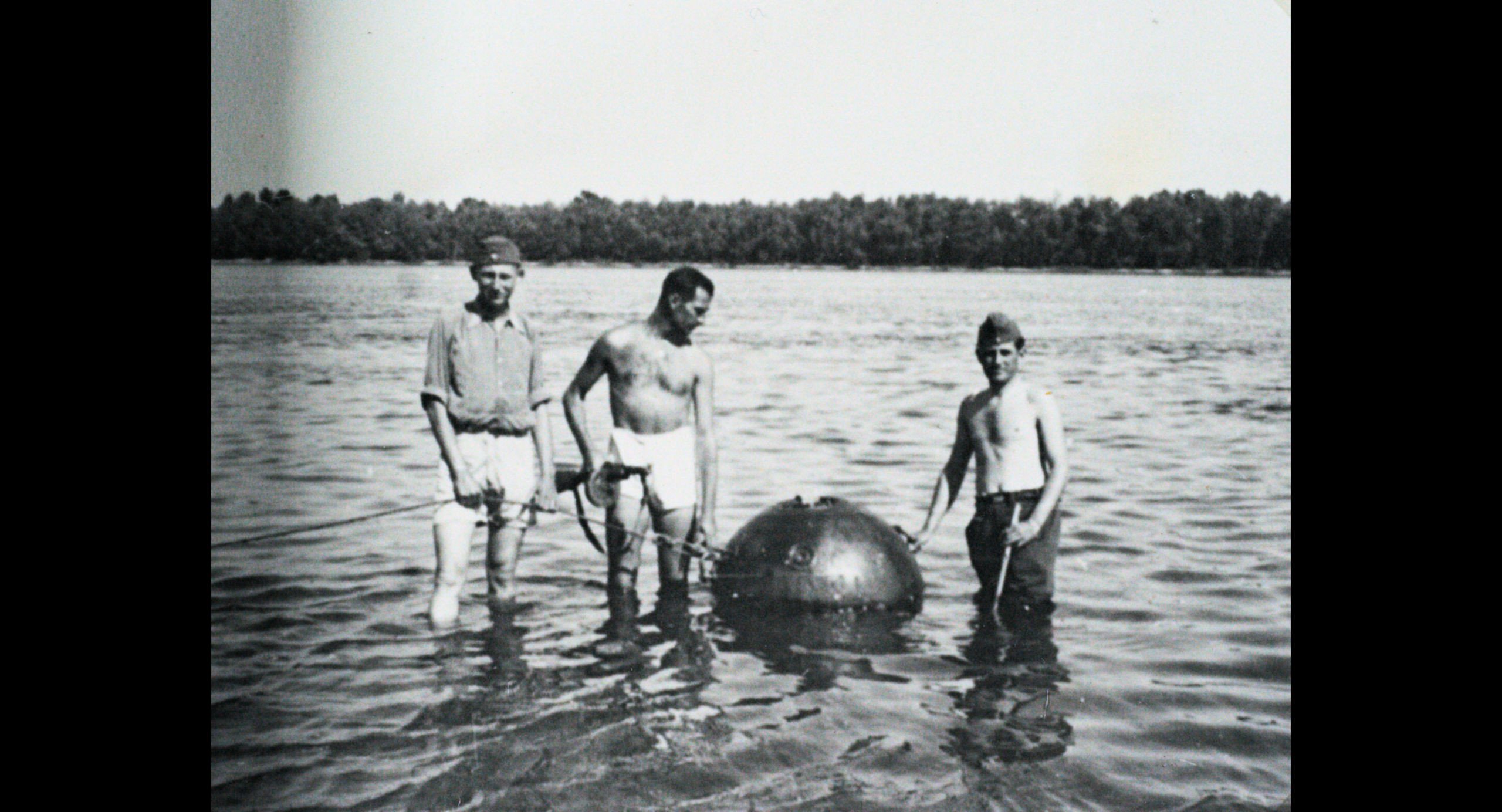
Flash Competition
World Premiere
A Prelude, Wendelien van Oldenborgh
Japan, Netherlands, 2024, Color, 36’
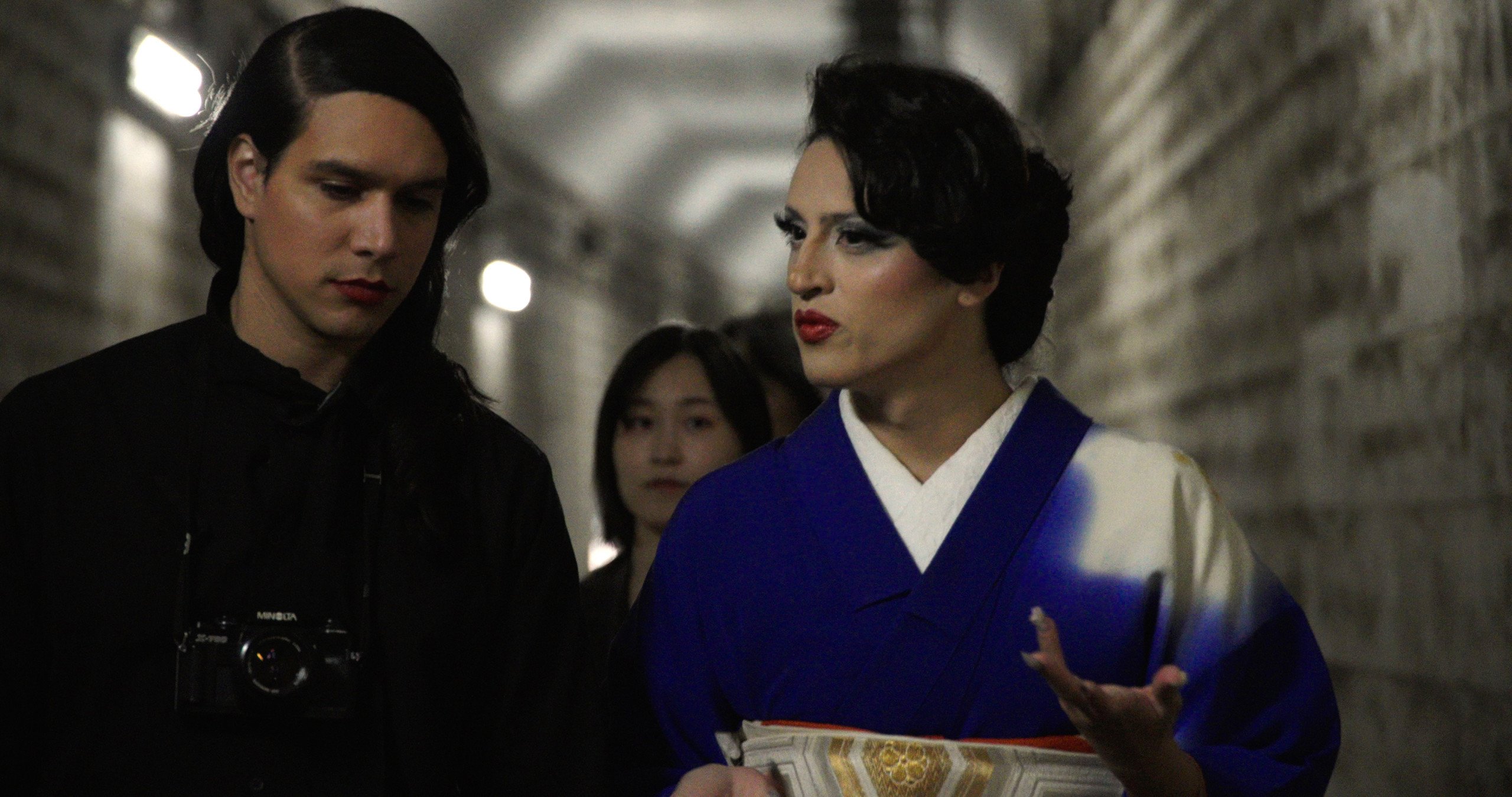
International Competition
International Premiere
As muitas mortes de Antônio Parreiras, Lucas Parente
Brazil, 2025, Color, Black and white, 65’

Flash Competition
World Premiere
Atado, Ran Shao
Spain, 2025, Color, Black and white, 28’
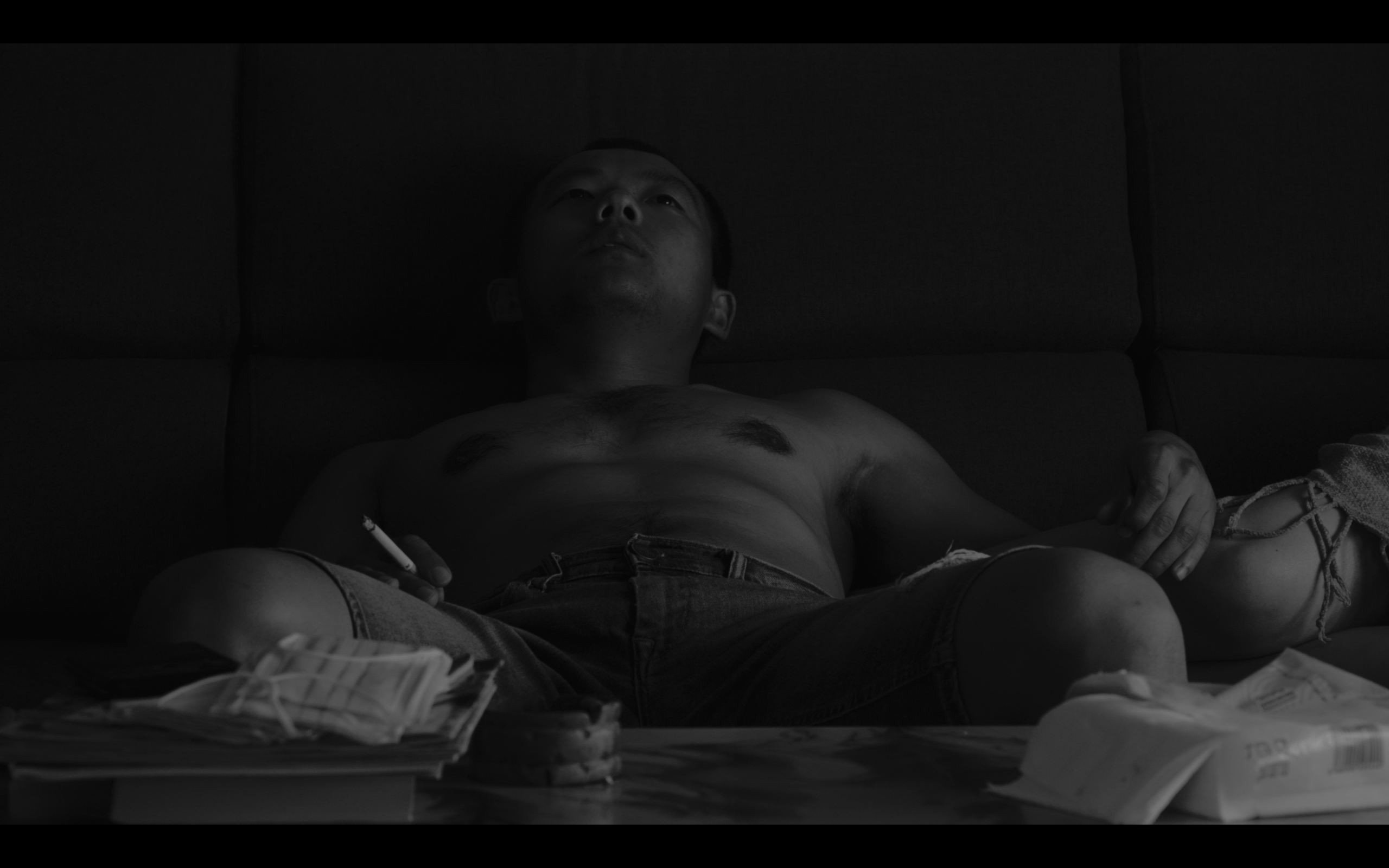
Other Gems
World Premiere
Atelier rolle, un voyage, Fabrice Aragno, Jean-Paul Battaggia
Switzerland, 2025, Color, 32’
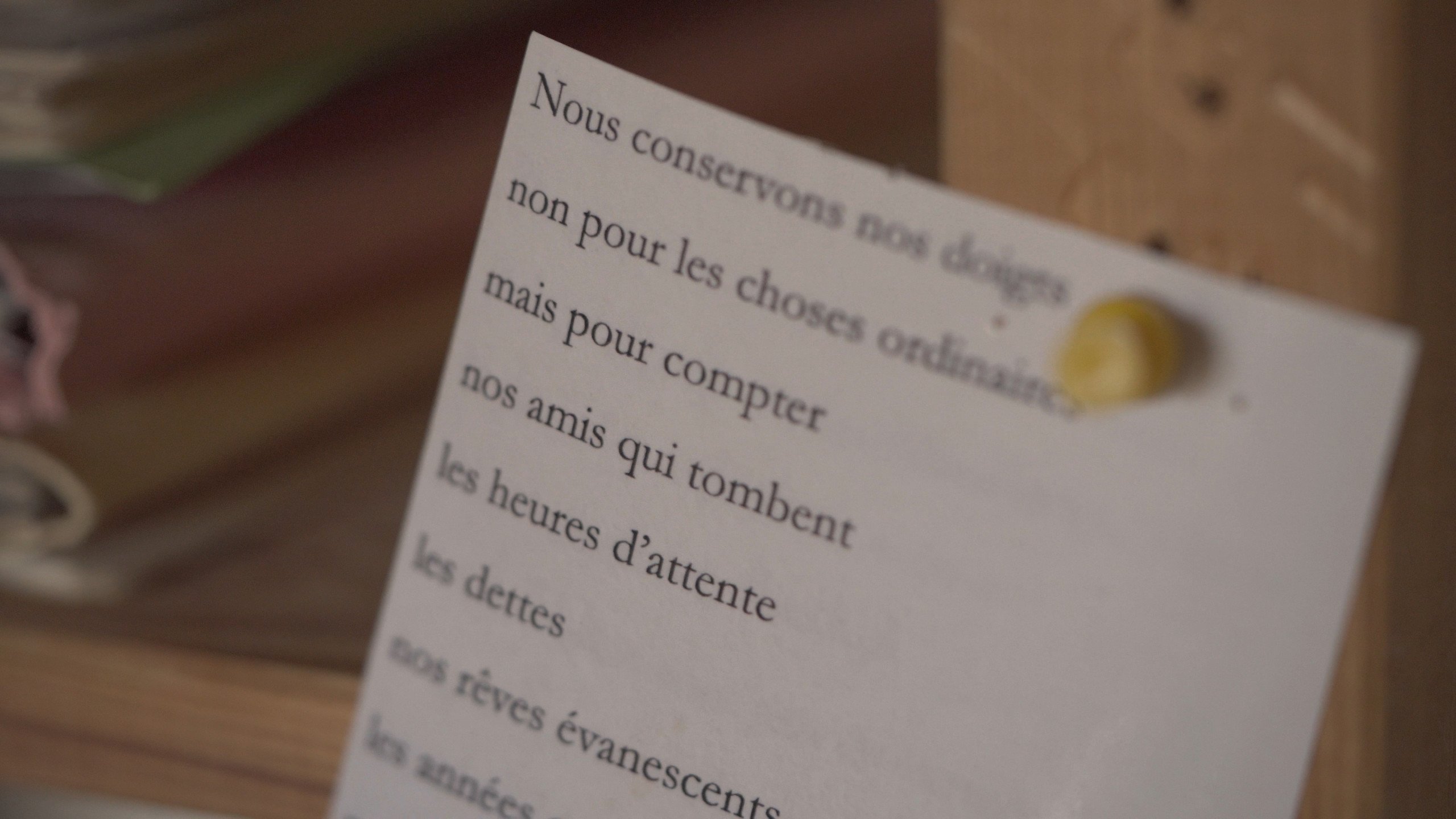
Other Gems
French Premiere
A Thousand Waves Away, Helena Wittmann
Germany, 2025, Color, 10’

Retrospective Carolina Adriazola & José Luis Sepúlveda
French Premiere
Aztlán, Carolina Adriazola
Chile, 2009, Color, 26’
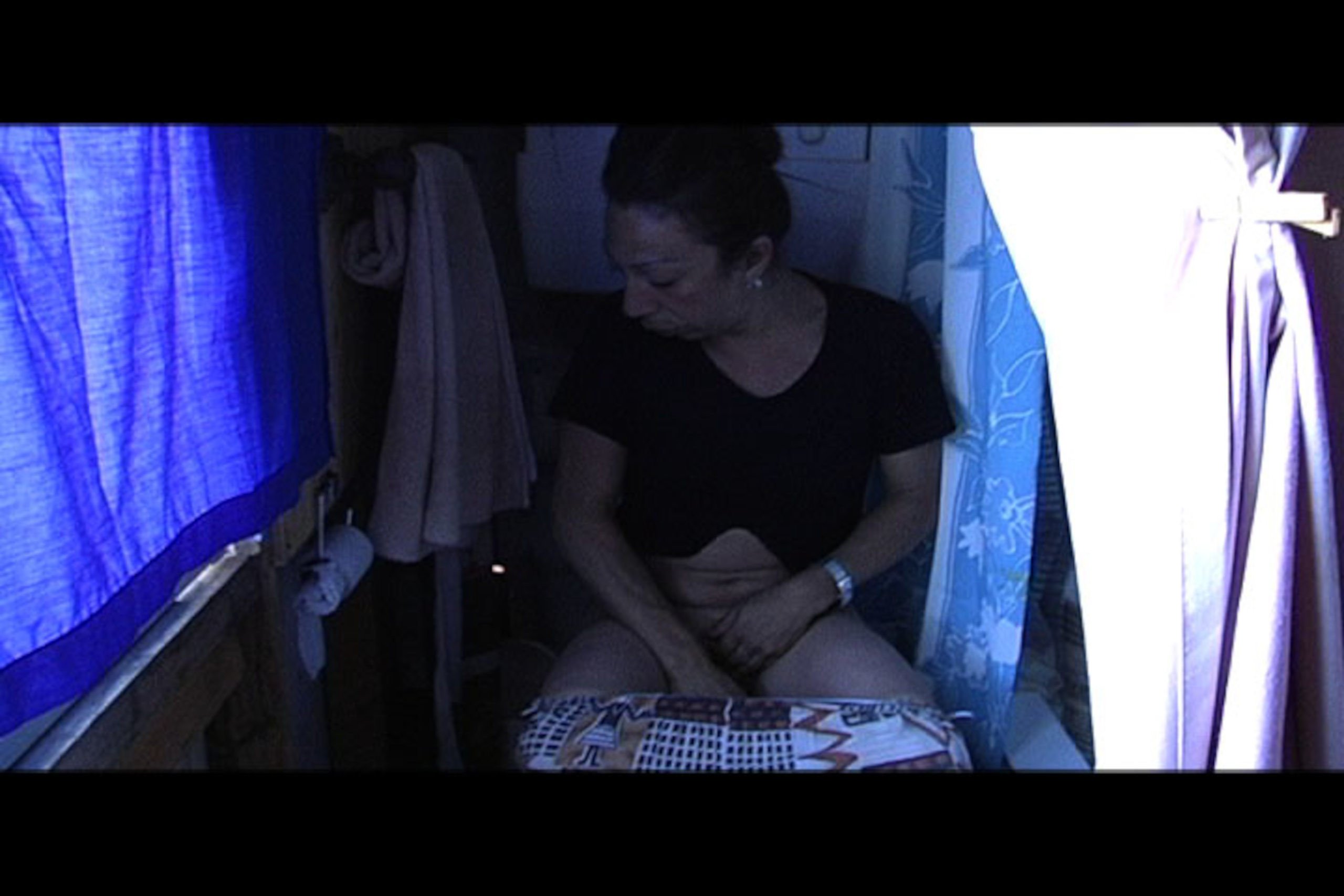
Retrospective Radu Jude
Babardeală cu bucluc sau porno balamuc, Radu Jude
Romania, Croatia, Luxembourg, Czech Republic, 2021, Color, 106’
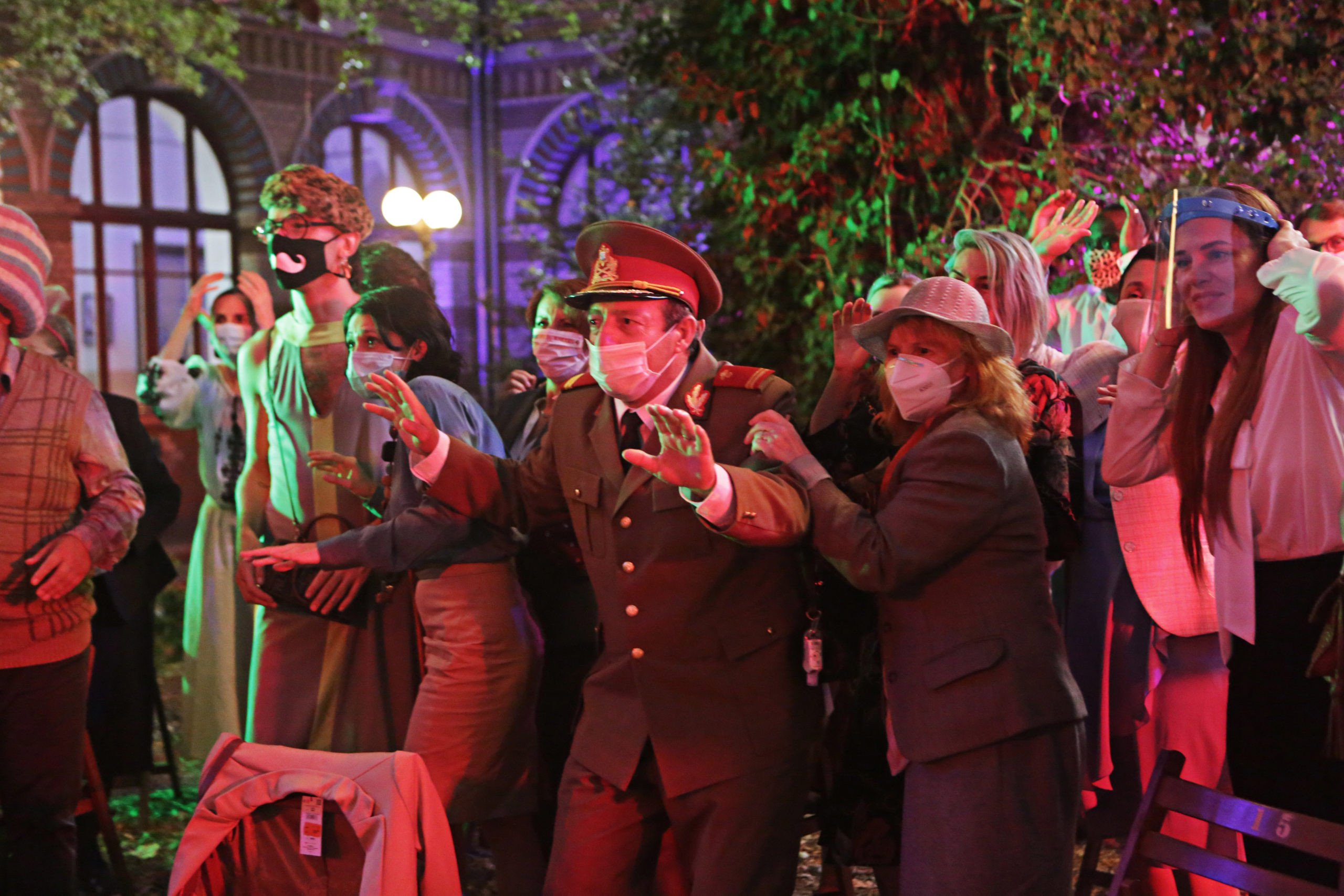
Other Gems
Badnam basti, Prem Kapoor
India, 1971, Black and white, 108’
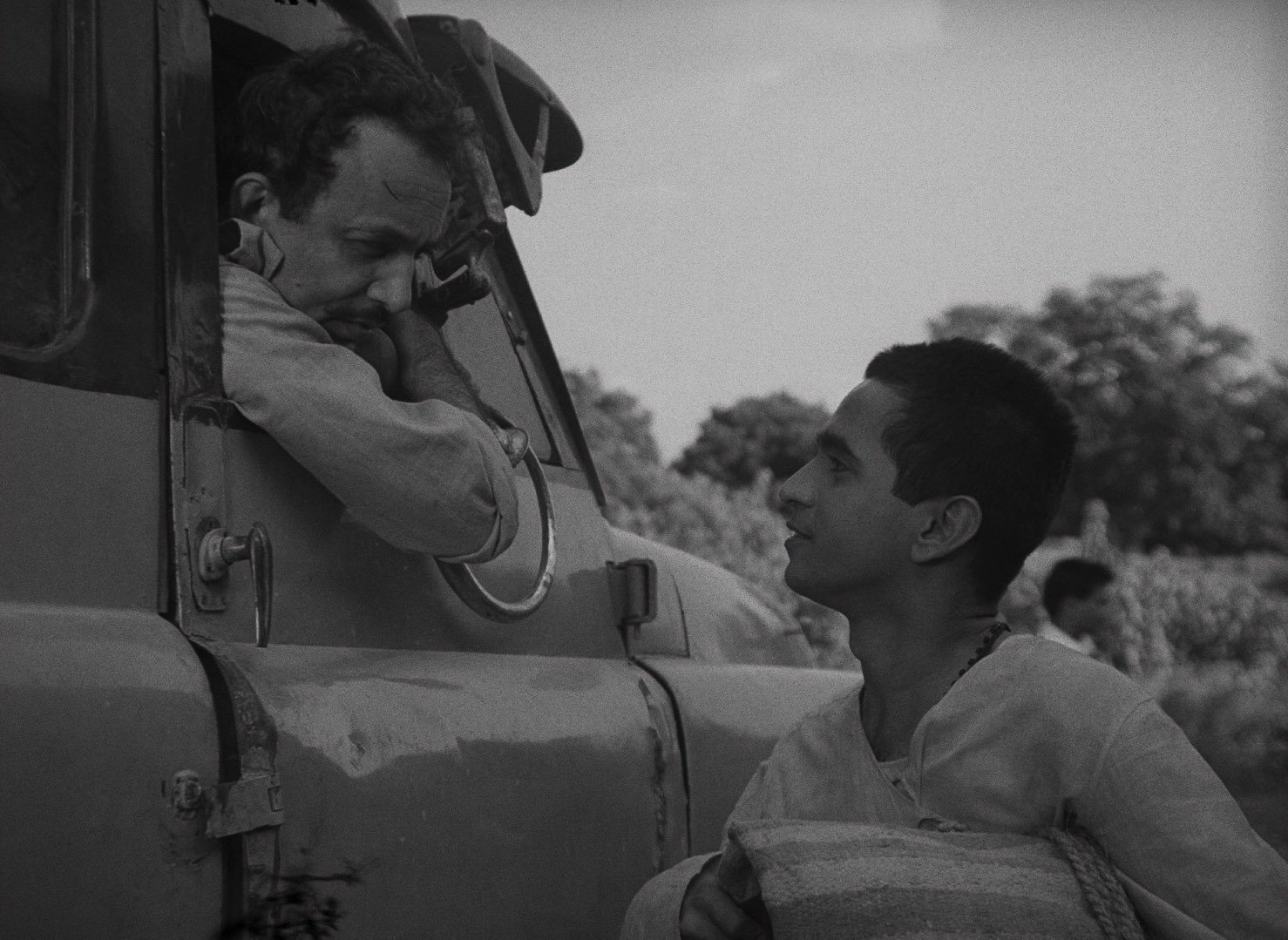
Ciné+ Competition
French Premiere
Bajo las banderas el sol, Juanjo Pereira
Paraguay, Argentina, France, United States, Germany, 2025, Color, Black and white, 91’
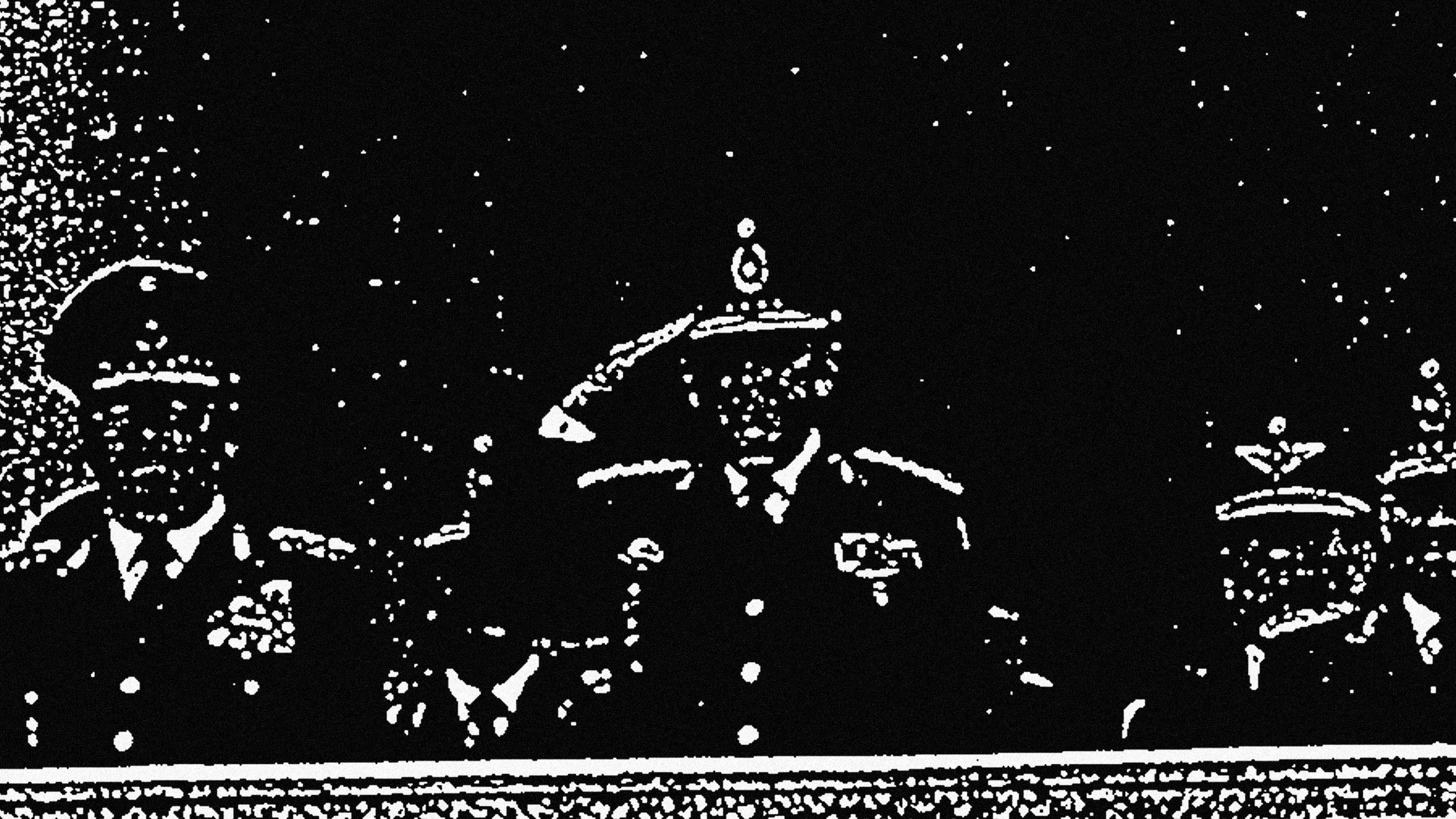
Special Screenings
Bamssi, Mourad Ben Amor
Tunisia, Belgium, 2024, Color, 26’

Flash Competition, First Time at FID Pathway
World Premiere
Bardo, Viera Čákanyová
Czech Republic, Slovakia, 2025, Color, 28’
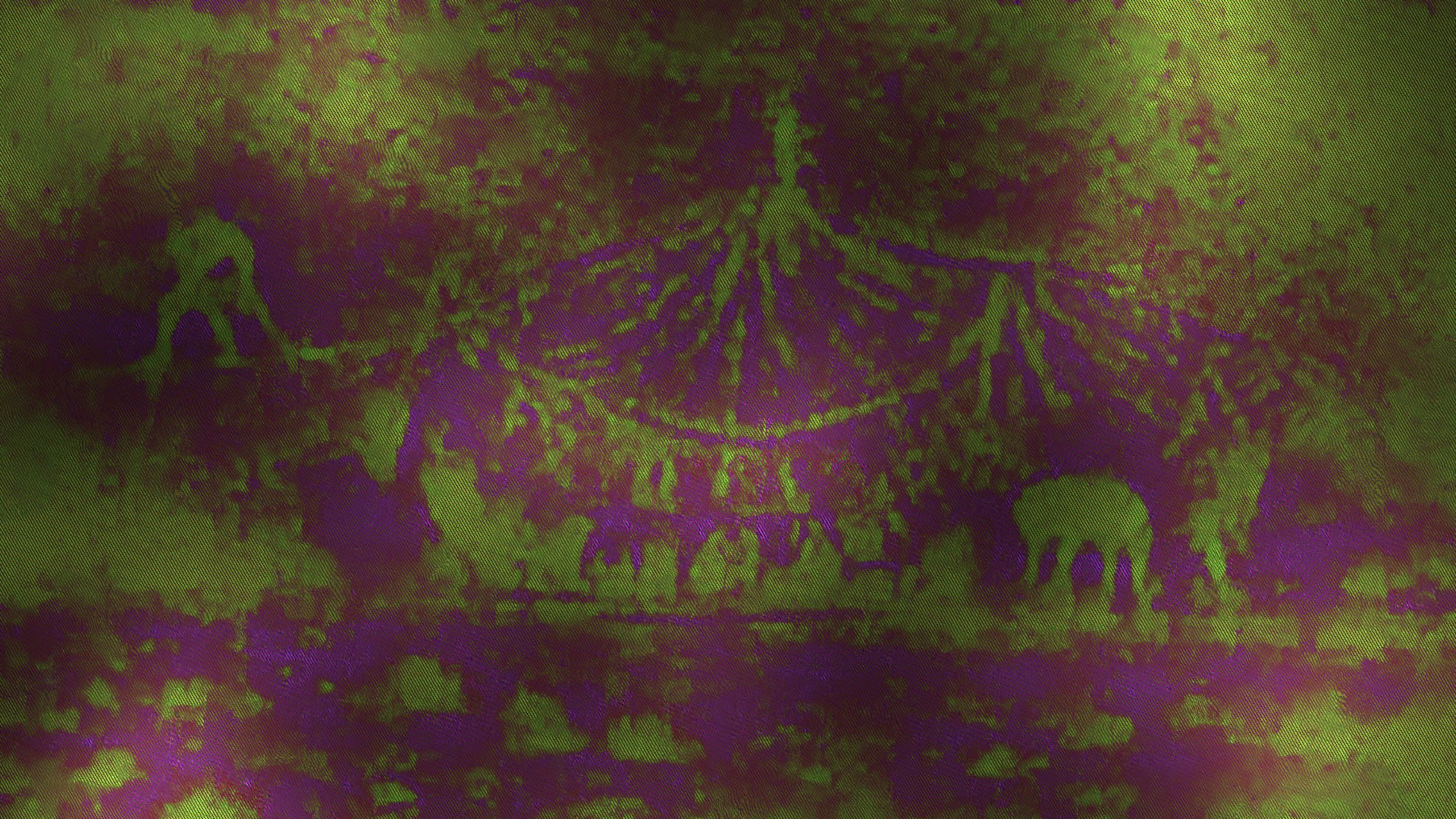
French Competition, First Time at FID Pathway
World Premiere
Bonne journée, Pauline Bastard
France, 2025, Color, 53’
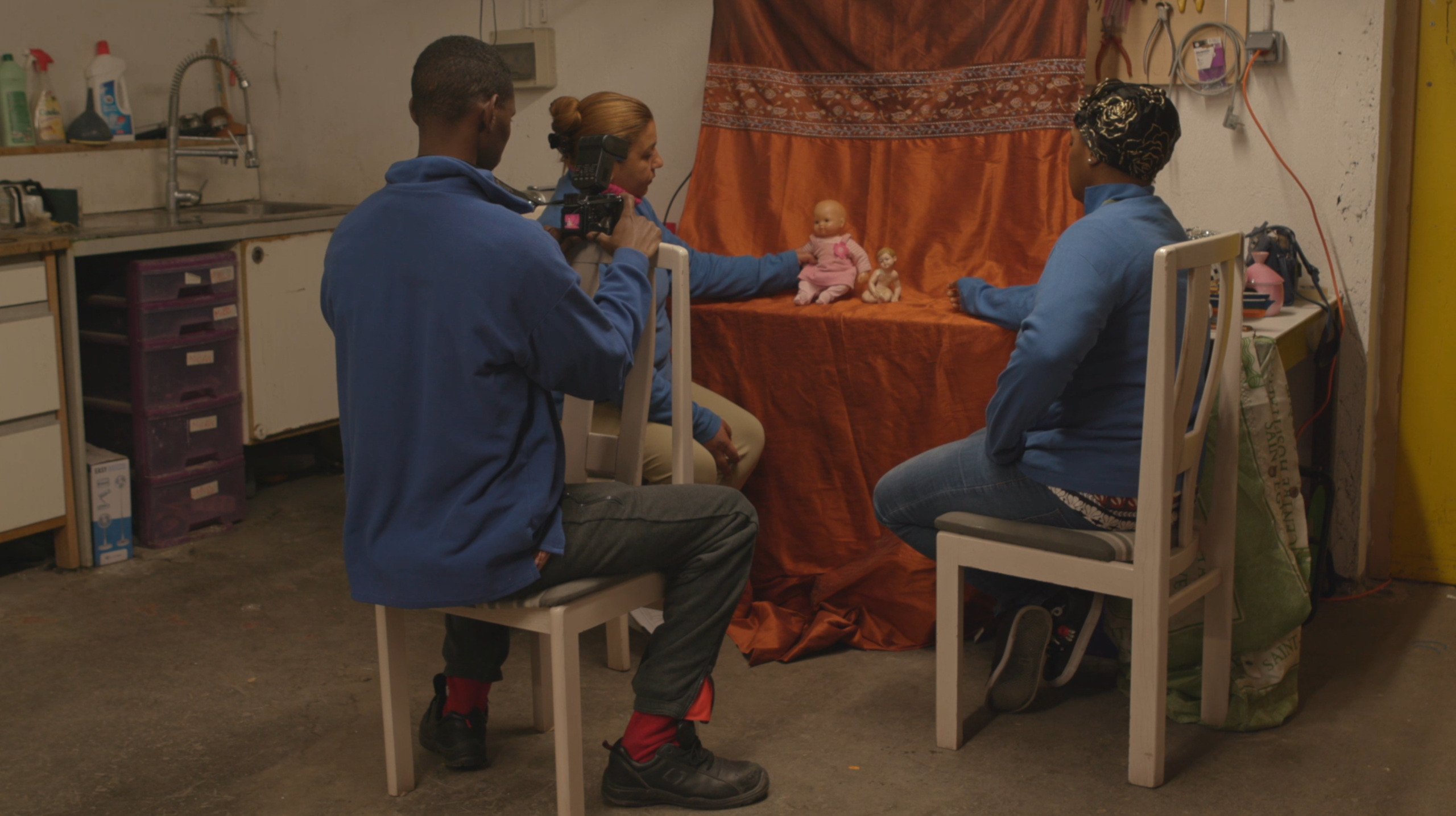
International Competition, First Film Competition
World Premiere
Bulakna, Leonor Noivo
Portugal, France, 2025, Color, 90’
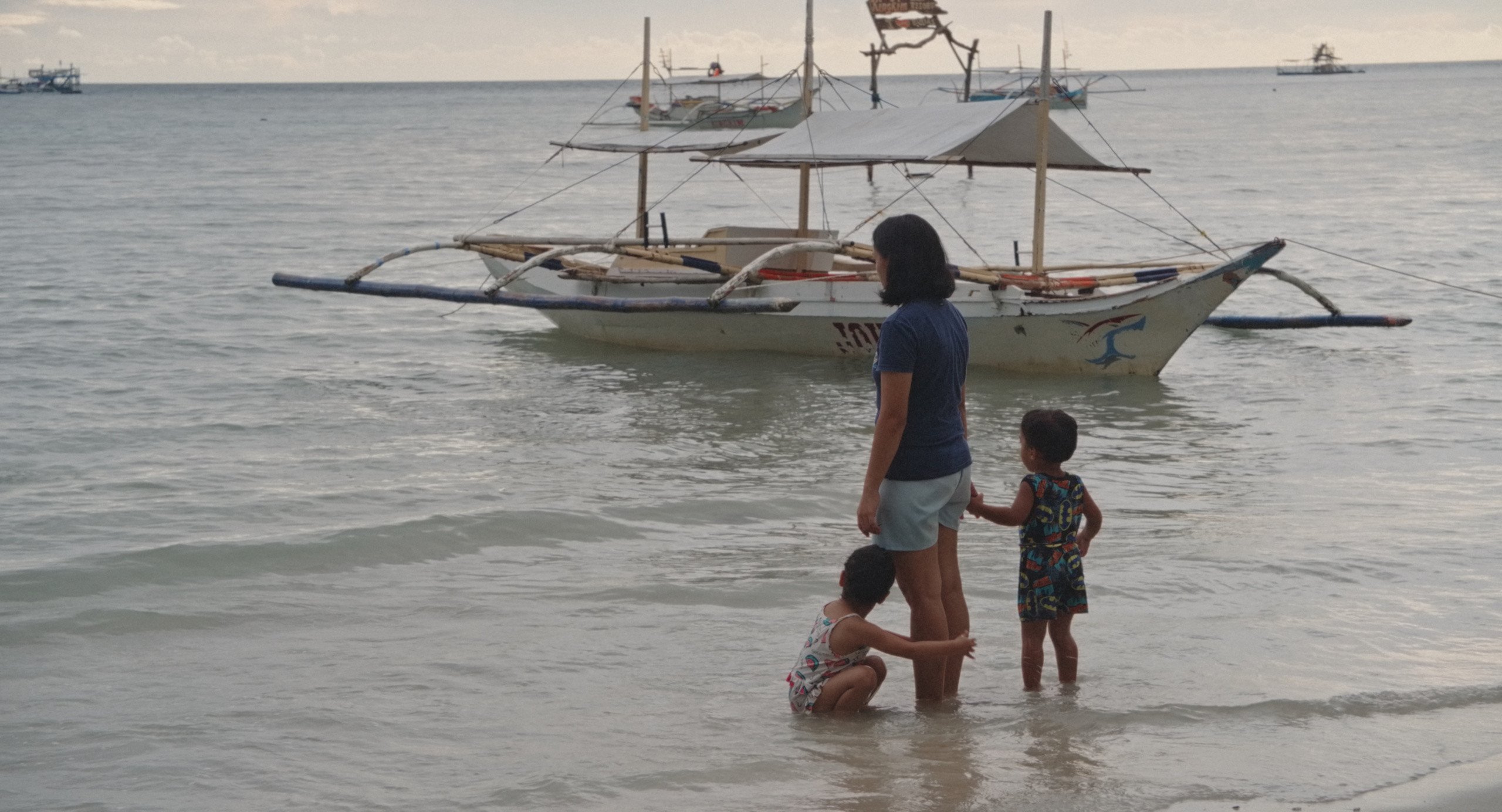
Ciné+ Competition, First Time at FID Pathway
World Premiere
Cartas a mis padres muertos, Ignacio Agüero
Chile, 2025, Color, Black and white, 106’
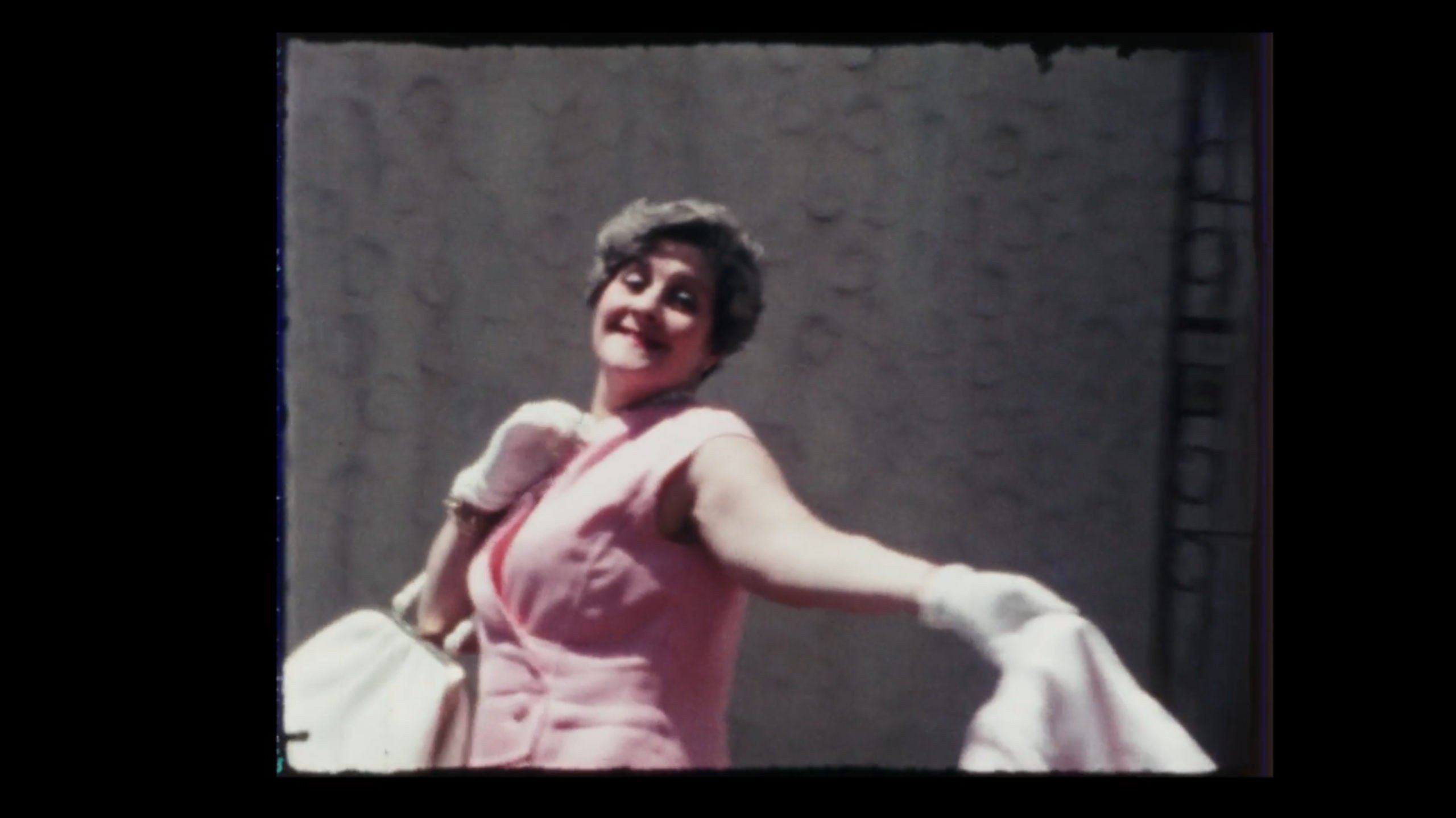
Retrospective Radu Jude
Carte blanche to Radu Jude: Sauve la vie (qui peut), Jean-Luc Godard, Michael Witt
Switzerland, Netherlands, 1981, Color, Black and white, 102’
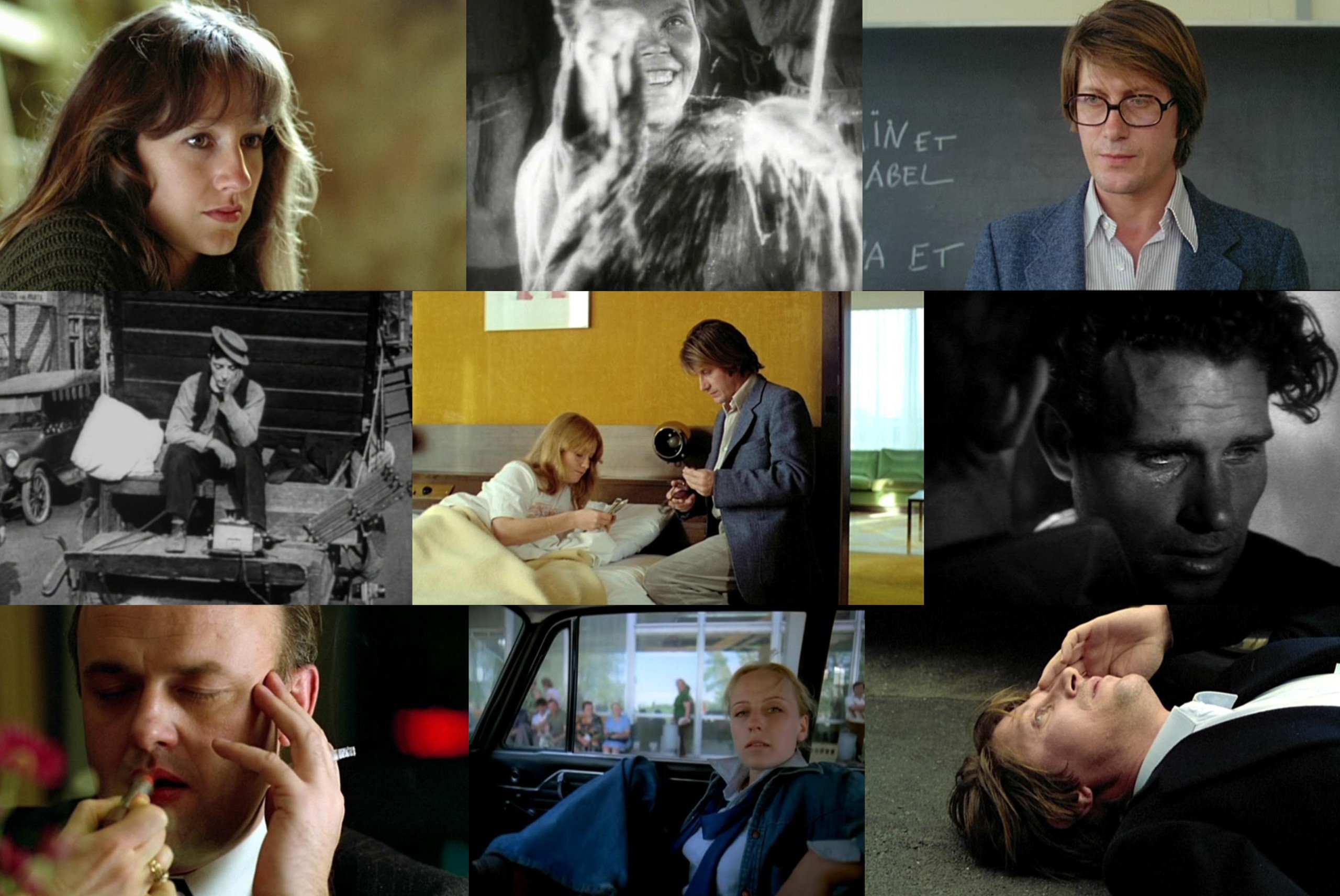
Retrospective Radu Jude
Cea mai fericită fată din lume, Radu Jude
Romania, Netherlands, France, Japan, 2009, Color, 99’

Retrospective Radu Jude
Cele două execuții ale Mareșalului, Radu Jude
Romania, 2018, Color, Black and white, 10’
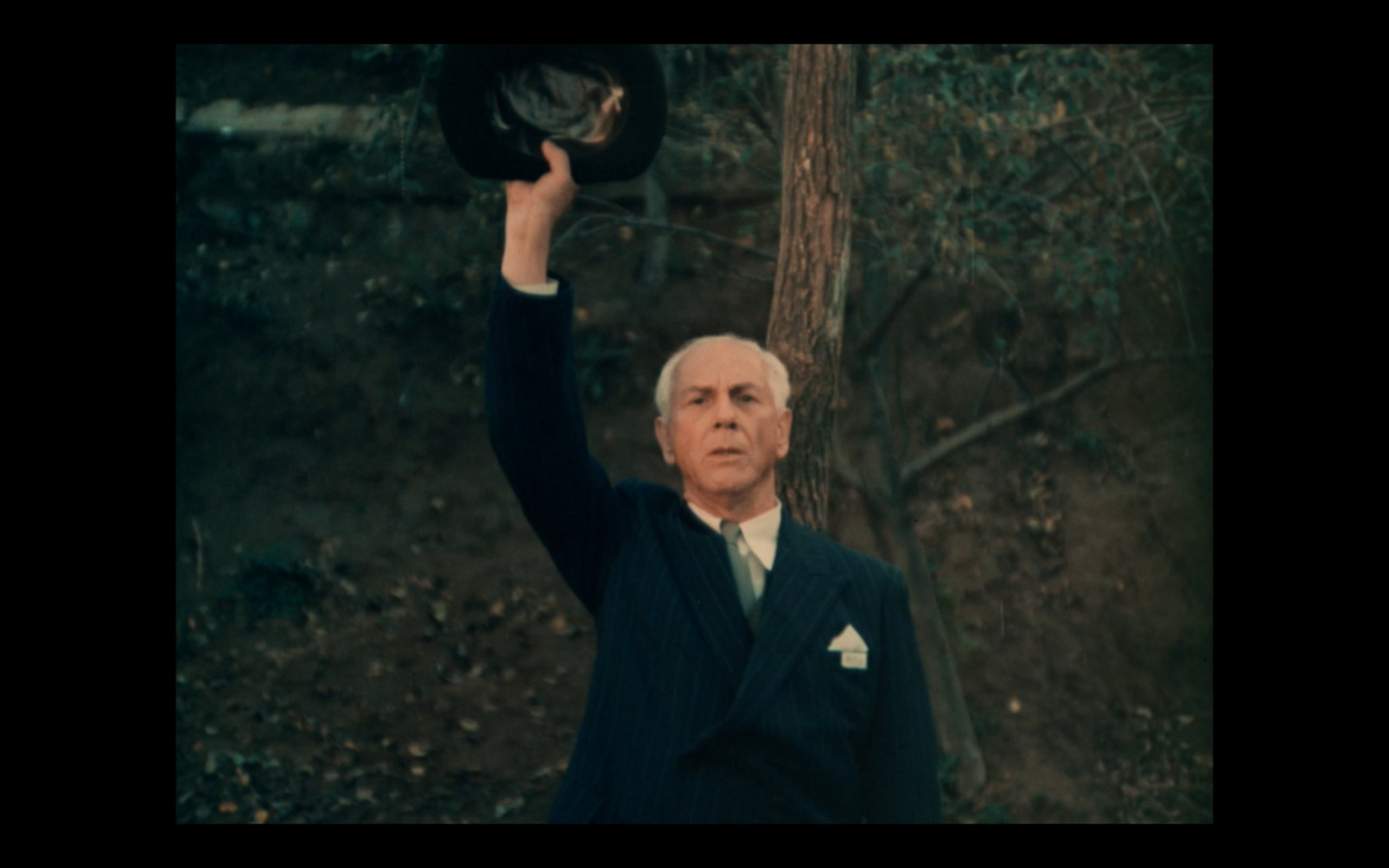
Other Gems
French Premiere
Chameleon Street, Wendell B. Harris Jr.
United States, 1989, Color, 95’

Young audience
French Premiere
Championsheep, Jakub Dolny
Poland, 2023, Black and white, 2’
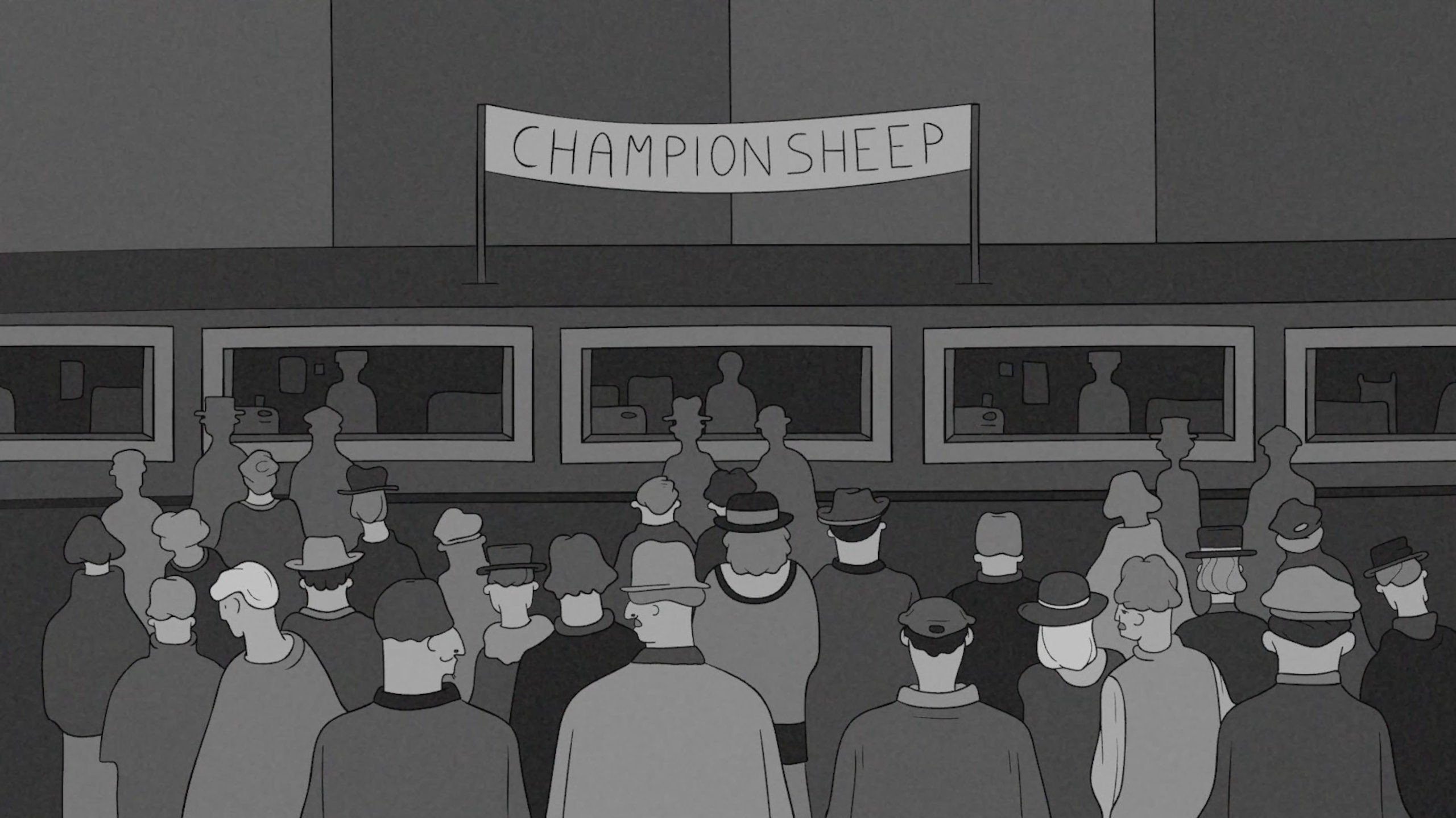
International Competition, Ciné+ Competition, First Time at FID Pathway
World Premiere
Cobre, Nicolás Pereda
Mexico, Canada, 2025, Color, 79’
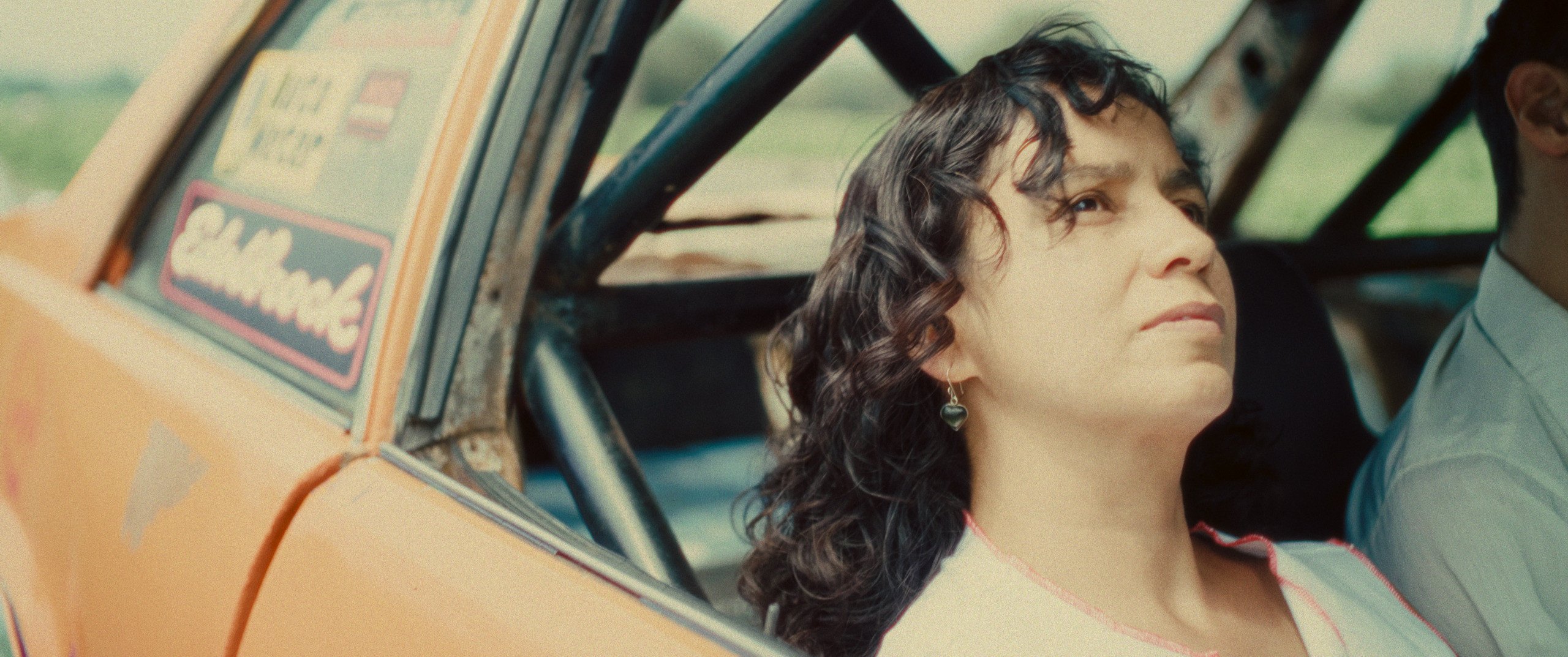
Éditions
One, Two, Many
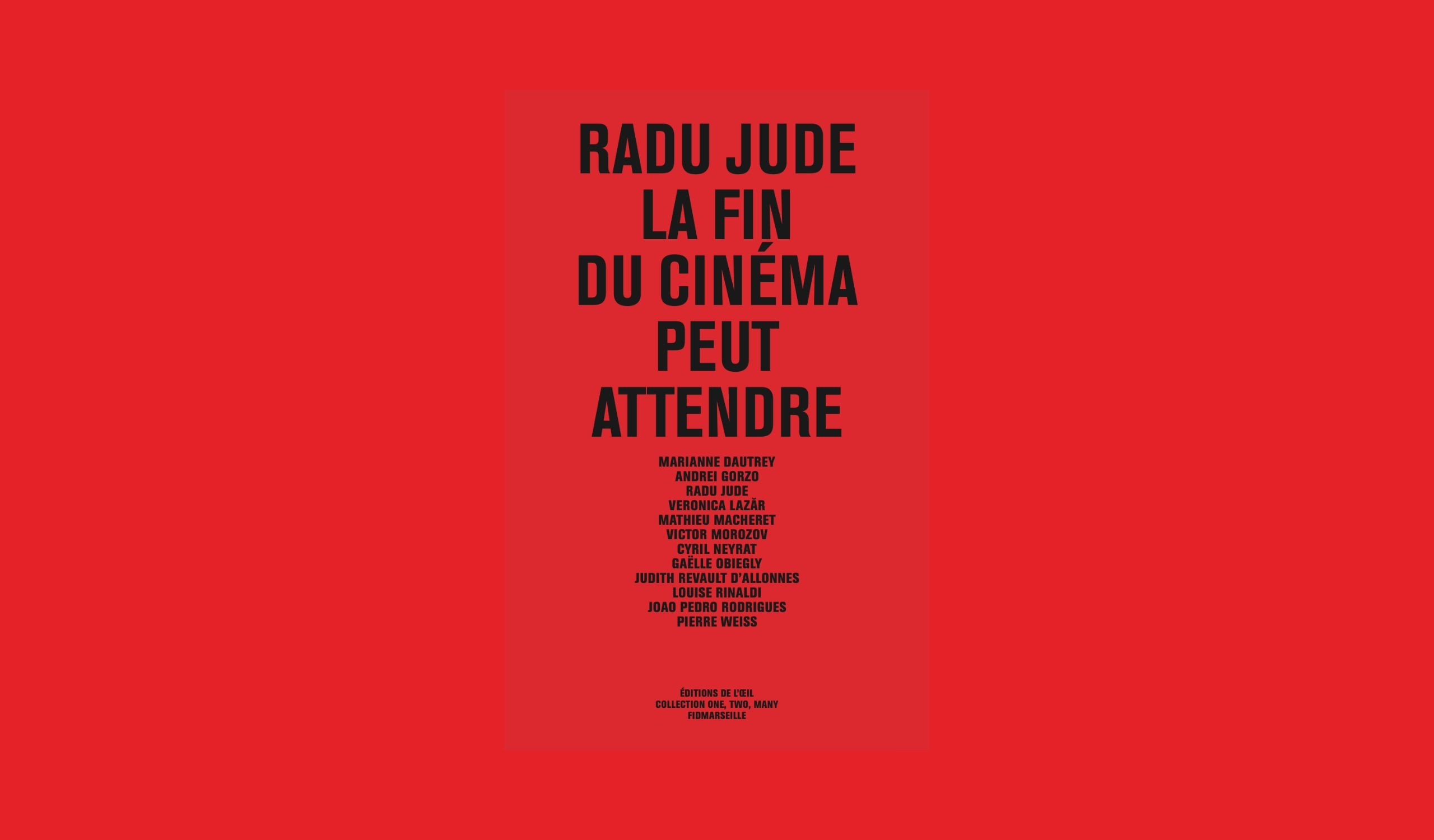
Other Gems, Youth pathway from age 14
World Premiere
Complô, João Miller Guerra
Portugal, 2025, Color, 78’

International Competition, First Film Competition
World Premiere
Conference of the Birds, Amin Motallebzadeh
Germany, 2025, Color, 79’
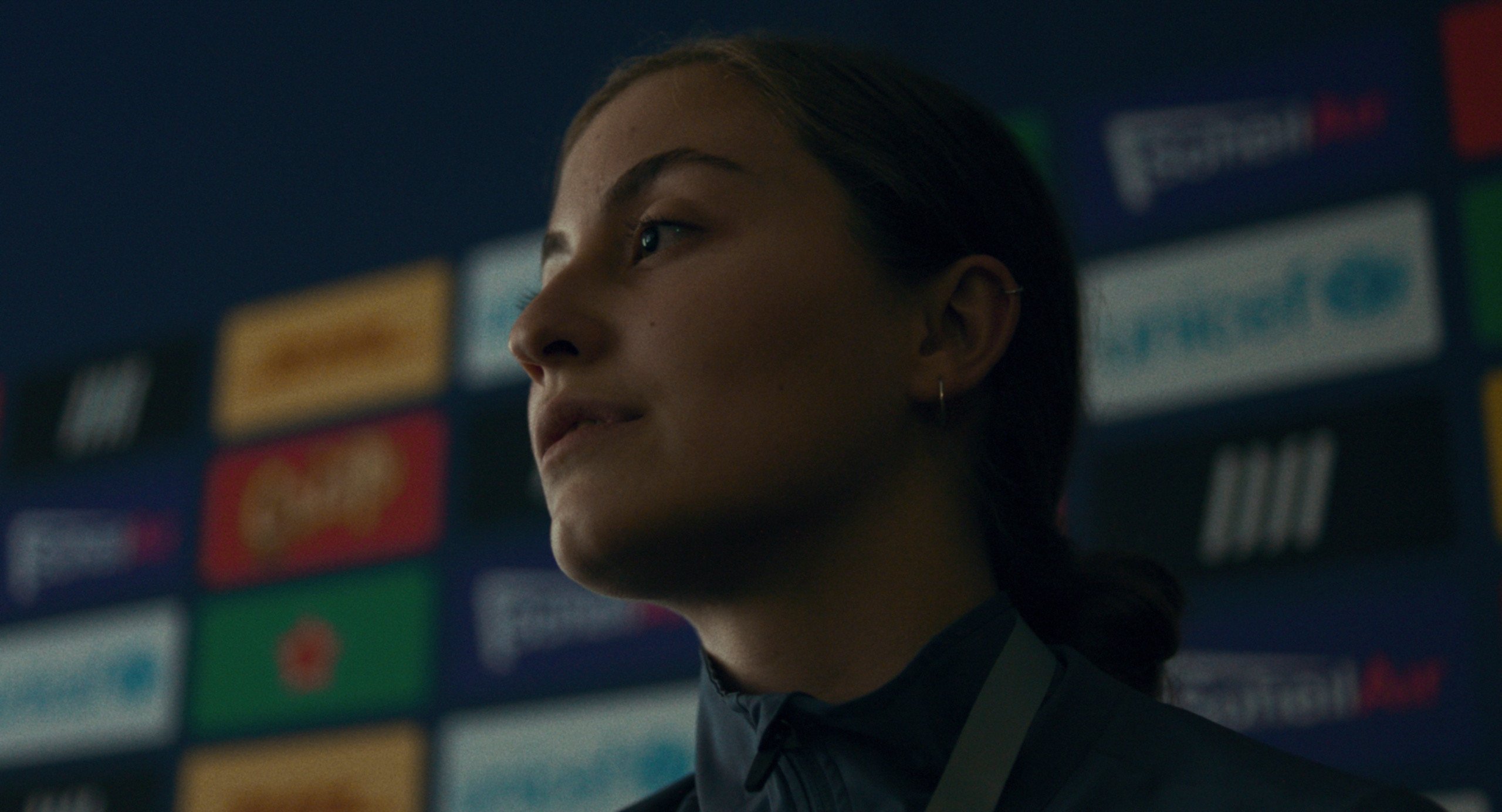
Flash Competition
World Premiere
Control Anatomy, Mahmoud Alhaj
Palestine, 2024, Color, Black and white, 17’
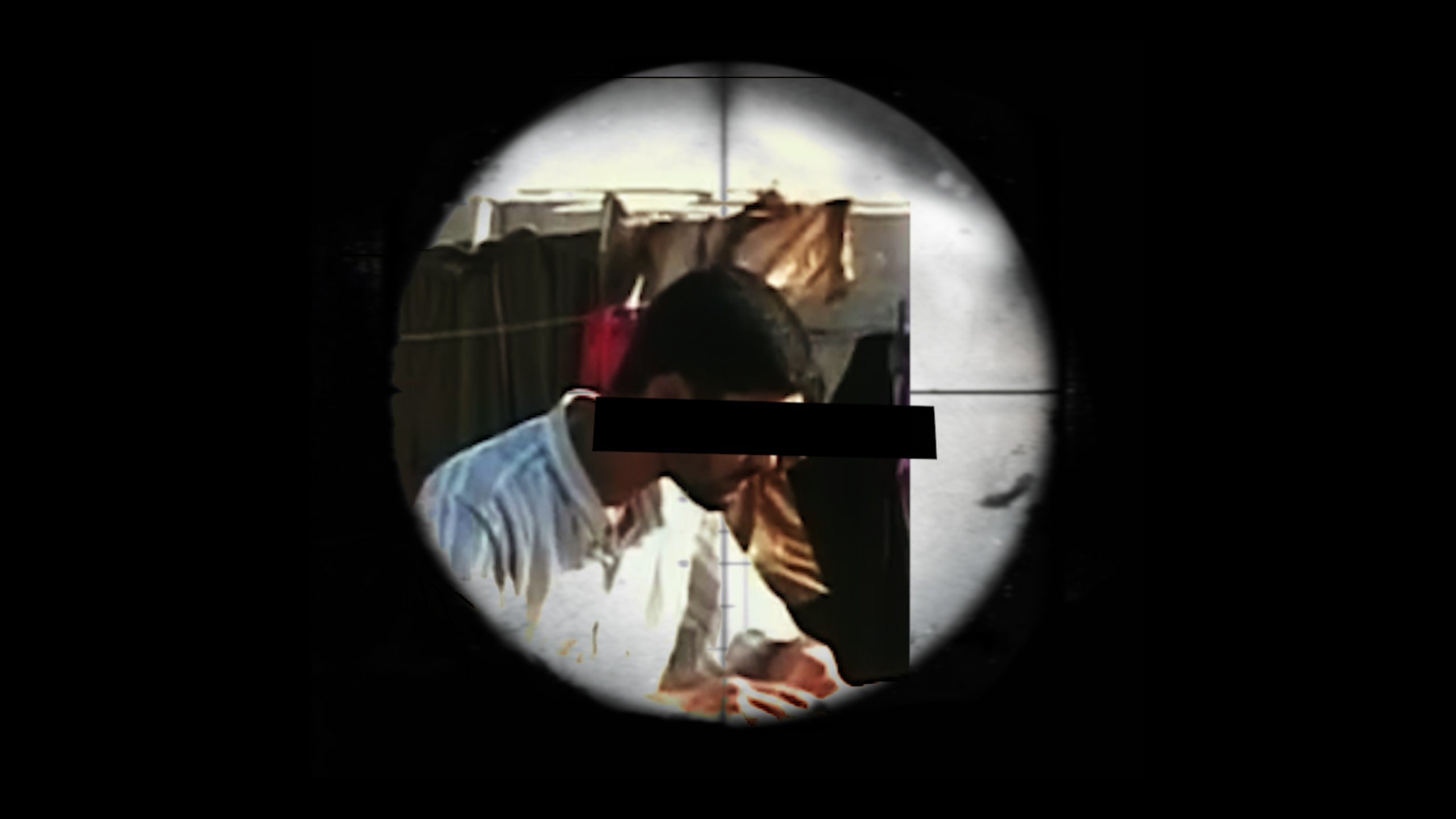
Retrospective Carolina Adriazola & José Luis Sepúlveda
Crónica de un comité, José Luis Sepúlveda, Carolina Adriazola
Chile, 2014, Color, 97’
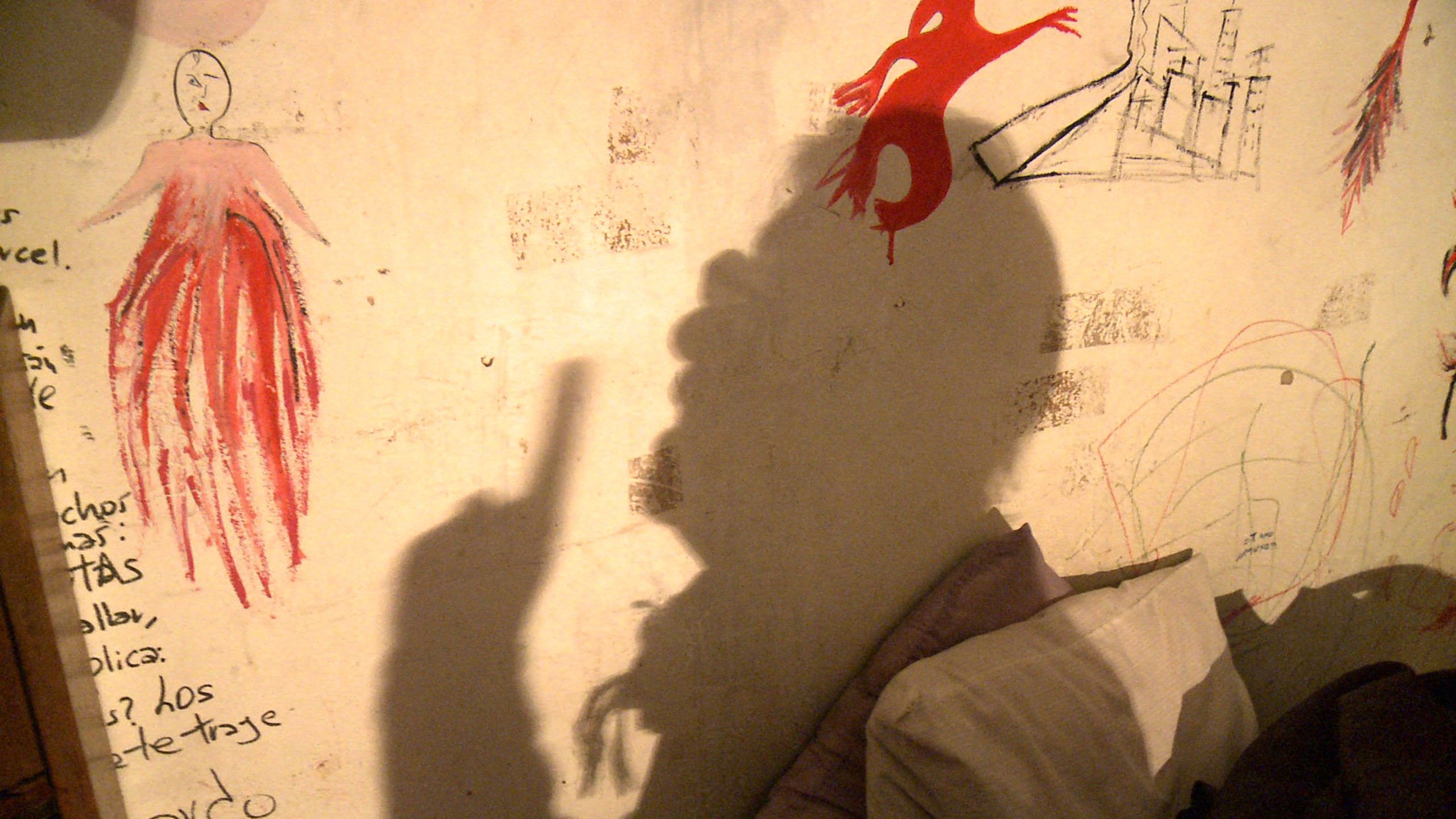
Ciné+ Competition, Retrospective Carolina Adriazola & José Luis Sepúlveda
French Premiere
Cuadro negro, José Luis Sepúlveda, Carolina Adriazola
Chile, 2025, Color, 126’
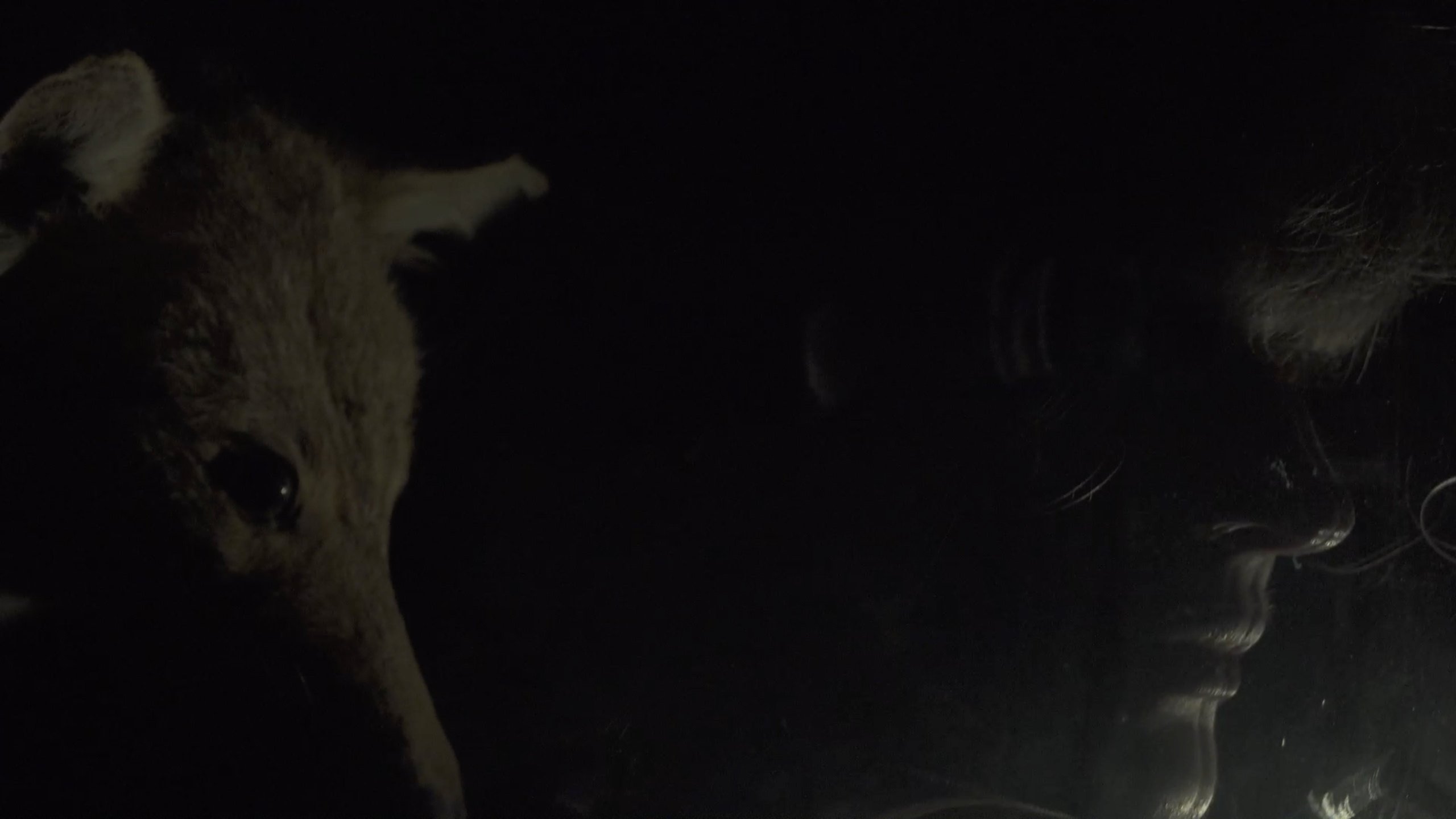
Special Screenings
French Premiere
Czy ty mnie słyszysz?, Anastazja Naumenko
Poland, 2025, Color, 15’

First Film Competition
World Premiere
Усi дороги приводять до тебе, Jenya Milyukos
Ukraine, Portugal, 2024, 77’
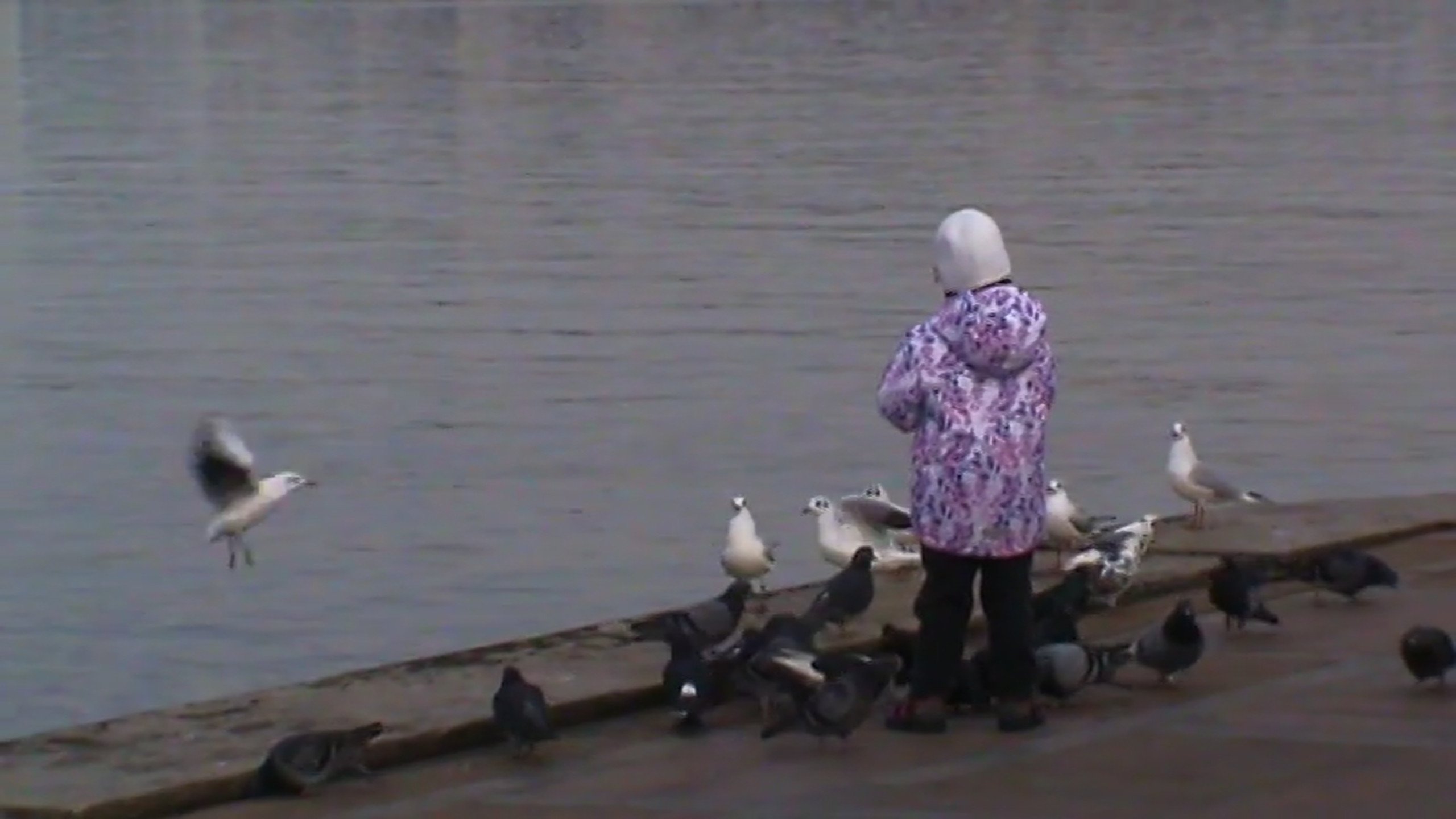
French Competition, Ciné+ Competition
World Premiere
Des millénaires d’absence, Philippe Rouy
France, 2025, Color, Black and white, 117’
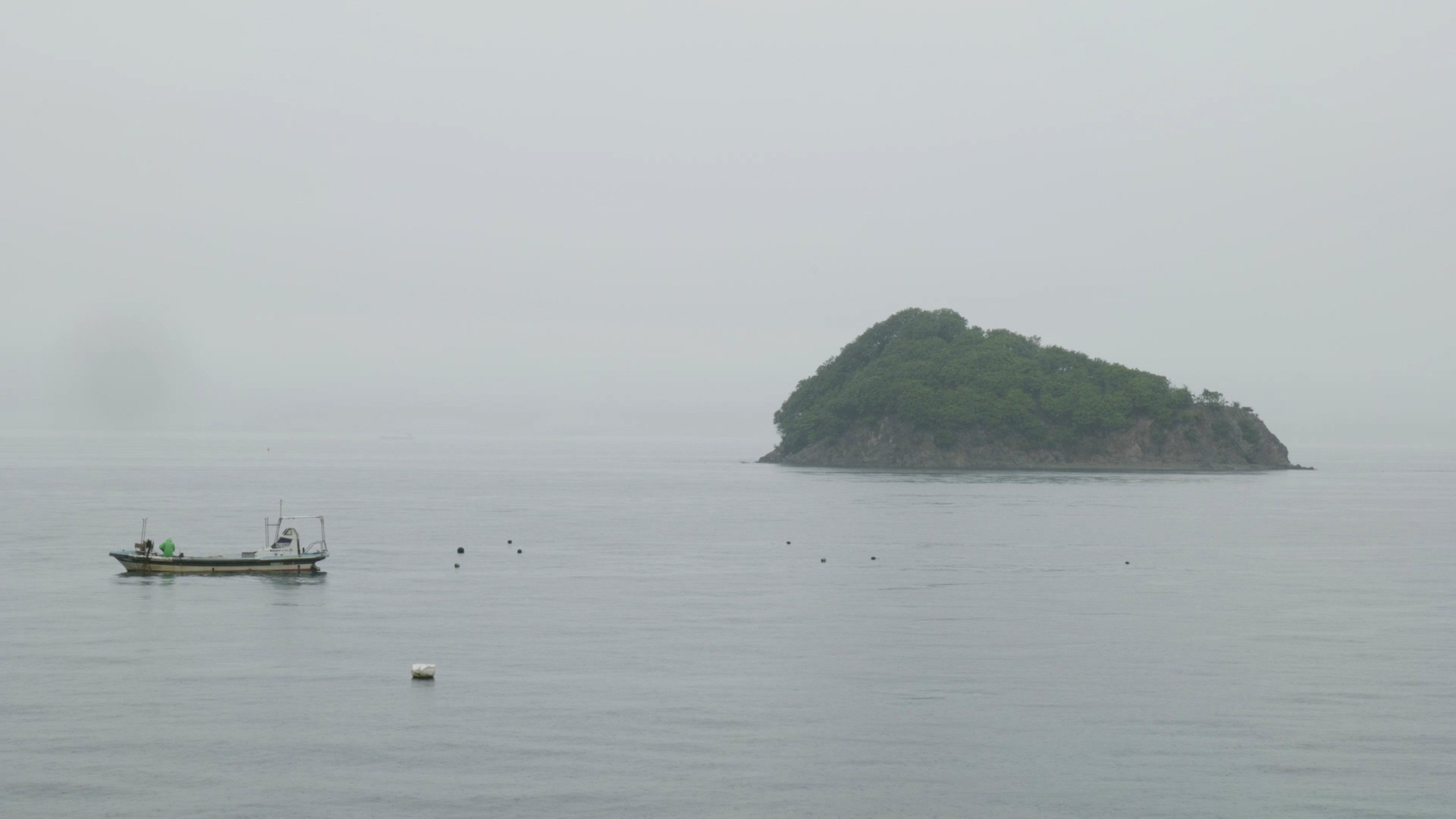
Other Gems
World Premiere
Don’t Take It Personally, Jelena Jureša
Belgium, Croatia, 2025, Color, 60’
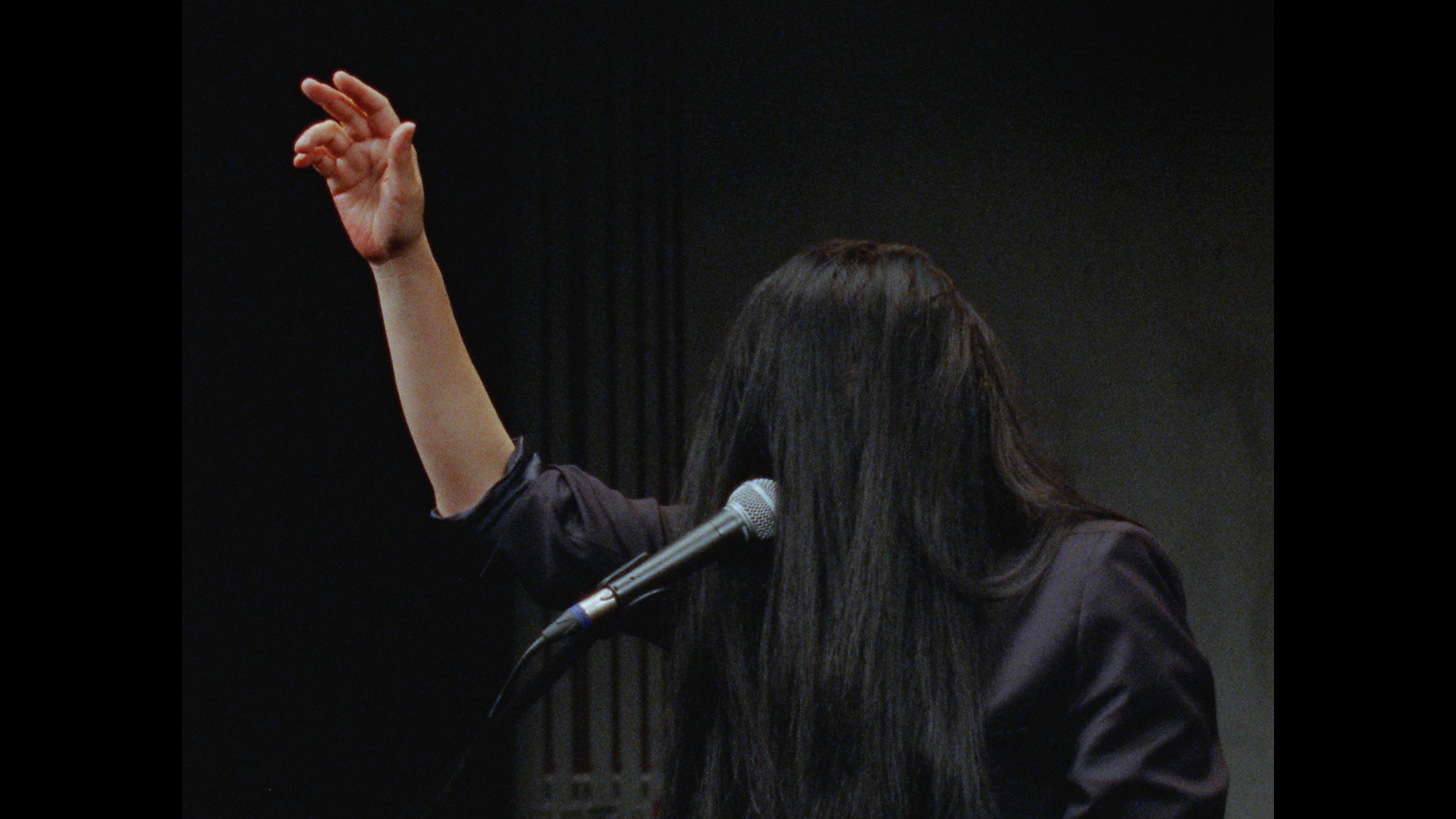
Retrospective Radu Jude, In the Region
Țara moartă, Radu Jude
Romania, 2017, Black and white, 83’
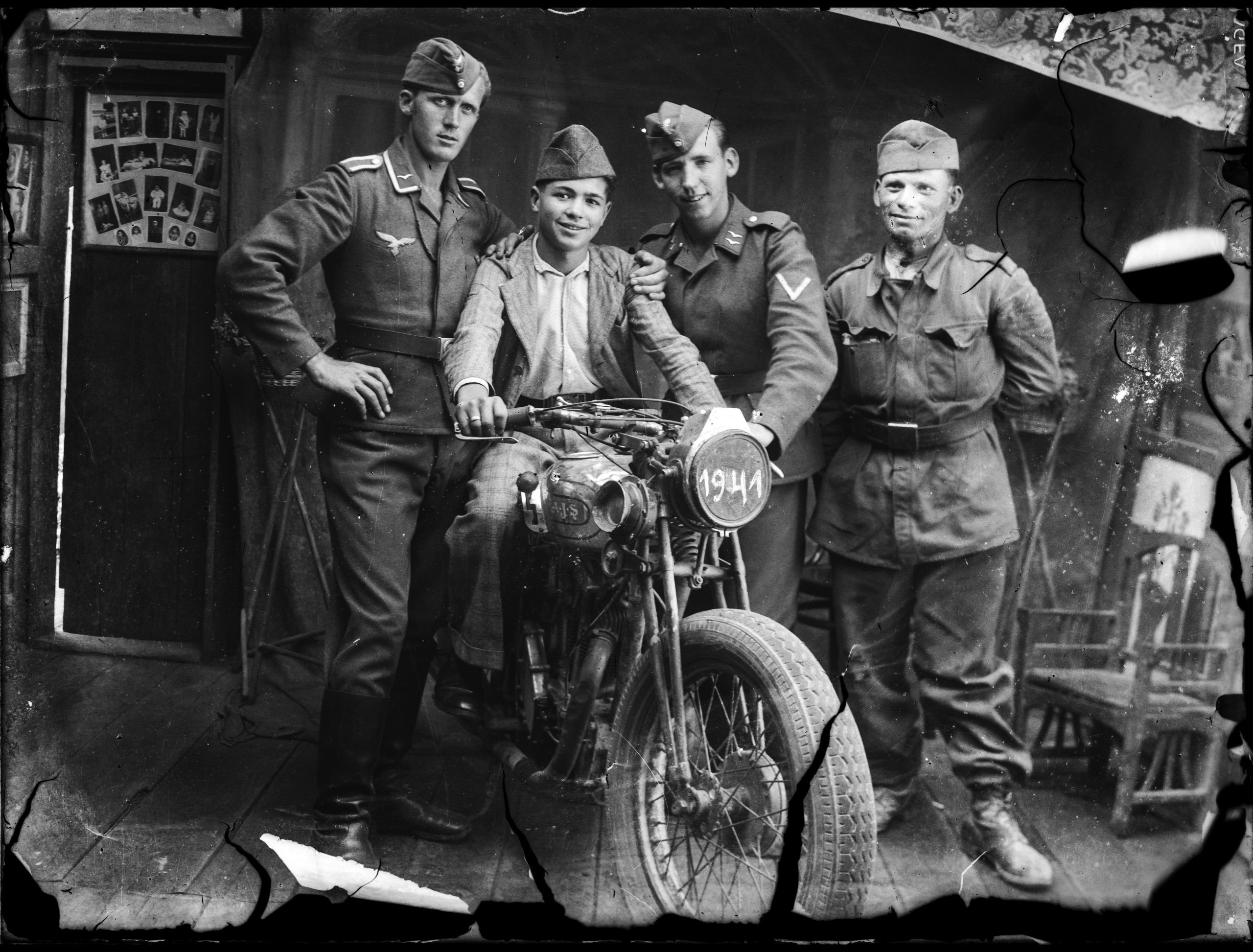
Retrospective Carolina Adriazola & José Luis Sepúlveda
French Premiere
El destapador, José Luis Sepúlveda, Carolina Adriazola
Chile, 2013, Color, 20’
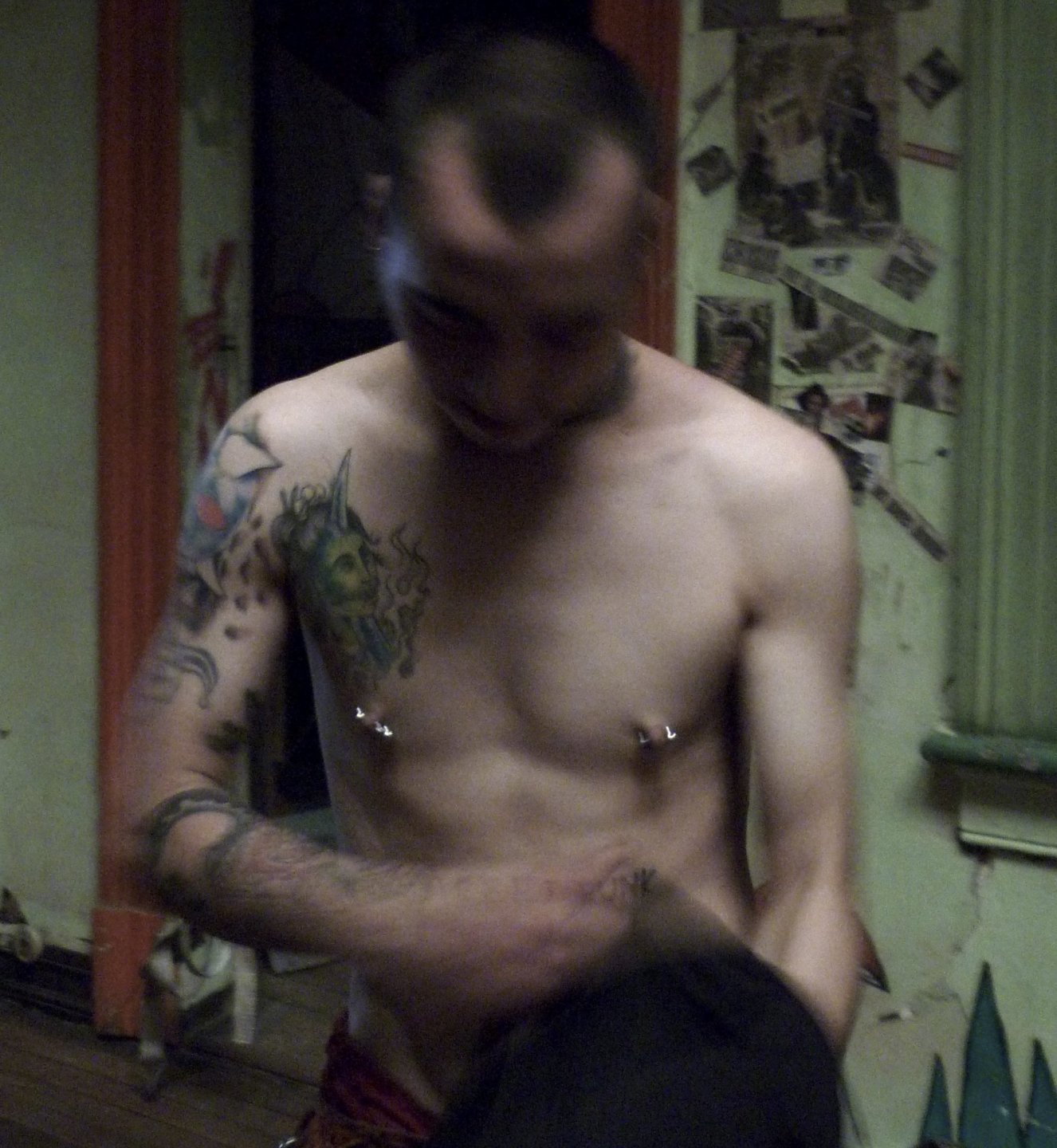
Retrospective Carolina Adriazola & José Luis Sepúlveda
El Pejesapo, José Luis Sepúlveda
Chile, 2007, Color, 97’

Special Screenings
El Viaje perdido, Juan Francisco González
Chile, Switzerland, 2026, Color, 63’
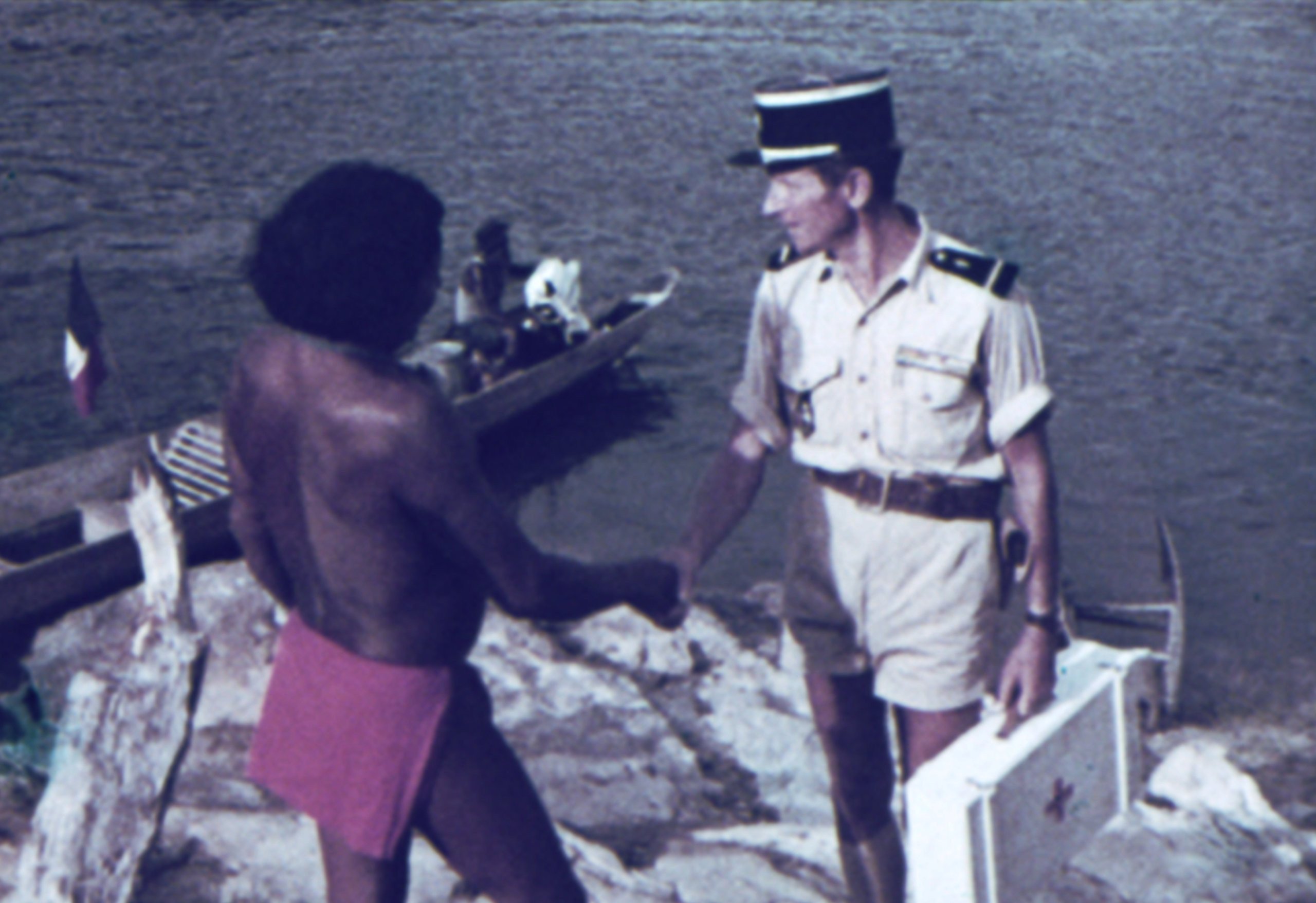
International Competition
World Premiere
End Pull, Andrius Arutiunian
France, Netherlands, Armenia, Ukraine, 2024, Color, 53’

En tête-à-tête
En tête-à-tête
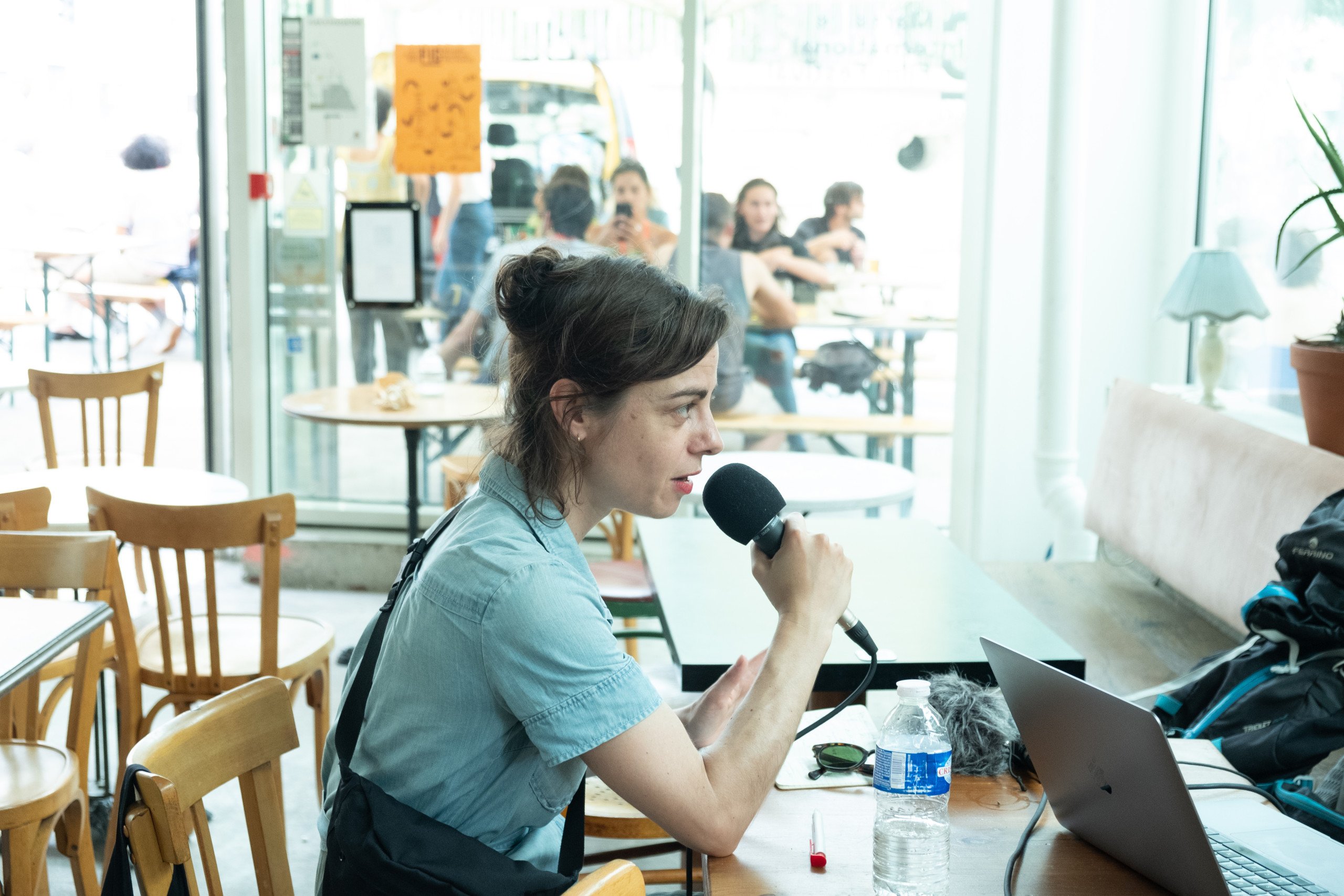
International Competition
World Premiere
Esa otra selva blanca, Teresa Arredondo
Chile, 2025, Color, Black and white, 65’

First Film Competition, First Time at FID Pathway
World Premiere
Estados generales, Mauricio Freyre
Peru, Spain, 2025, Color, 76’
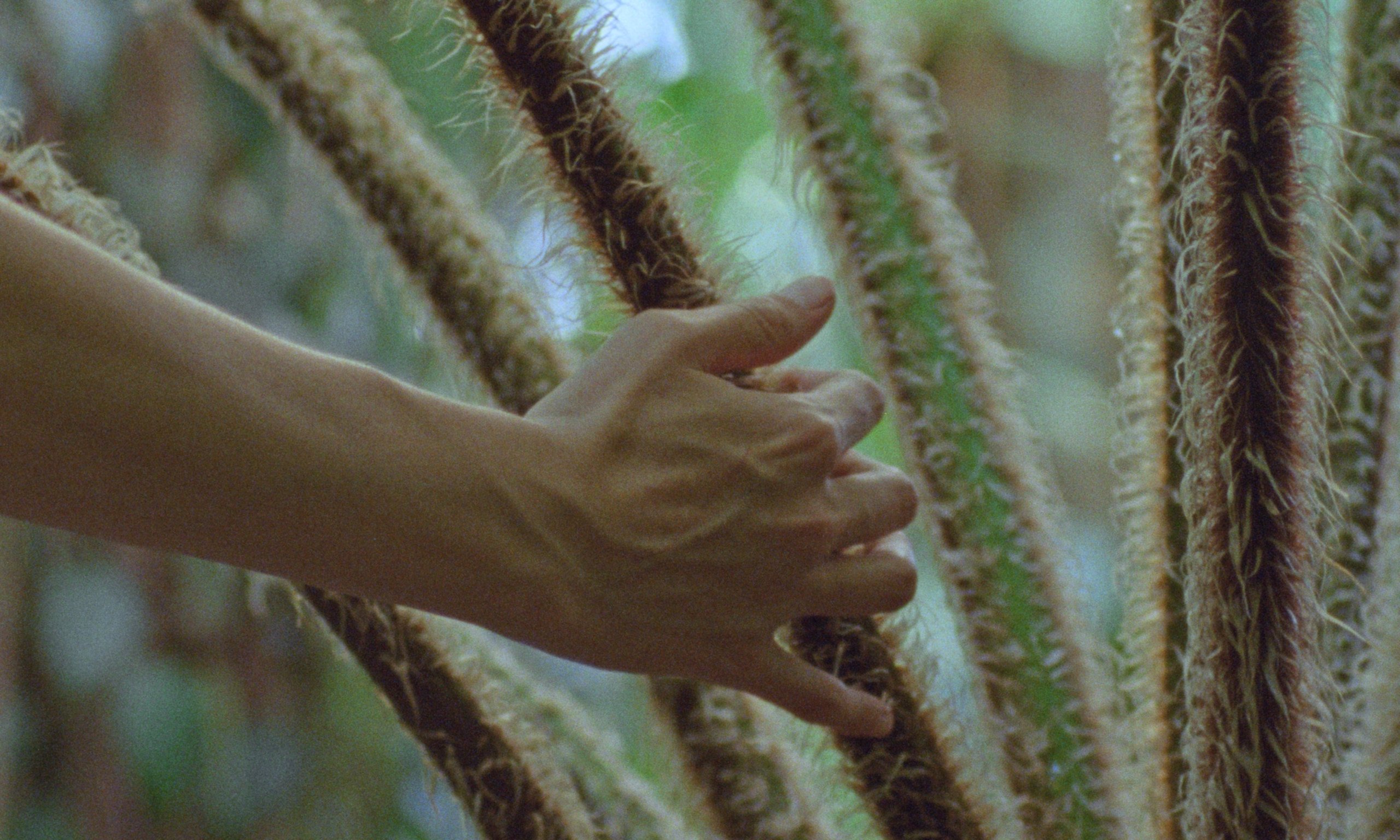
French Competition, First Film Competition, Youth pathway from age 14
World Premiere
Fantaisie, Isabel Pagliai
France, 2025, Color, 79’
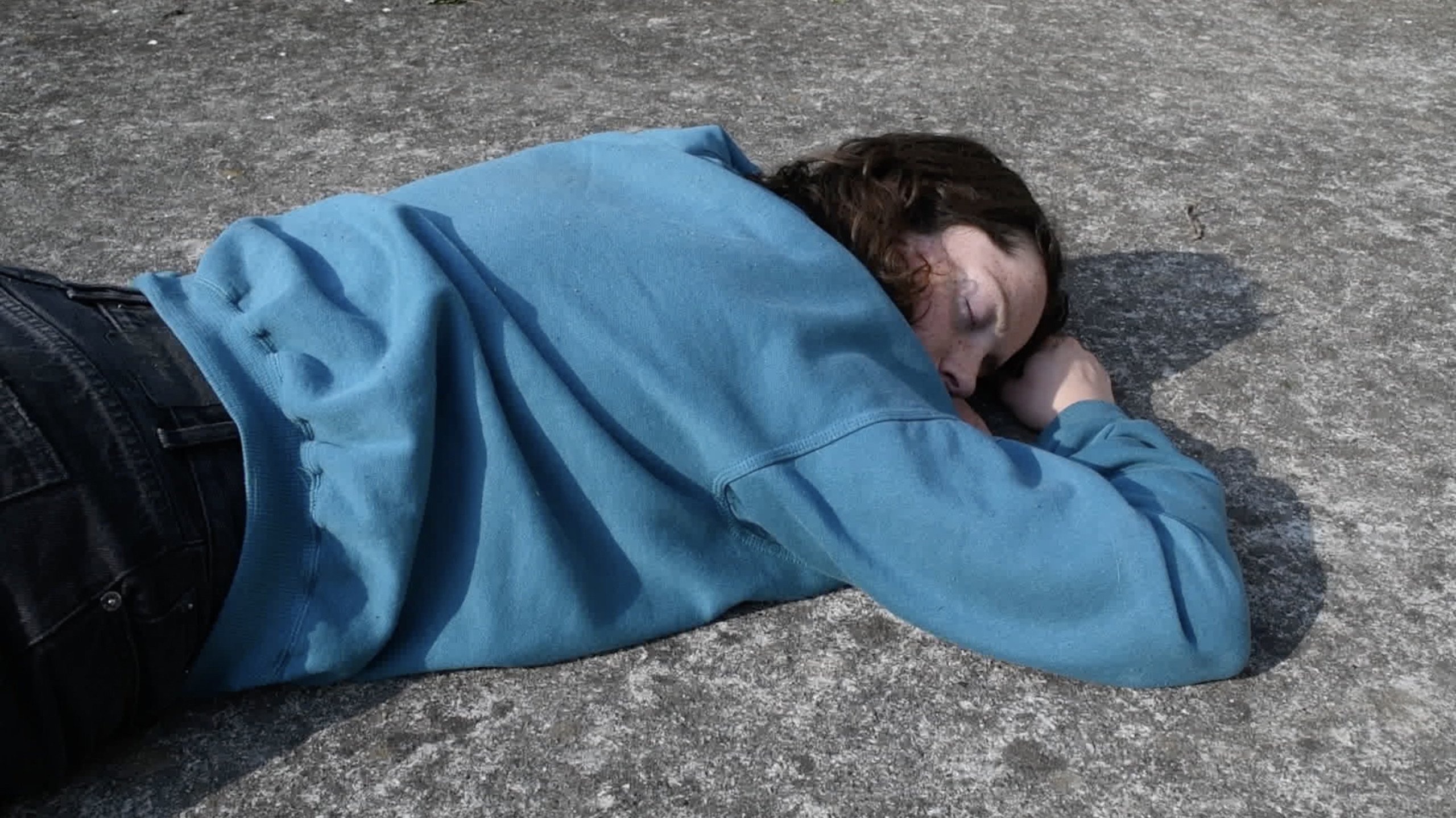
First Film Competition, Youth pathway from age 14
World Premiere
Fernlicht, Johanna Schorn Kalinsky
Germany, Austria, Argentina, 2025, Color, 79’
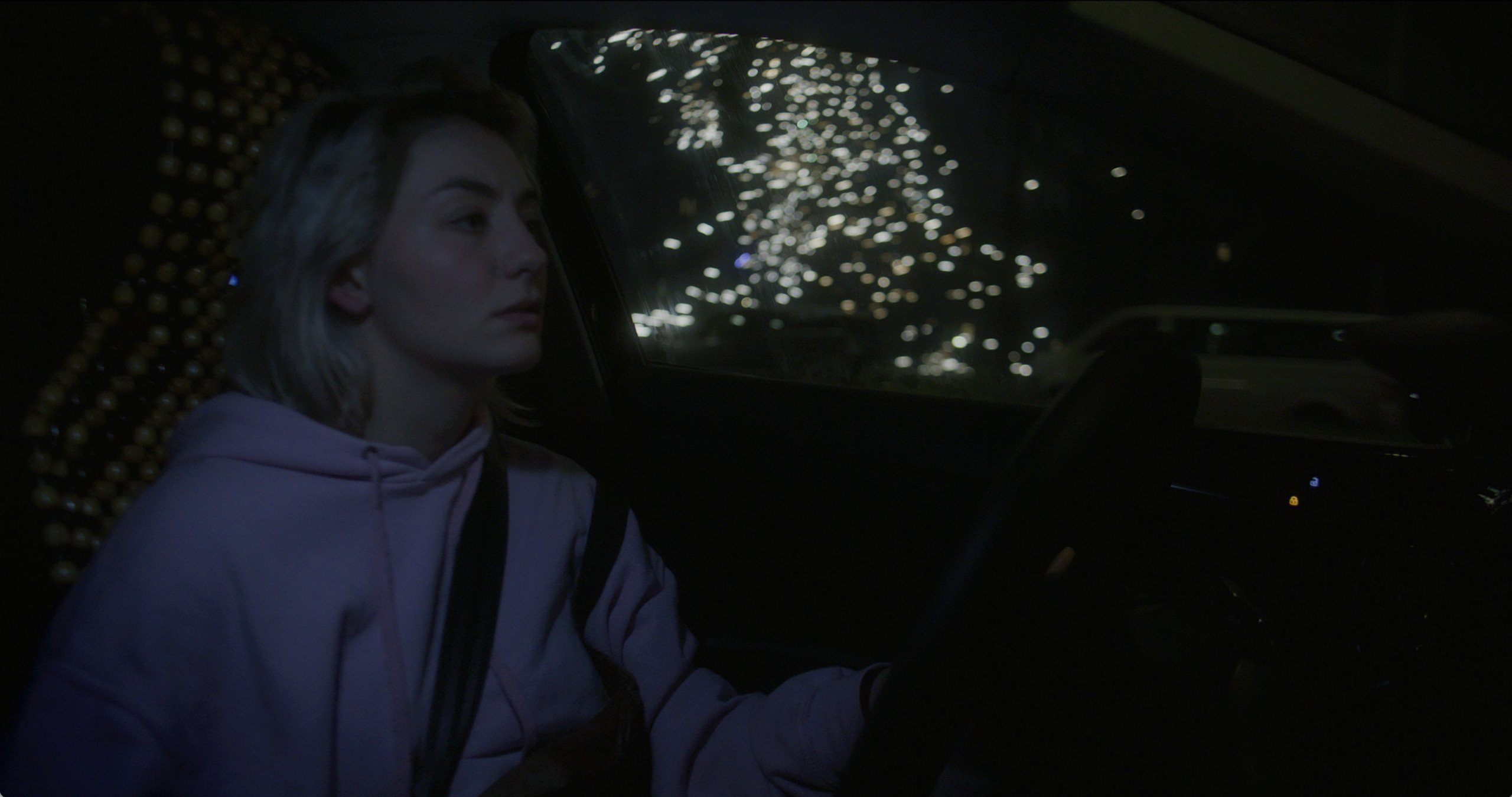
Events, FIDNights
FIDNights
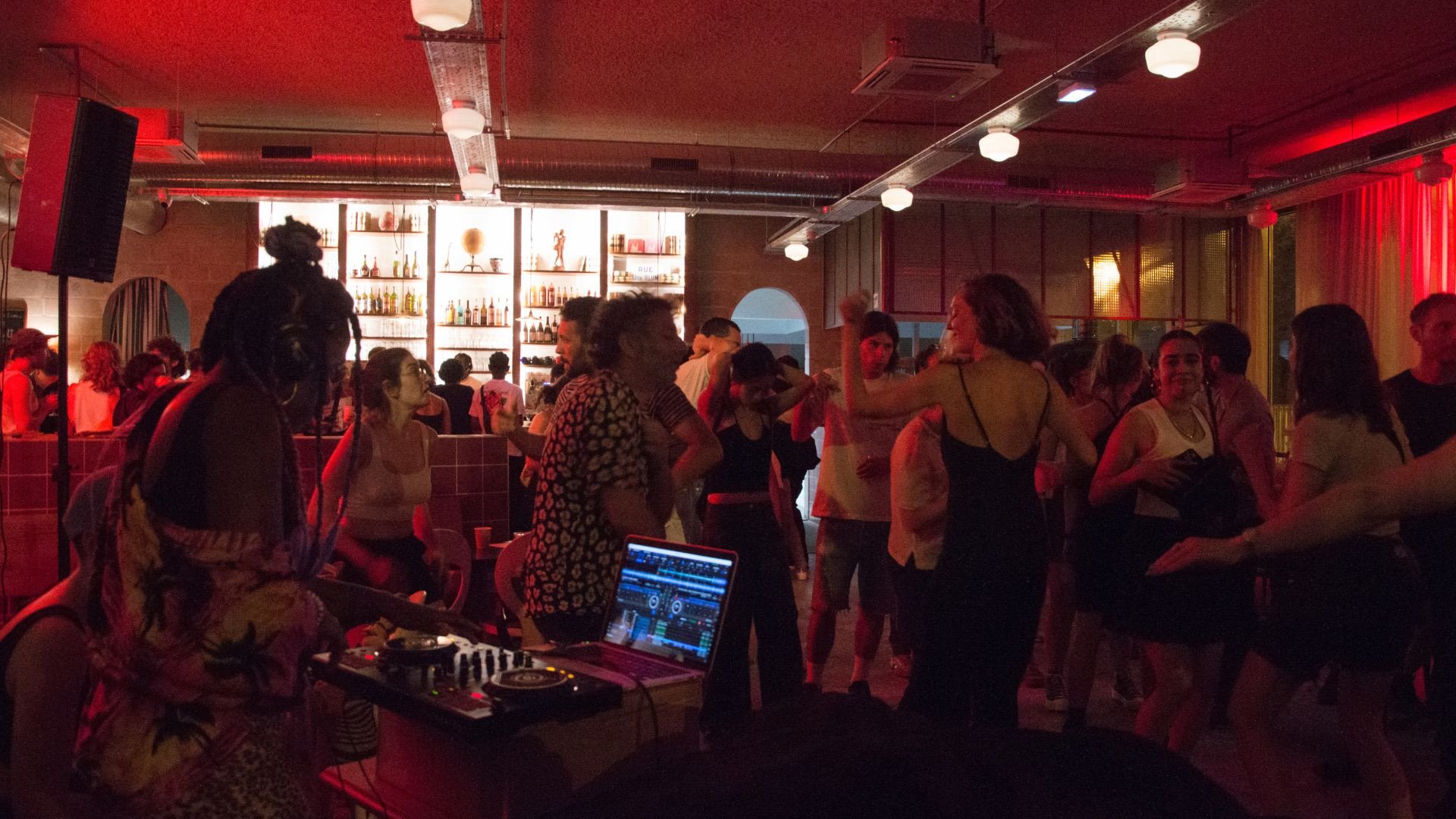
Flash Competition, Youth pathway from age 14
World Premiere
Filme sem Querer, Lincoln Péricles
Brazil, 2025, Color, Black and white, 25’
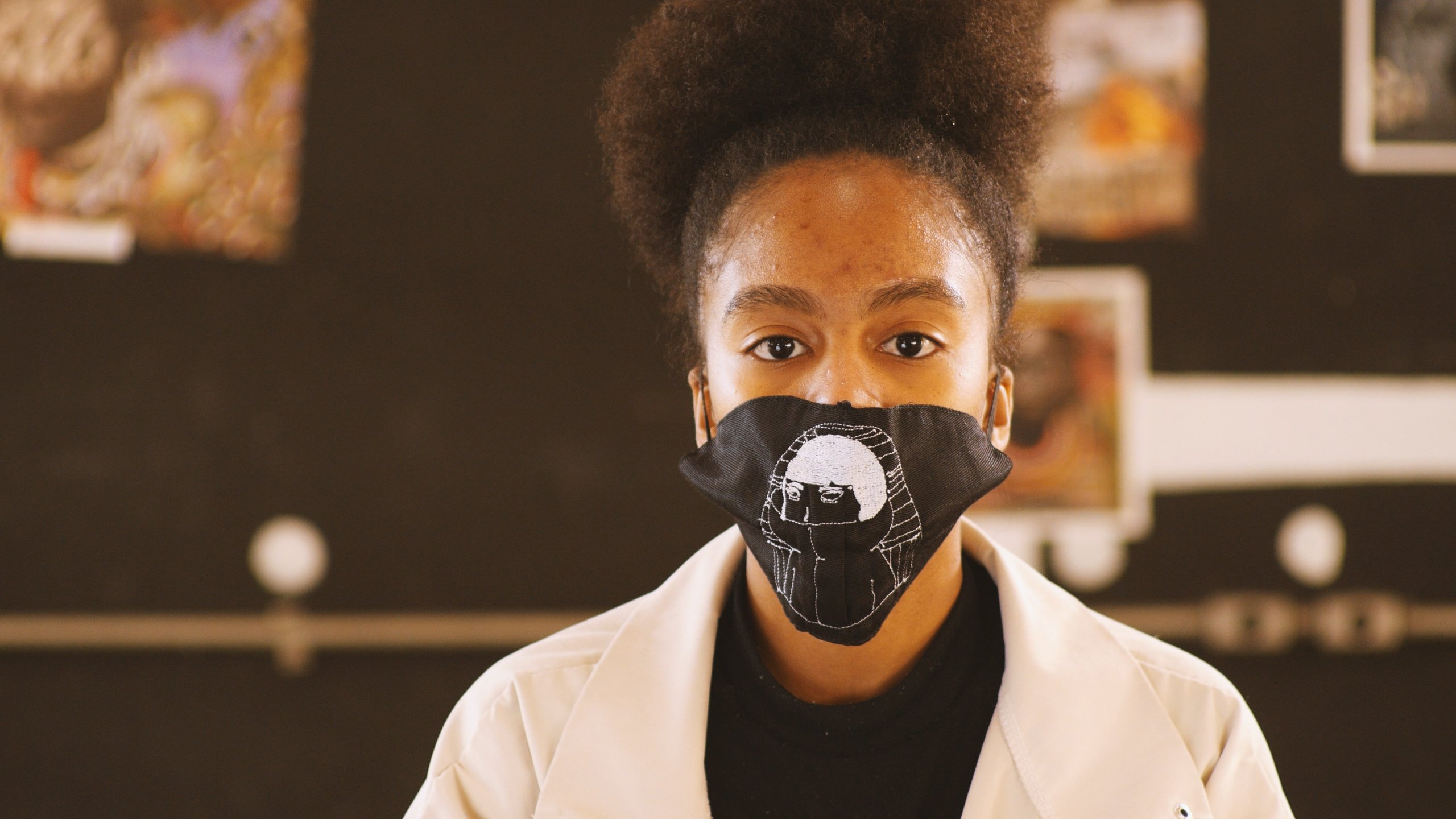
Retrospective Radu Jude
Film pentru prieteni, Radu Jude
Romania, 2011, Color, 58’
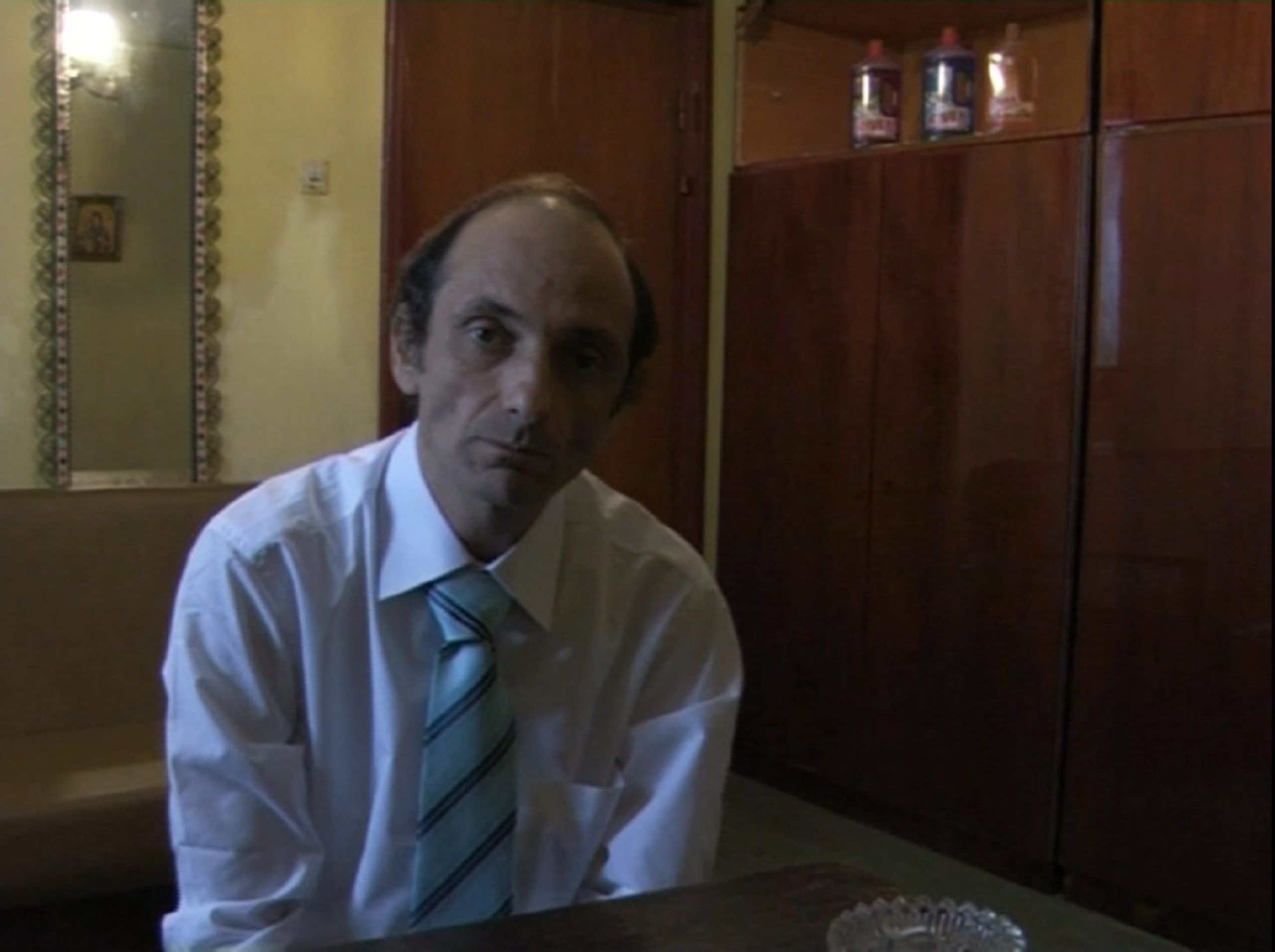
Young audience
Flatastic, Alice Saey
France, Netherlands, 2024, Color, 18’

International Competition
World Premiere
Frío Metal, Clemente Castor
Mexico, 2025, Color, Black and white, 103’

International Competition
World Premiere
Fuck the Polis, Rita Azevedo Gomes
Portugal, 2025, Color, 74’
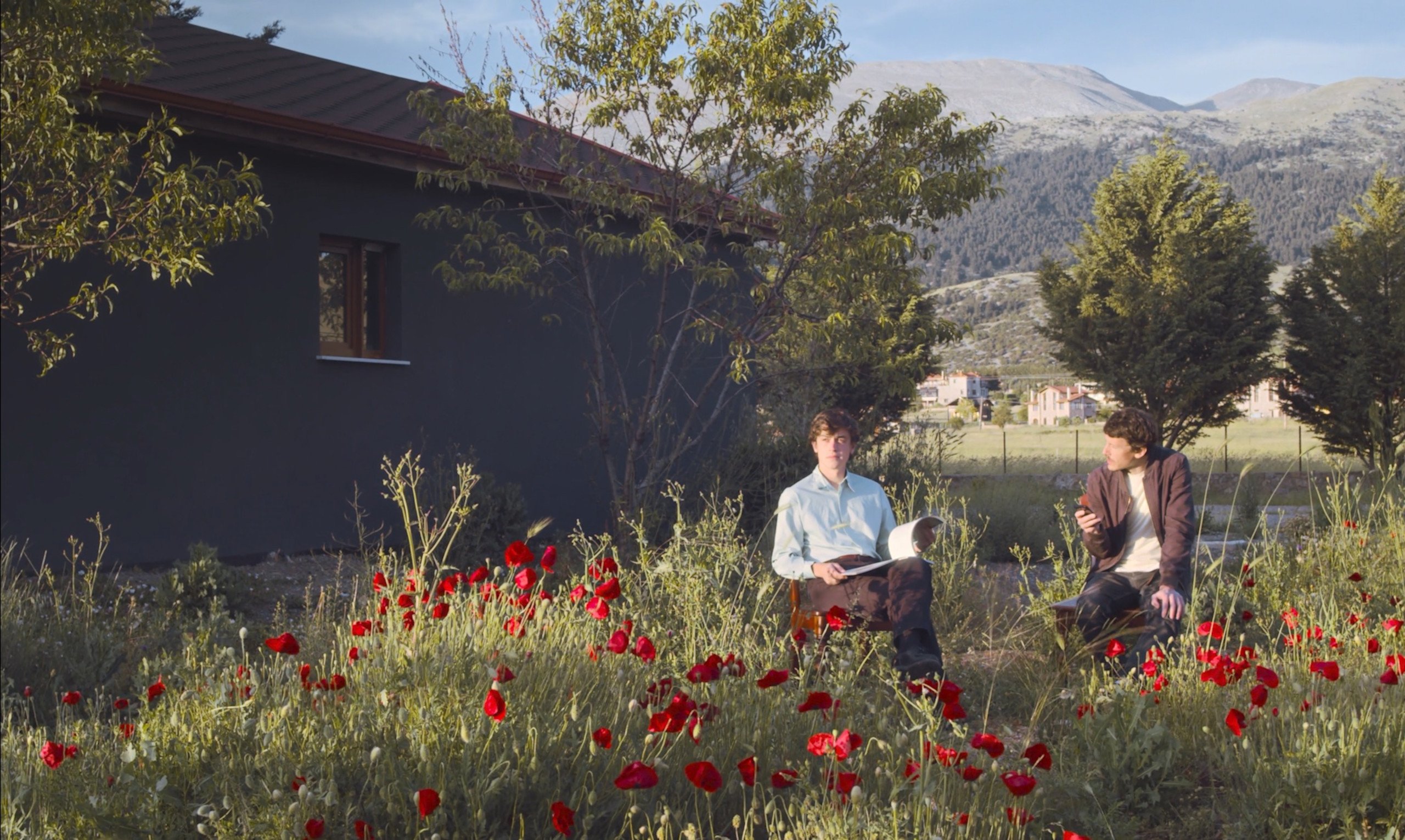
Closing party
Closing party
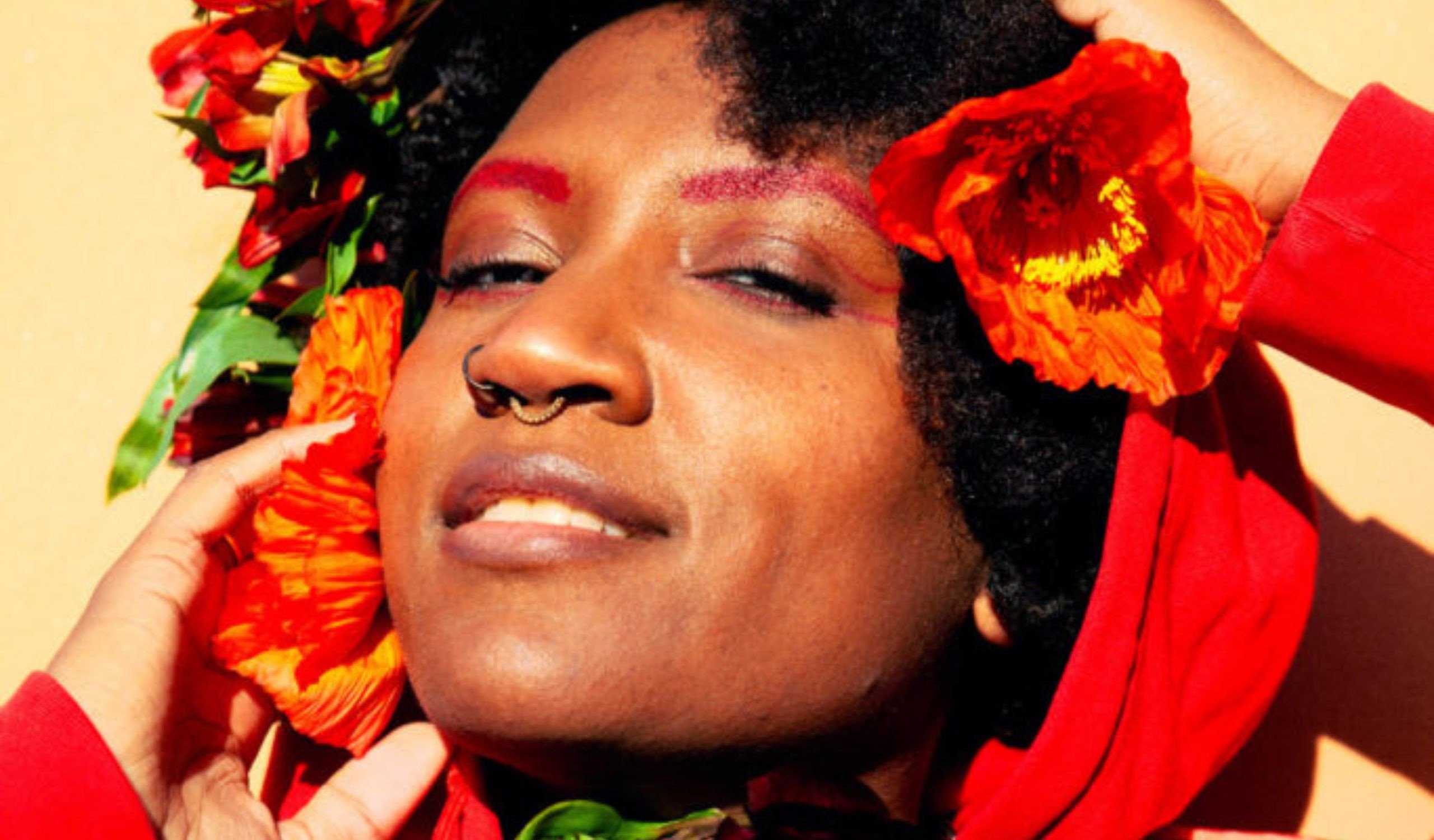
Other Gems, Youth pathway from age 14
International Premiere
Haubi, Nizan Kasper
Germany, 2024, Color, Black and white, 47’

French Competition
World Premiere
Hors-champ, les ombres, Anna Dubosc, Gustavo de Mattos Jahn
France, 2025, Color, 61’
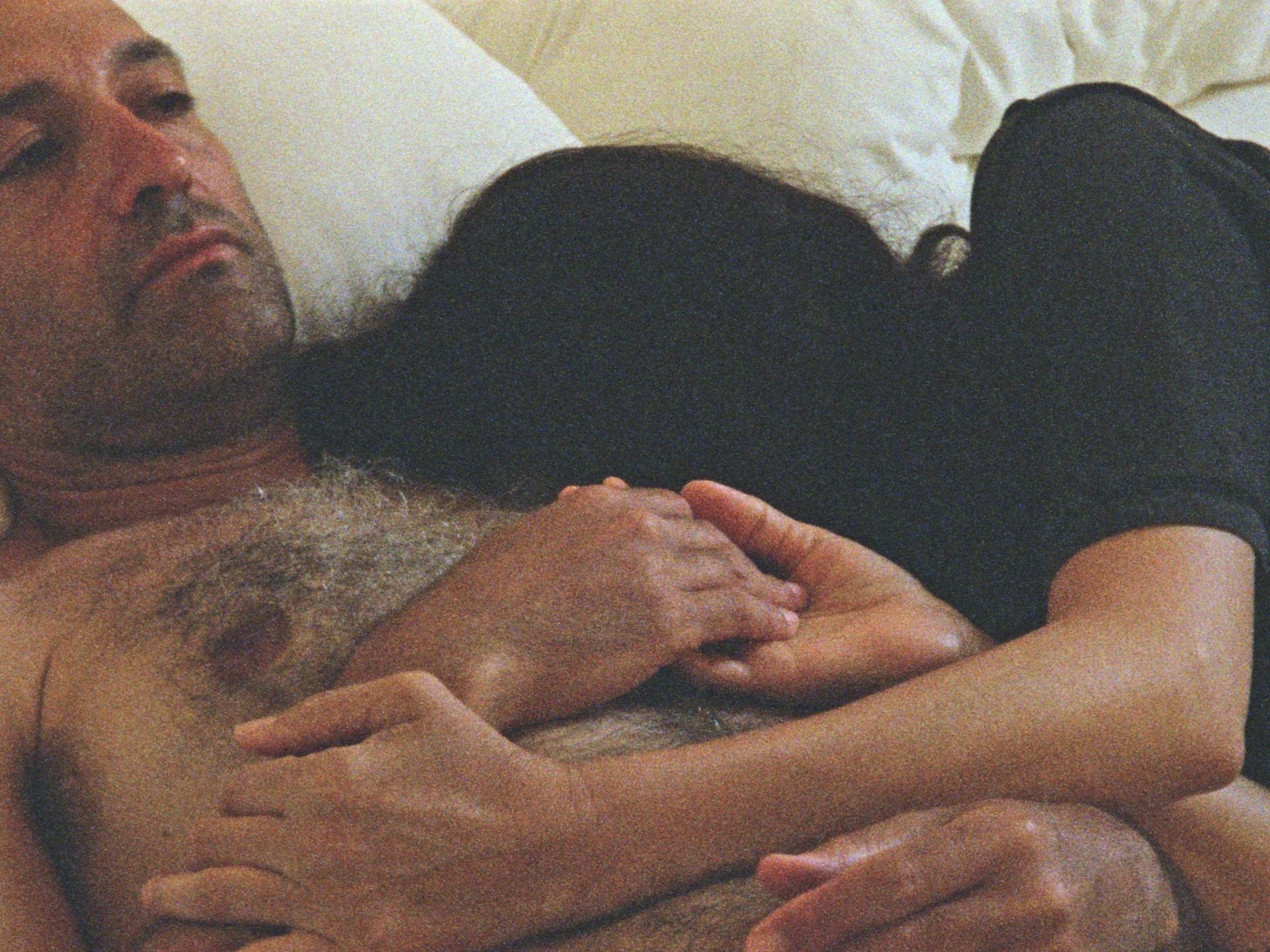
Retrospective Radu Jude
Ieşirea trenurilor din gară, Radu Jude, Adrian Cioflâncă
Romania, 2020, Black and white, 173’
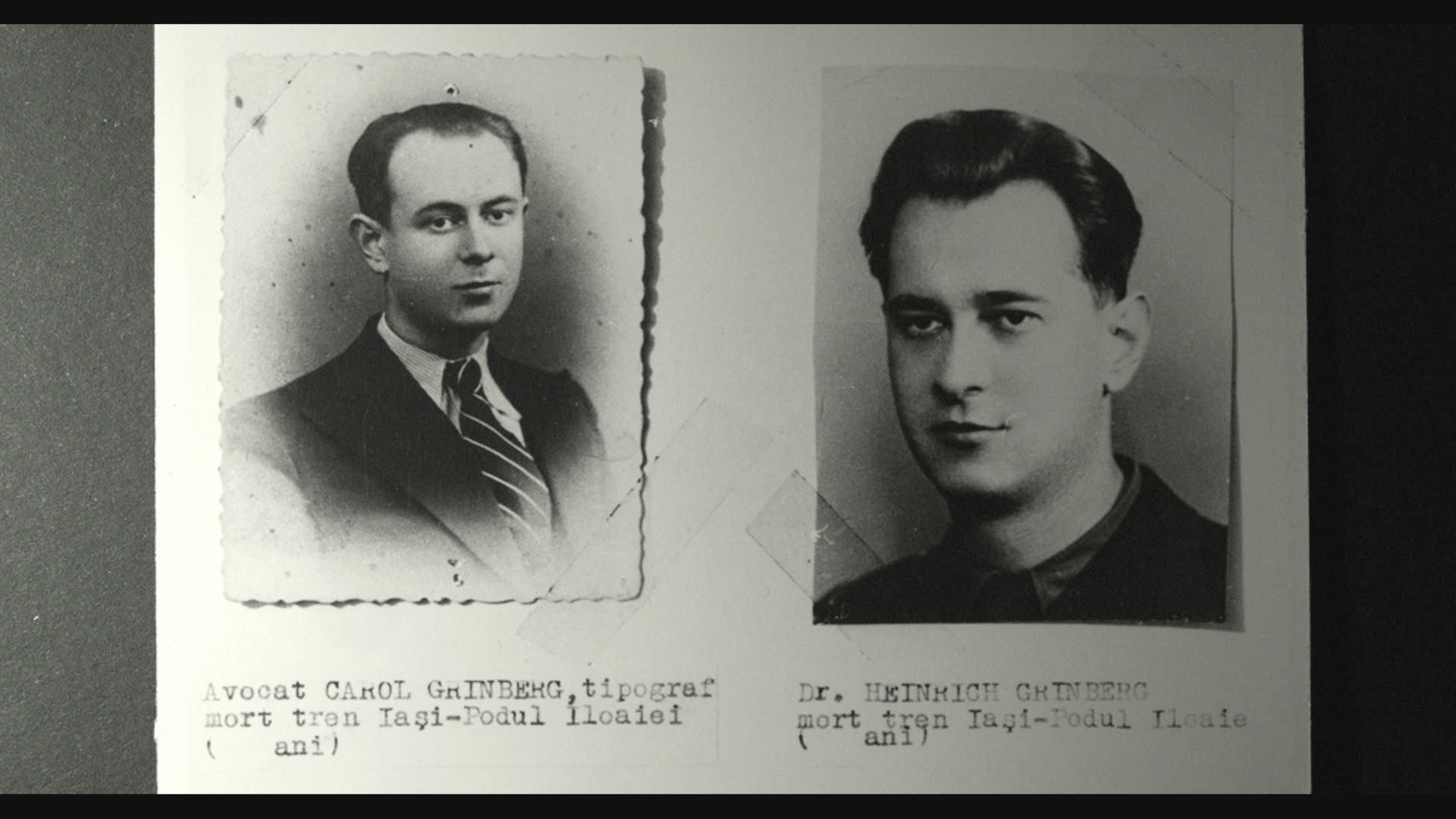
Retrospective Carolina Adriazola & José Luis Sepúlveda
Il Siciliano, Carolina Adriazola, José Luis Sepúlveda, Claudio Pizarro
Chile, 2017, Color, 82’
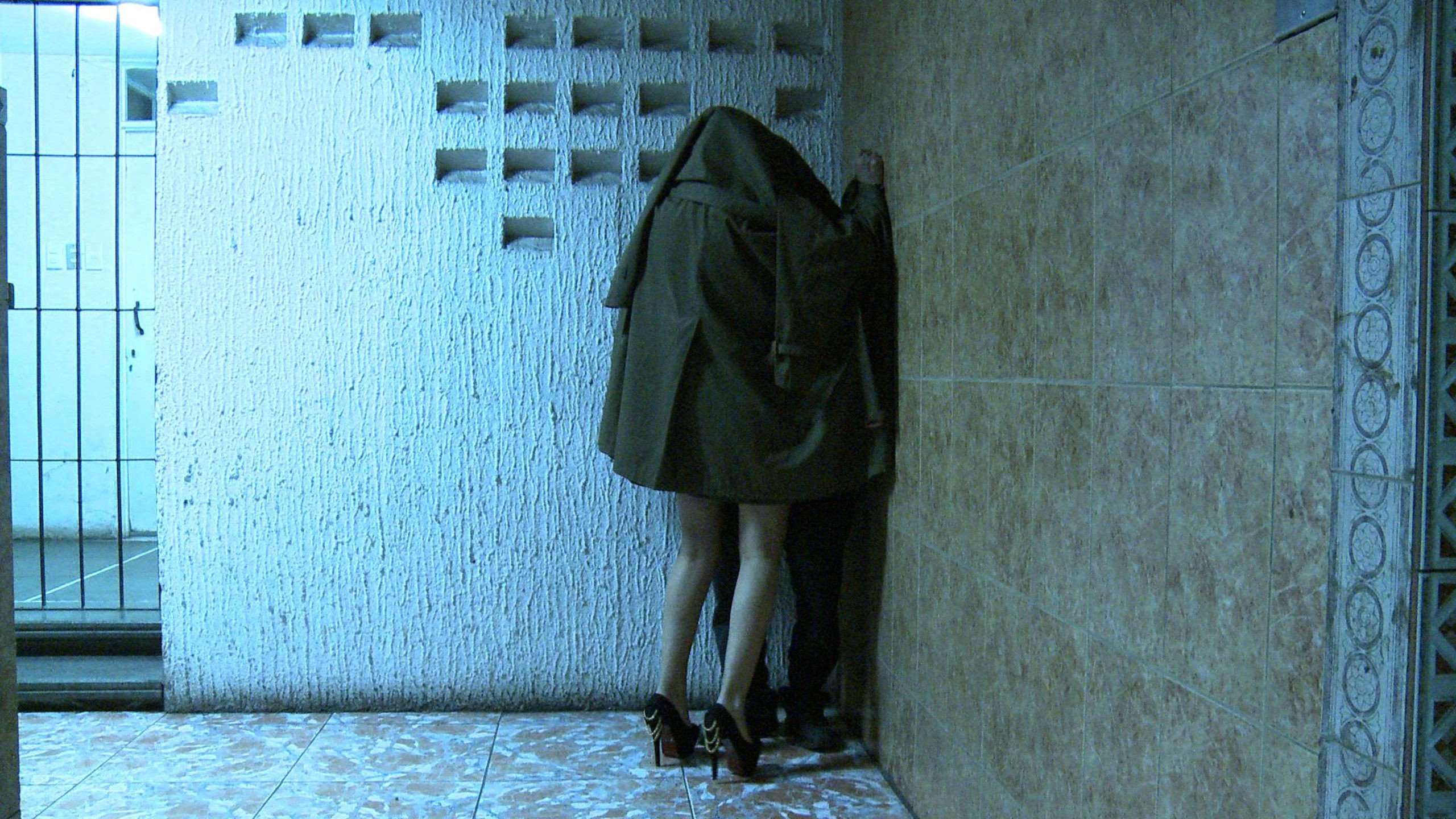
Retrospective Radu Jude
Inimi cicatrizate, Radu Jude
Romania, Germany, Belgium, France, 2016, Color, 141’

Flash Competition
World Premiere
Jacob’s House, Lucas Kane
United States, 2025, Color, 21’

Other Gems
World Premiere
Jour après jour, Florence Pazzottu
France, 2025, Color, 10’
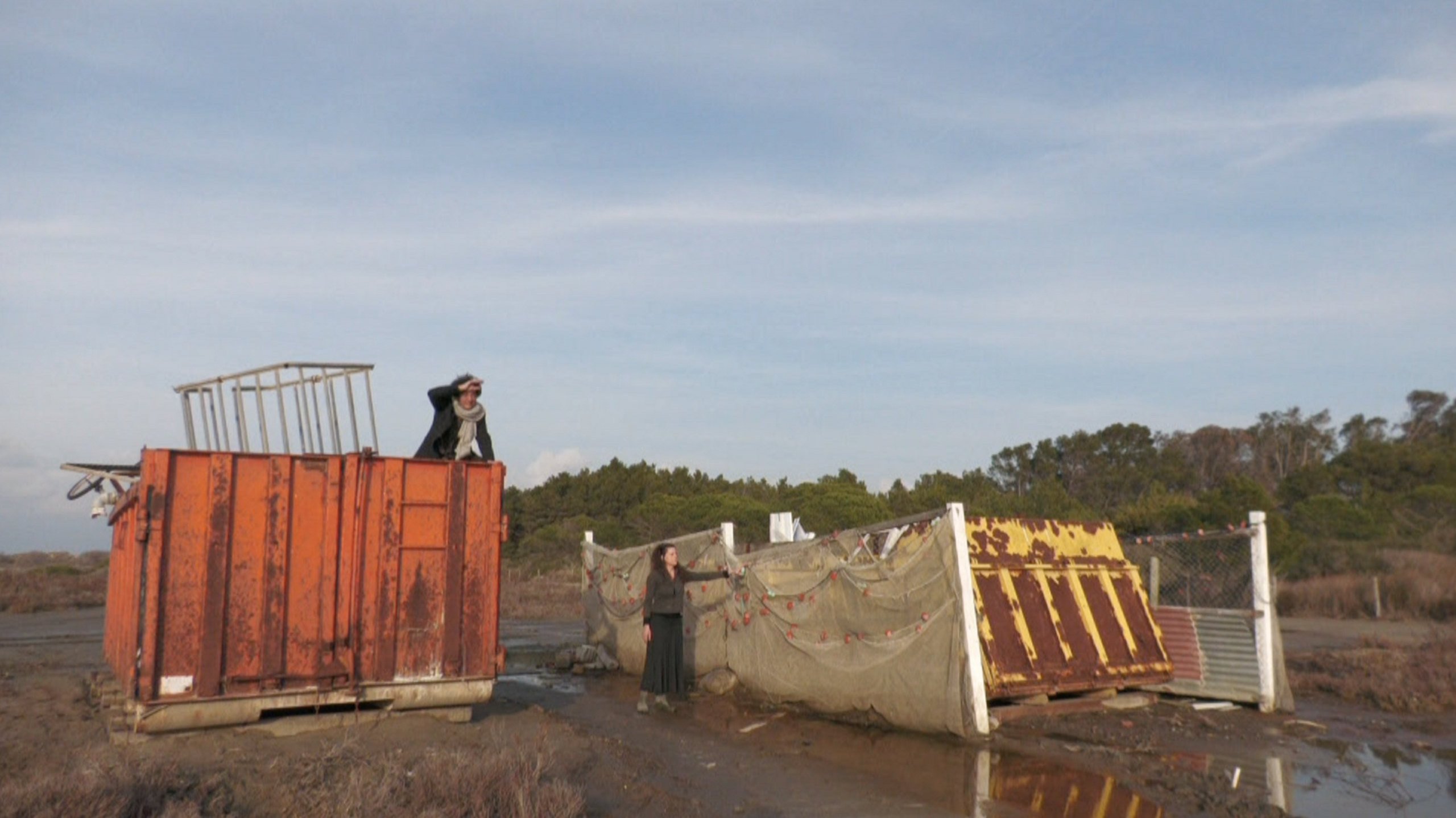
In the Region
Juventude em Marcha, Pedro Costa
Portugal, France, Switzerland, 2006, 154’
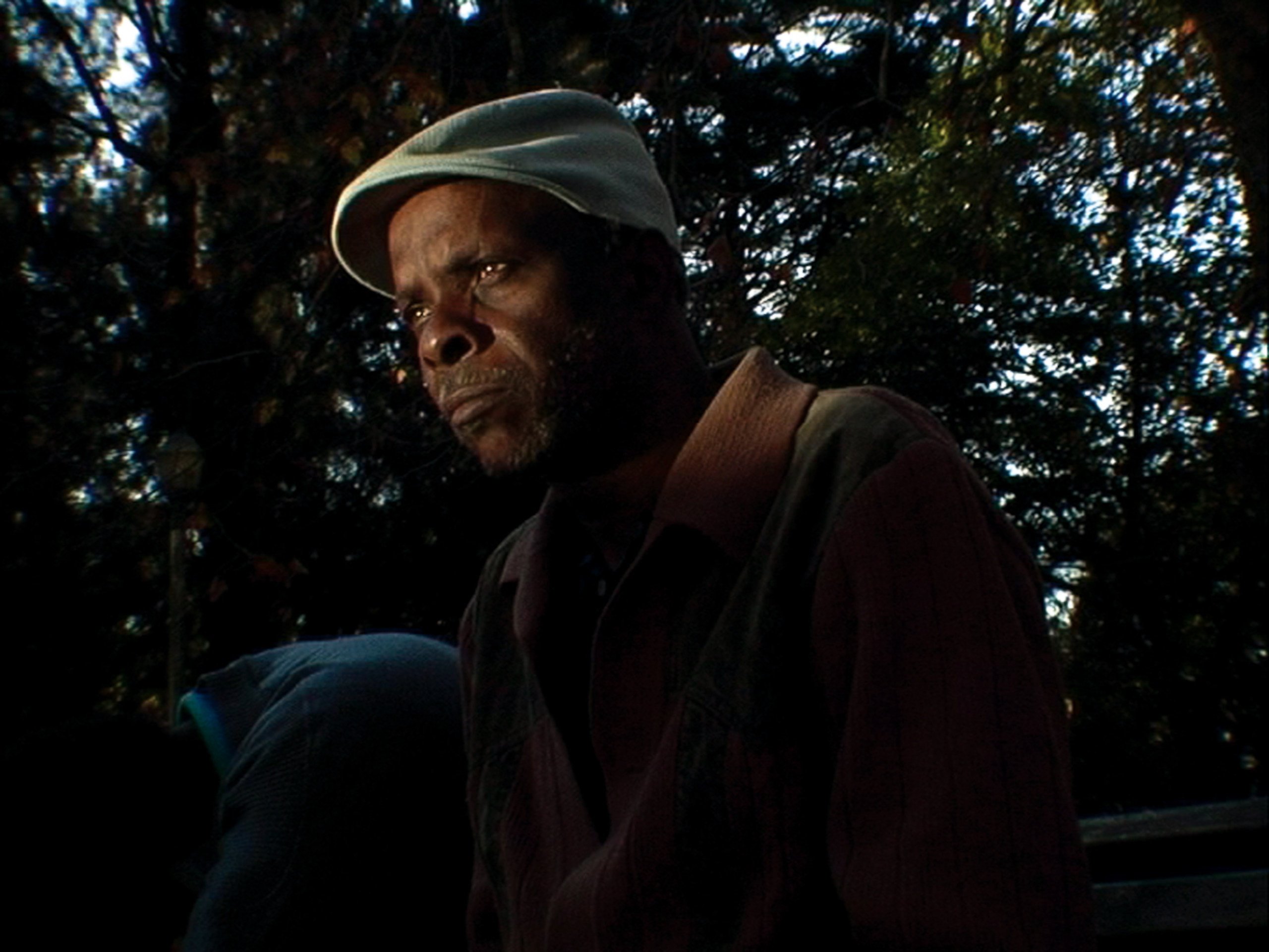
International Competition
World Premiere
Katasumbika, Petna Ndaliko Katondolo
Democratic Republic of Congo, United States, 2024, Color, Black and white, 38’
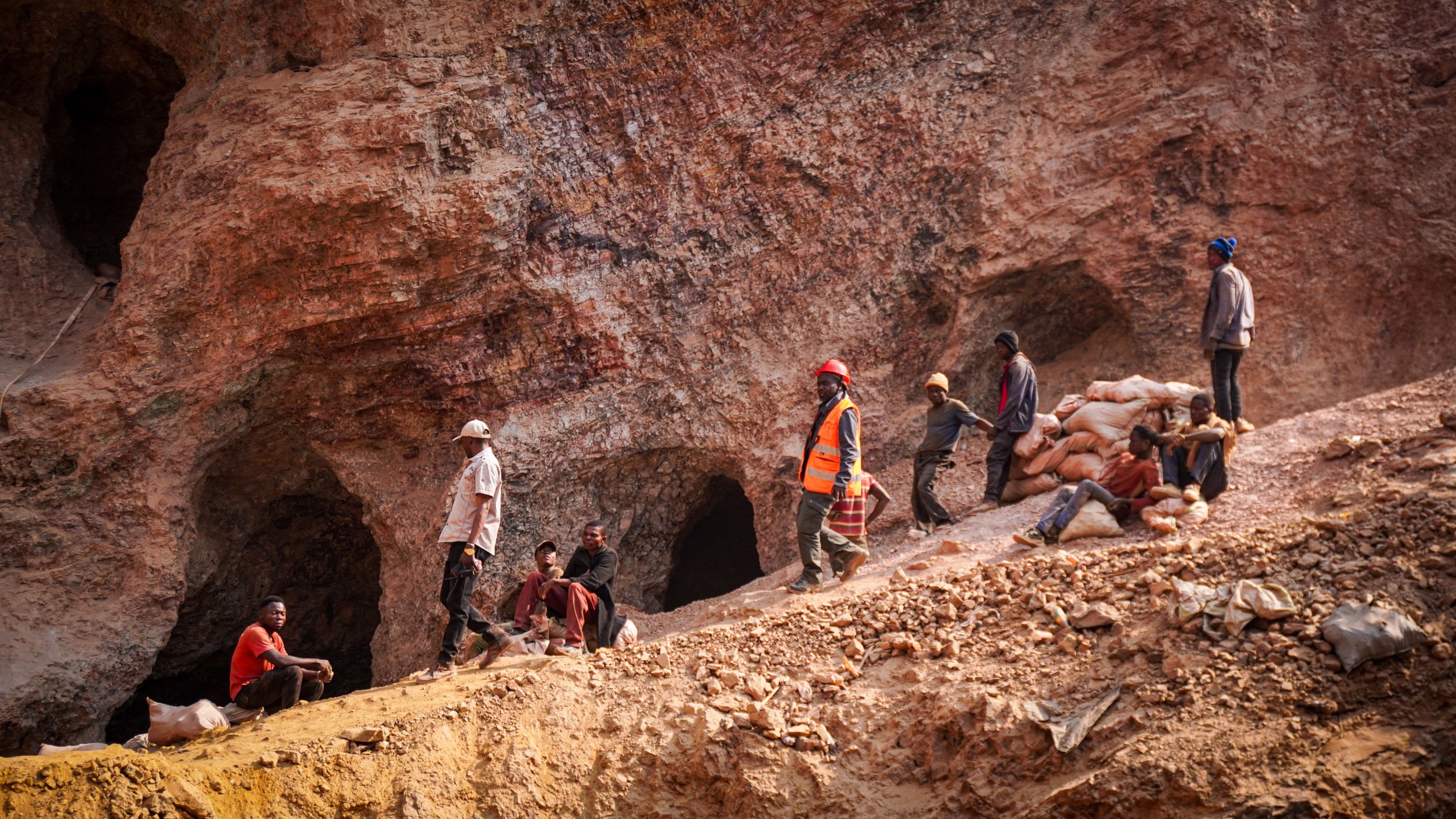
First Film Competition, Youth pathway from age 14
World Premiere
Knife in The Heart of Europe, Artem Terent’ev
Germany, Austria, 2025, Color, 61’

Retrospective Radu Jude
Kontinental ‘25, Radu Jude
Romania, Switzerland, Luxembourg, Brazil, United Kingdom, 2025, Color, 109’
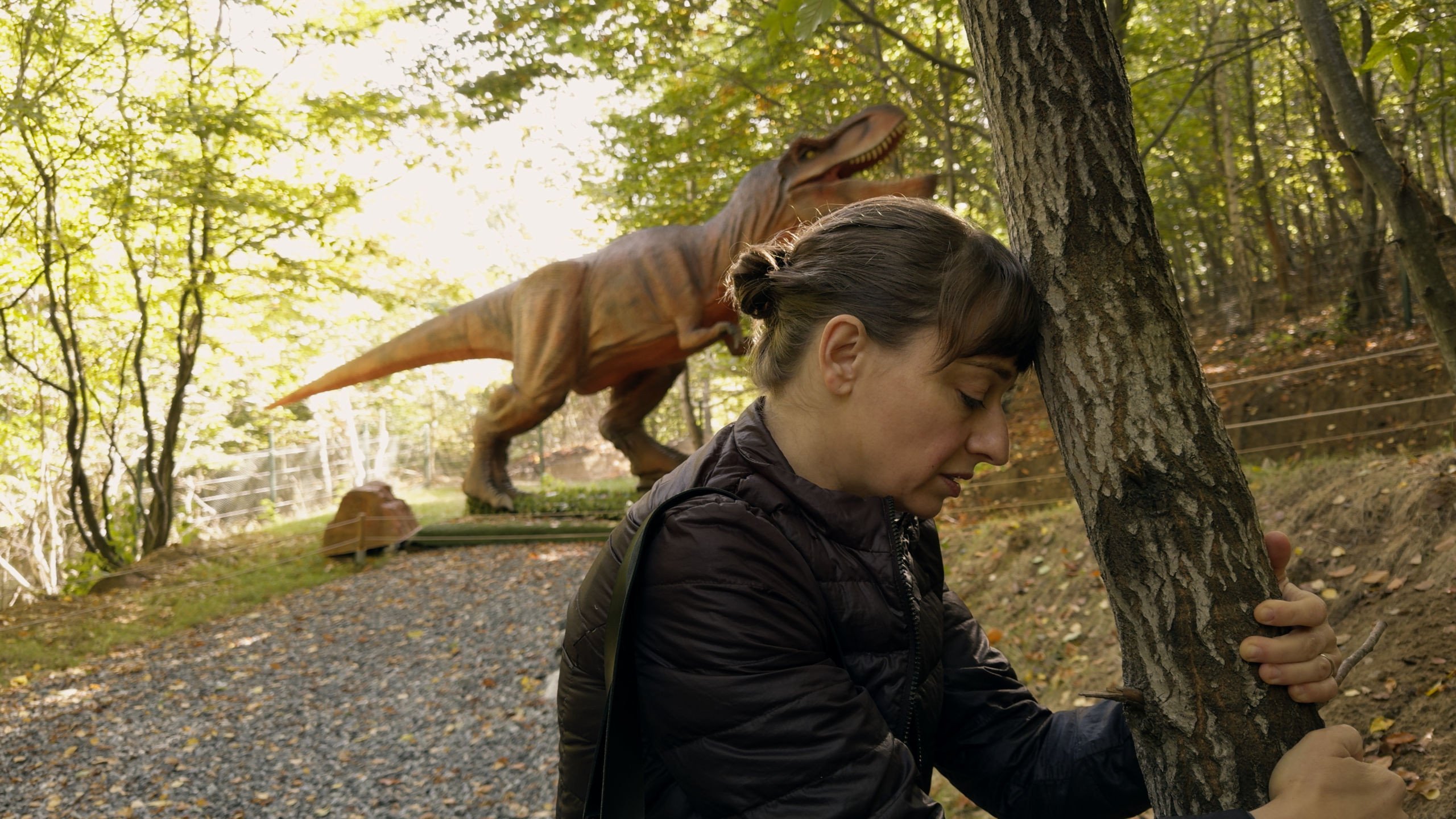
Flash Competition, Youth pathway from age 14
World Premiere
La juventud es una isla, Louise Ernandez
France, 2024, Color, 30’

French Competition, First Time at FID Pathway, Youth pathway from age 14
World Premiere
La Ligne bleue, Marie Dumora
France, 2025, Color, 124’
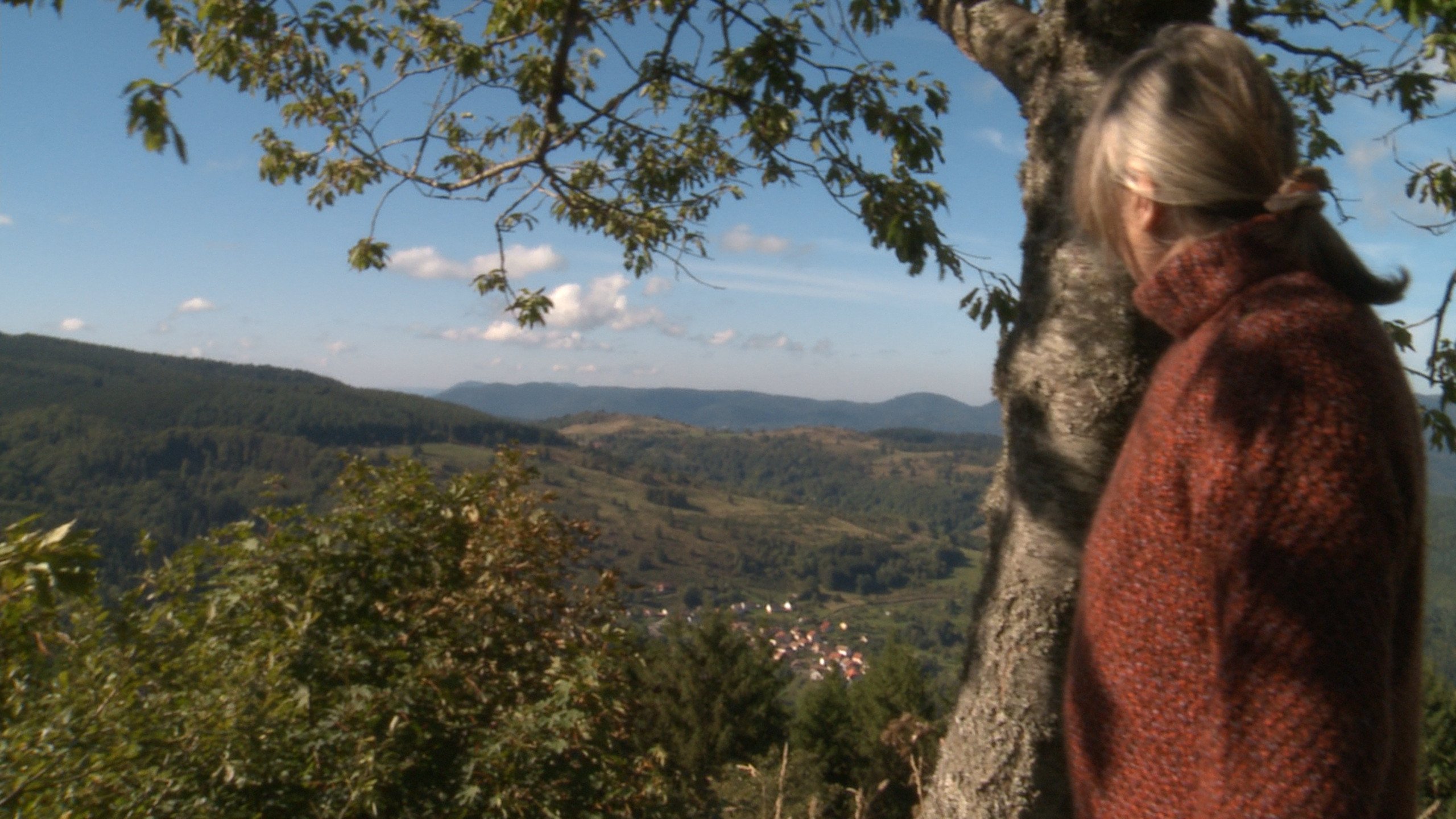
Other Gems, First Time at FID Pathway
La Limace et l’escargot, Anne Benhaïem
France, 2024, Color, 57’

Flash Competition, First Time at FID Pathway
World Premiere
L’amour sur le chemin des roncettes, Sophie Roger
France, 2025, Color, 24’
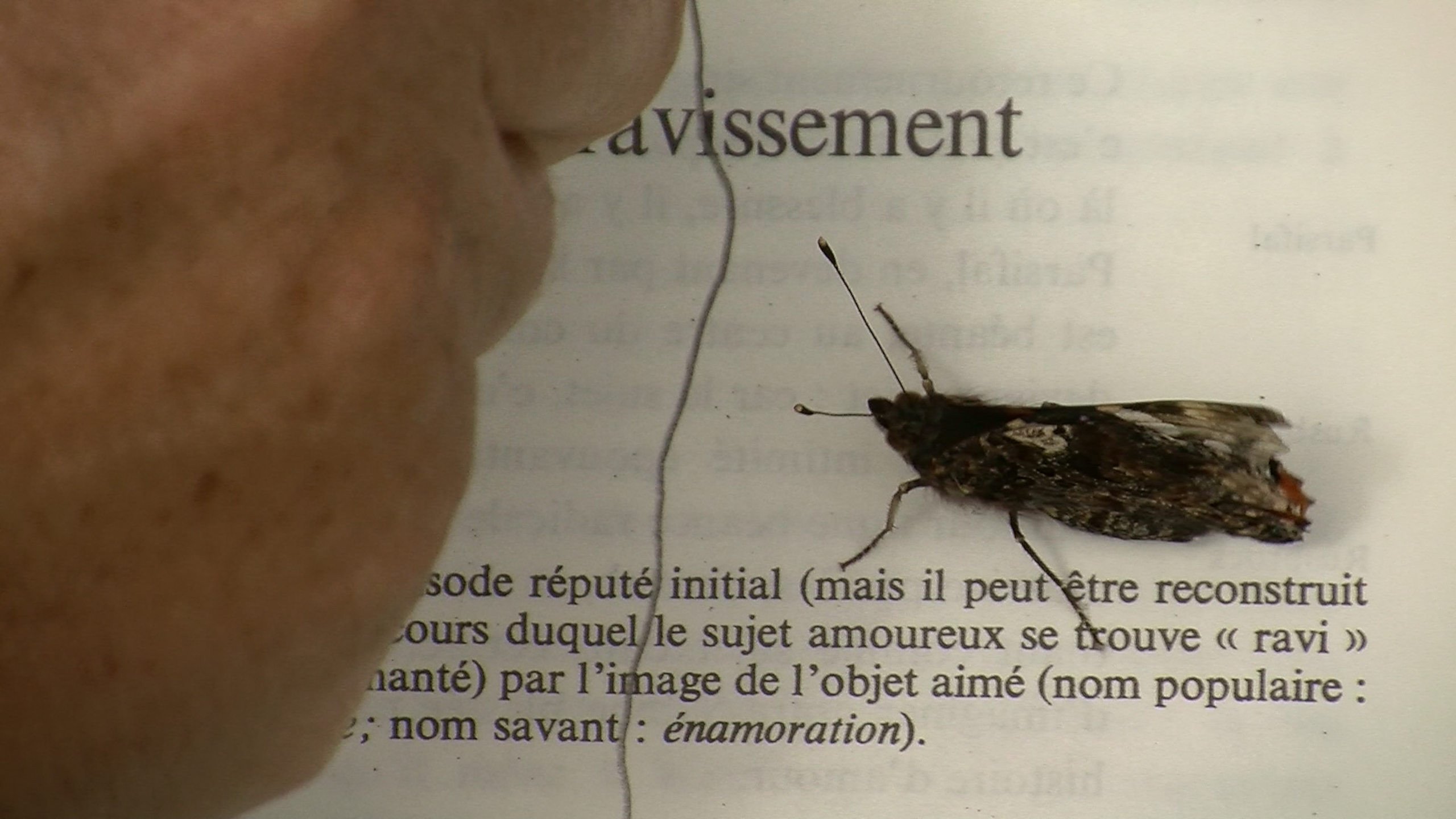
Retrospective Radu Jude
Lampa cu căciulă, Radu Jude
Romania, 2006, Color, 25’

Closing film
Laurent dans le vent, Anton Balekdjian, Léo Couture, Mattéo Eustachon
France, 2025, Color, 110’
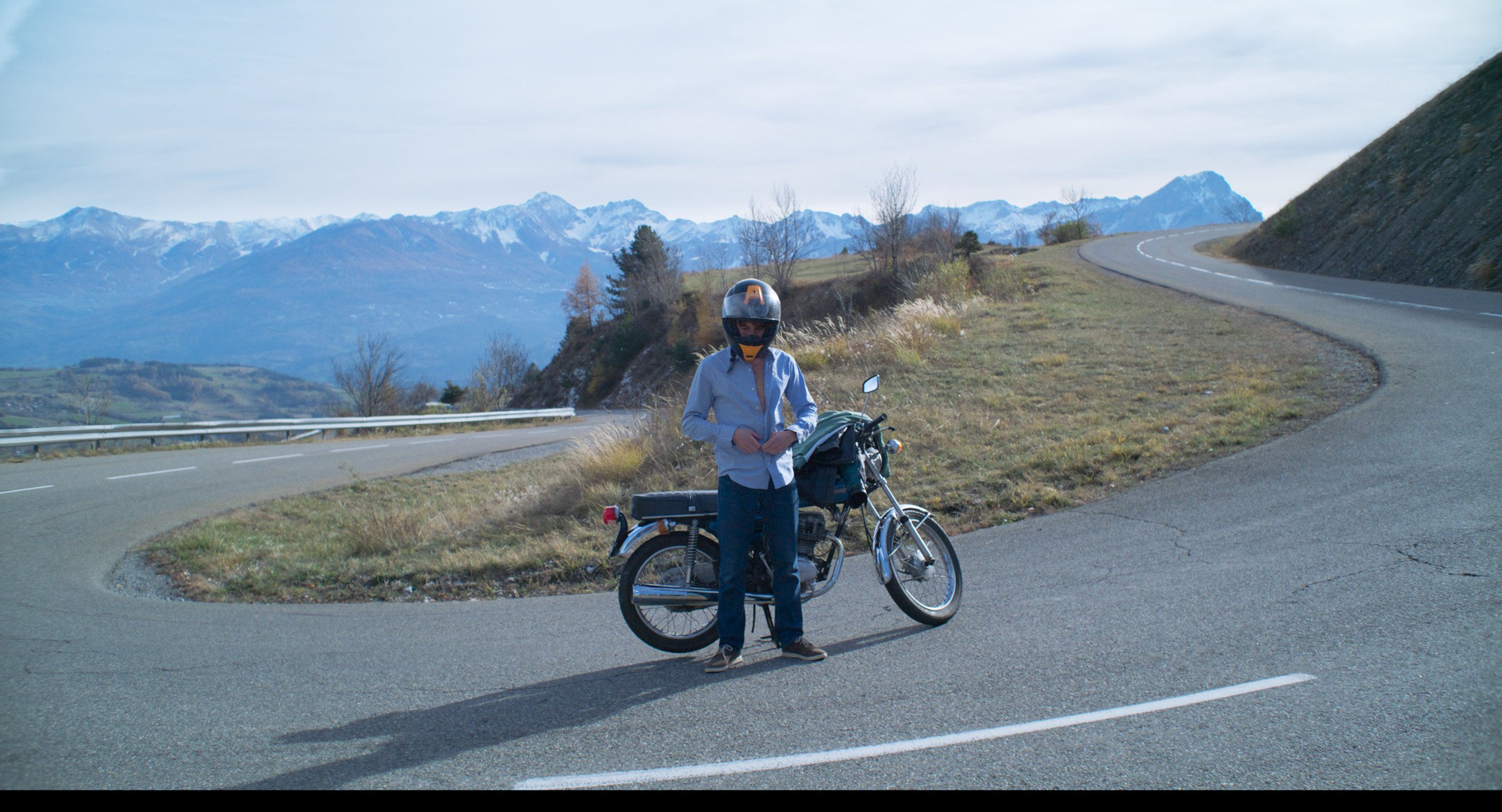
Other Gems
L’Événement qui possède l’homme., Pierre Weiss
France, 2016, Color, Black and white, 89’

Other Gems, First Time at FID Pathway
World Premiere
Le Fond vert, Nine Antico
France, 2025, Color, 29’
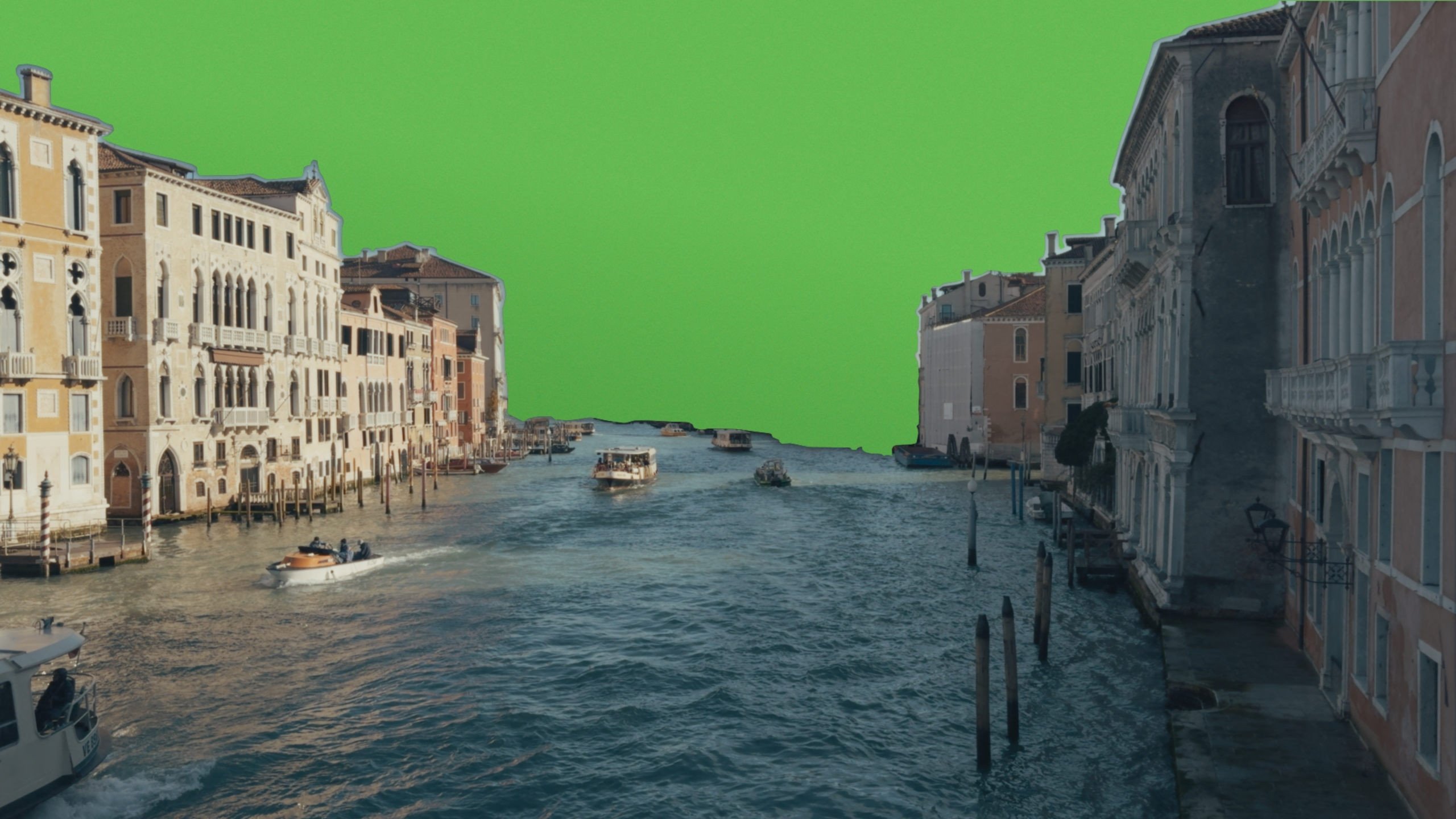
Other Gems
Le Meilleur Spectateur de la piece historique qui se joue sur terre, Taleb Lachheb
France, 2024, Color, Black and white, 18’

Flash Competition
World Premiere
Lengua muerta, José Jiménez
Chile, 2025, Black and white, 25’
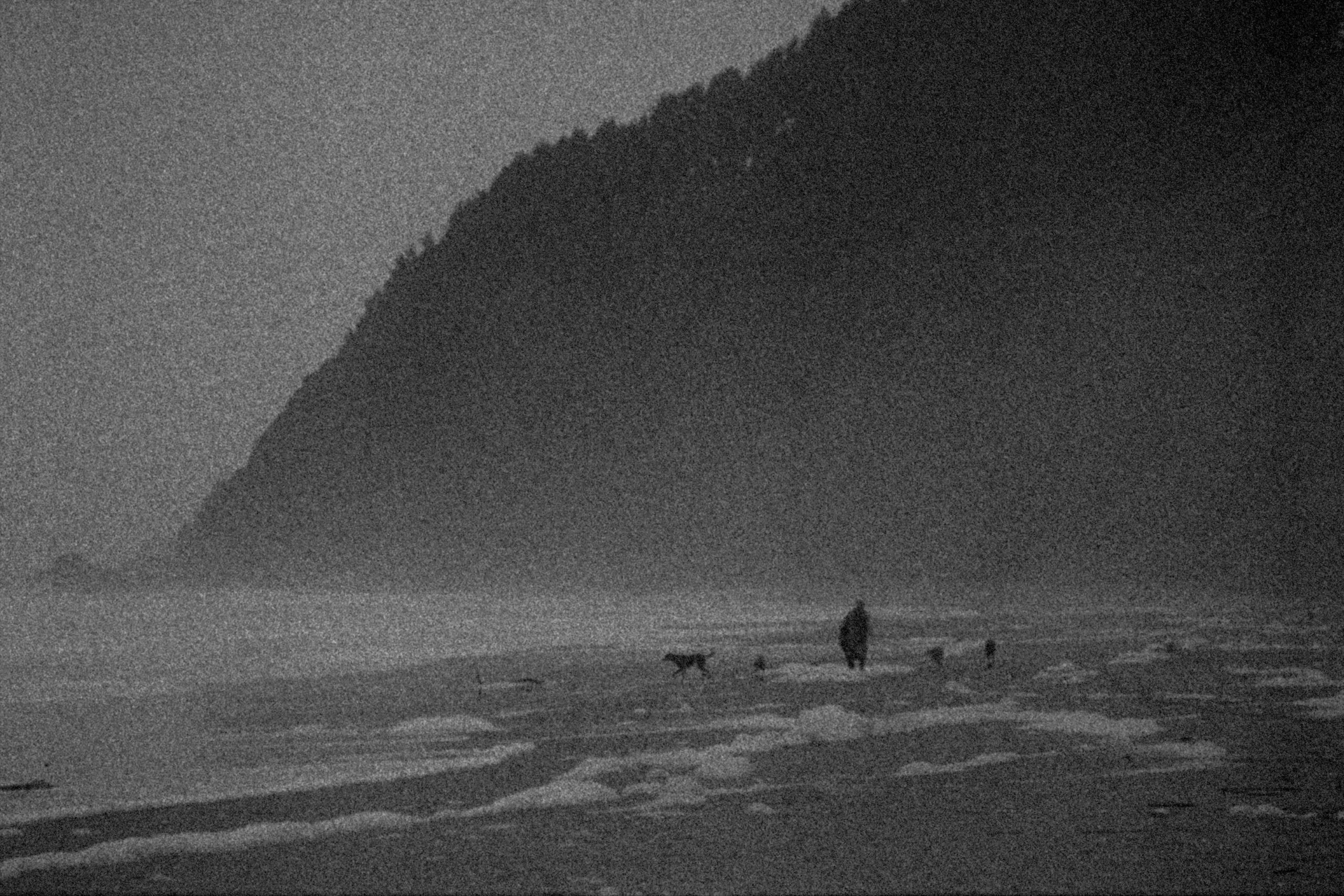
Rencontres du Forum
Les Rencontres du Forum

Special Screenings
L’Incroyable femme des neiges, Sébastien Betbeder
France, 2025, Color, 101’
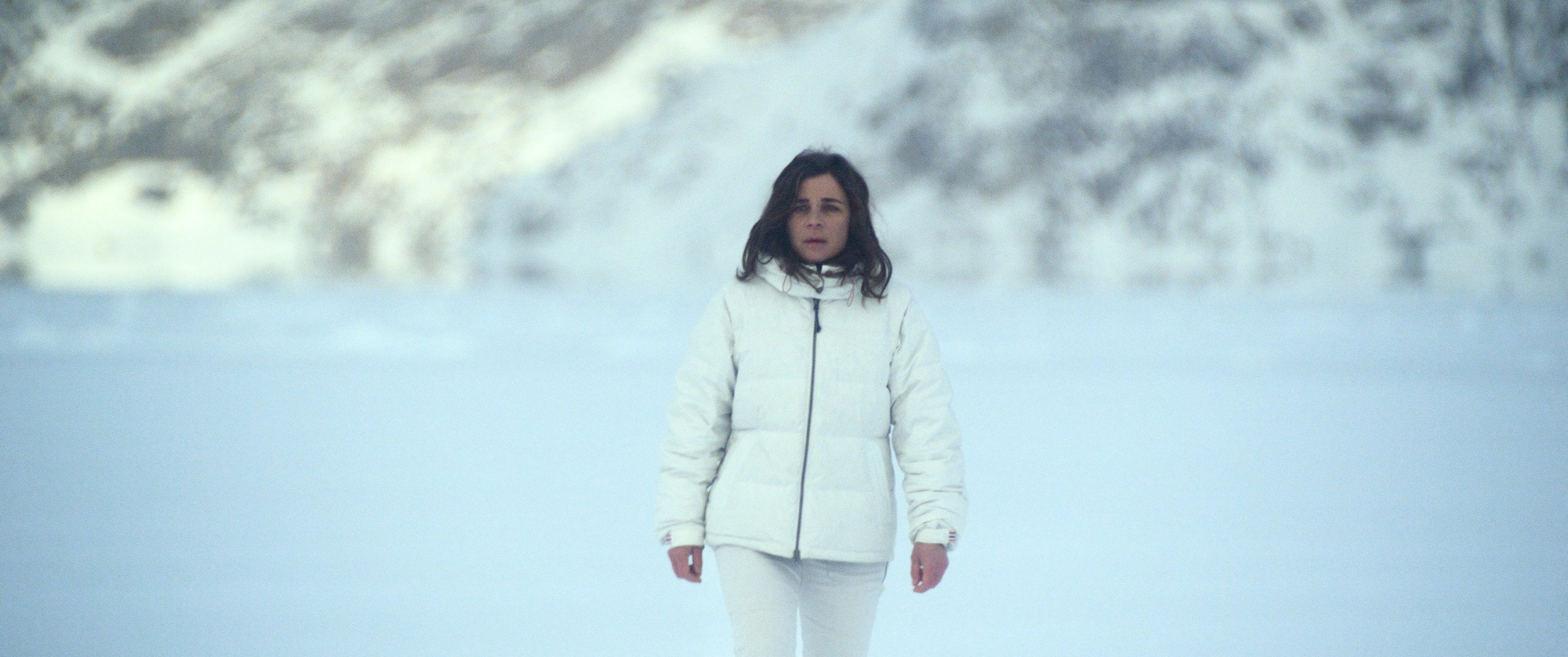
First Film Competition
World Premiere
Los cruces, Julián Galay
Argentina, 2025, Color, 84’
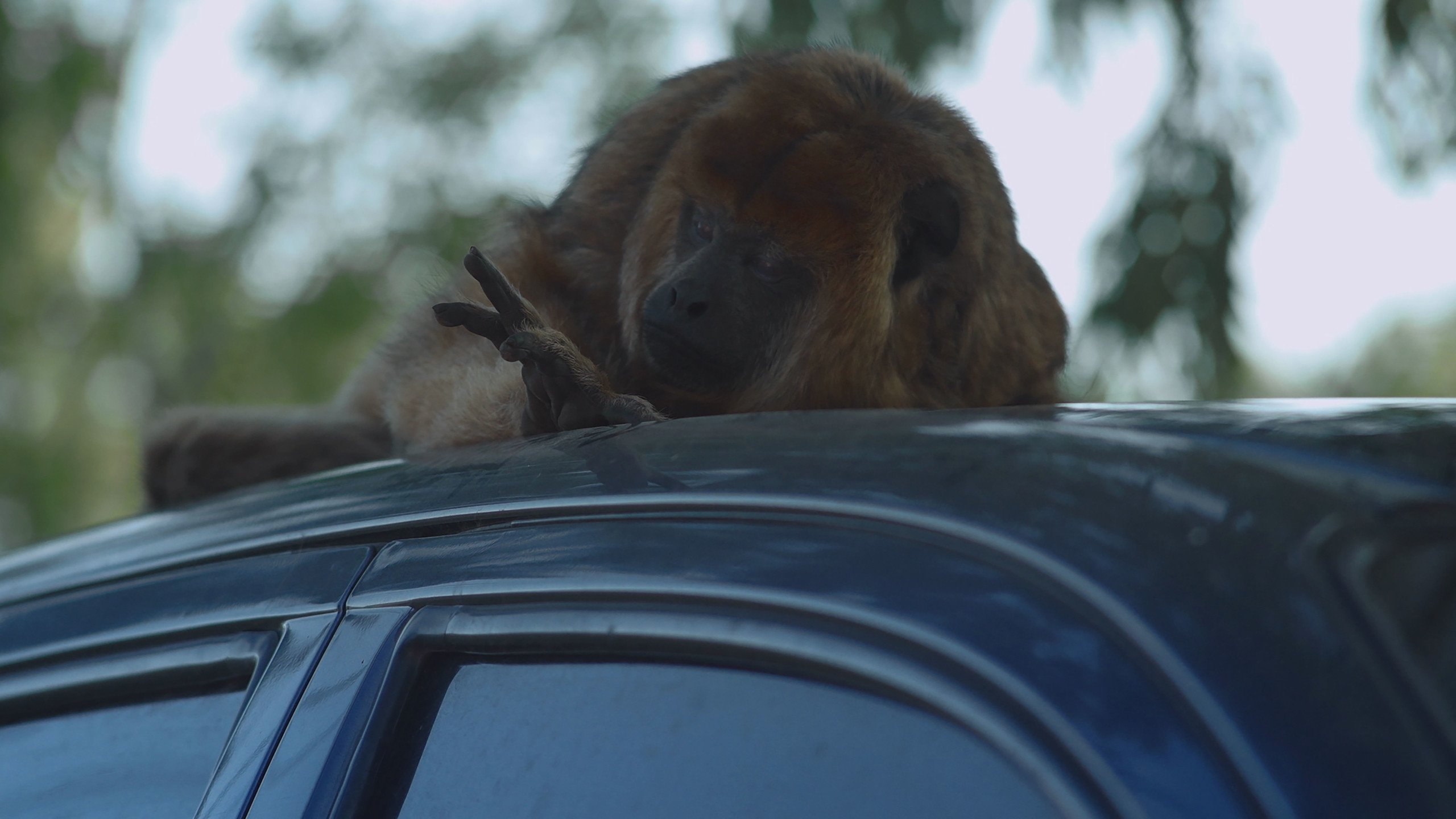
First Film Competition
World Premiere
Macdo, Racornelia
Mexico, Greece, 2025, Color, 117’
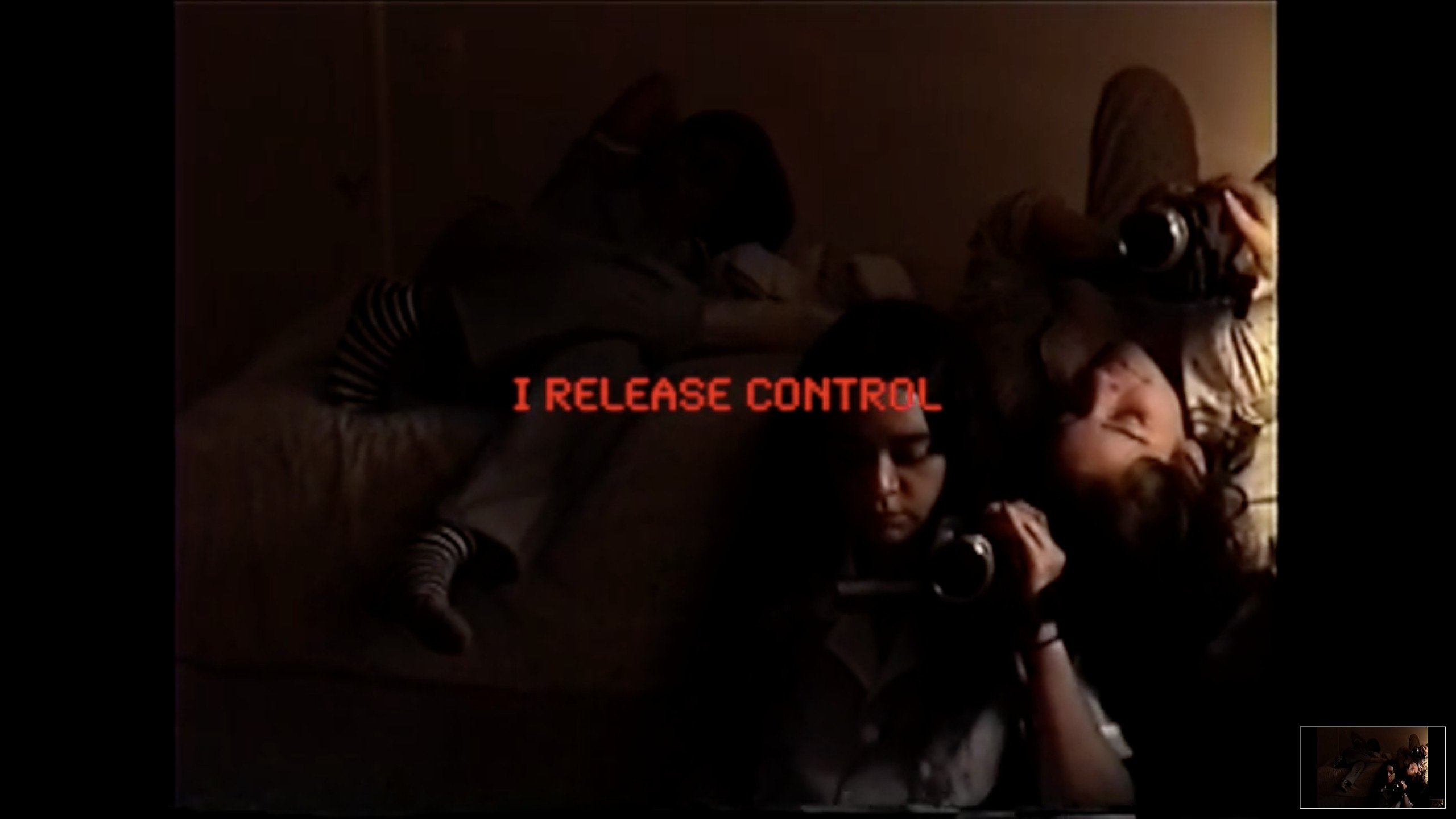
Masterclasses, Retrospective Radu Jude
Masterclass Radu Jude
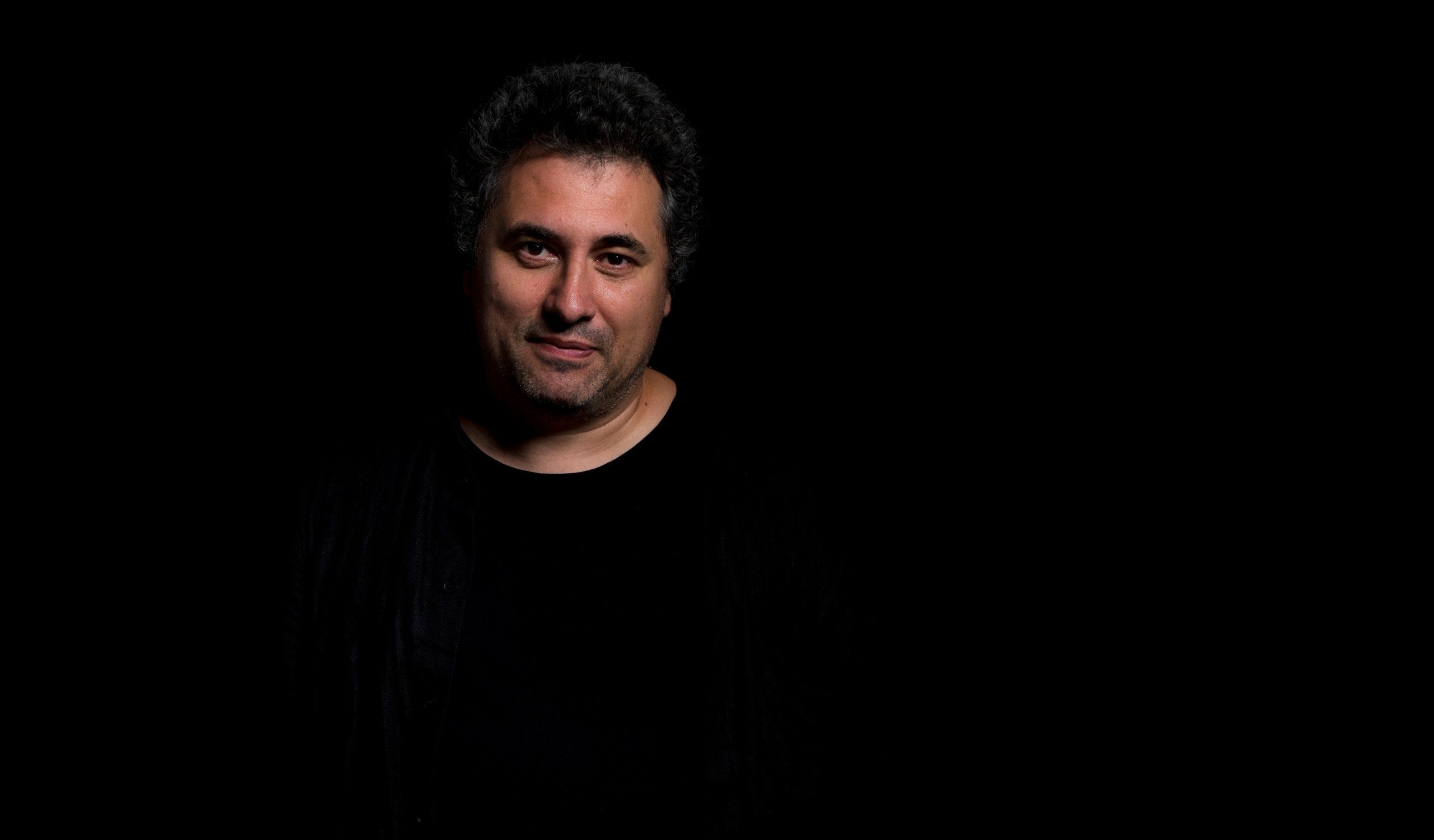
Special Screenings
French Premiere
Measures for a Funeral, Sofia Bohdanowicz
Canada, 2024, Color, 142’
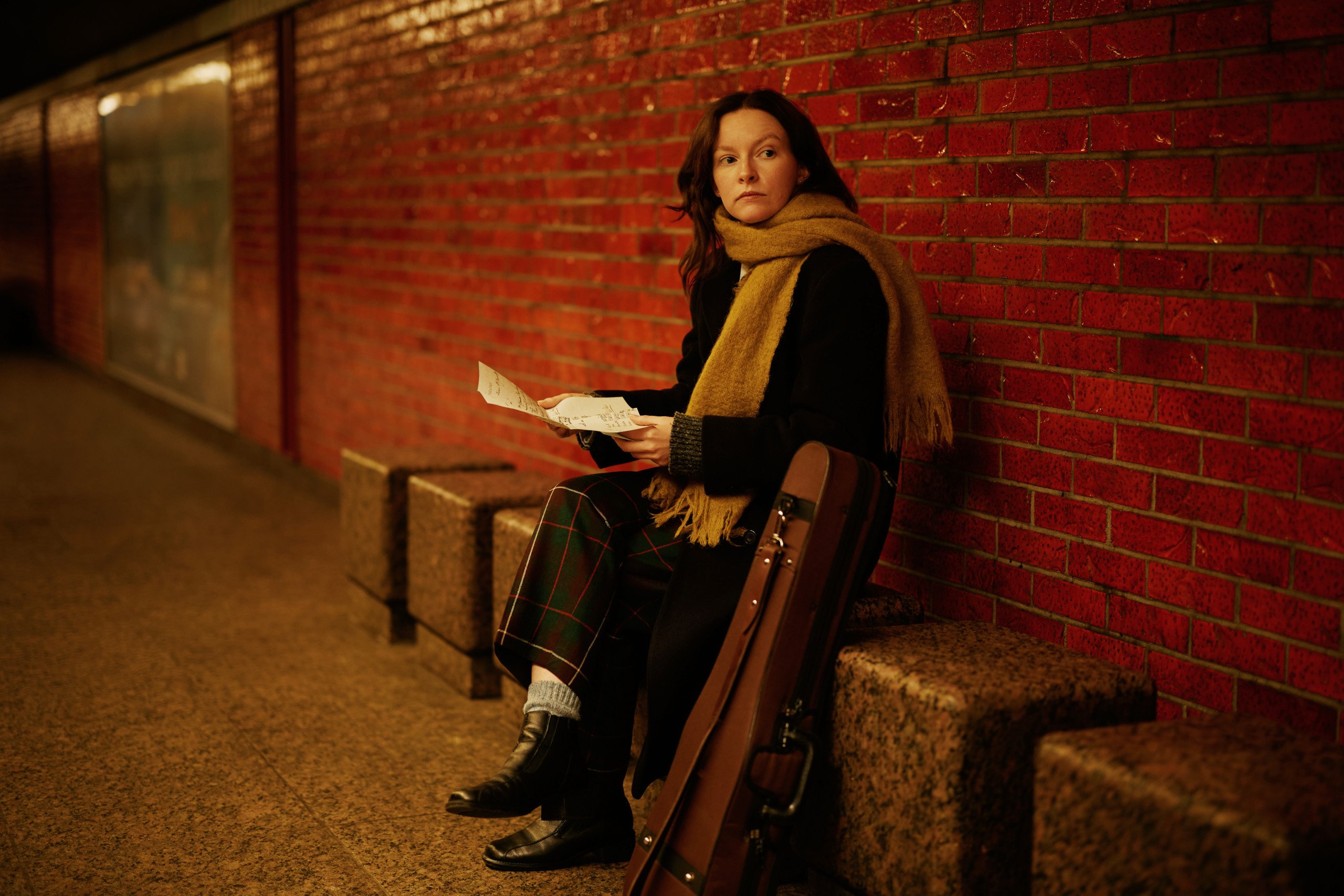
International Competition, First Time at FID Pathway
International Premiere
Miraculous Accident, Assaf Gruber
Germany, 2025, Color, Black and white, 30’
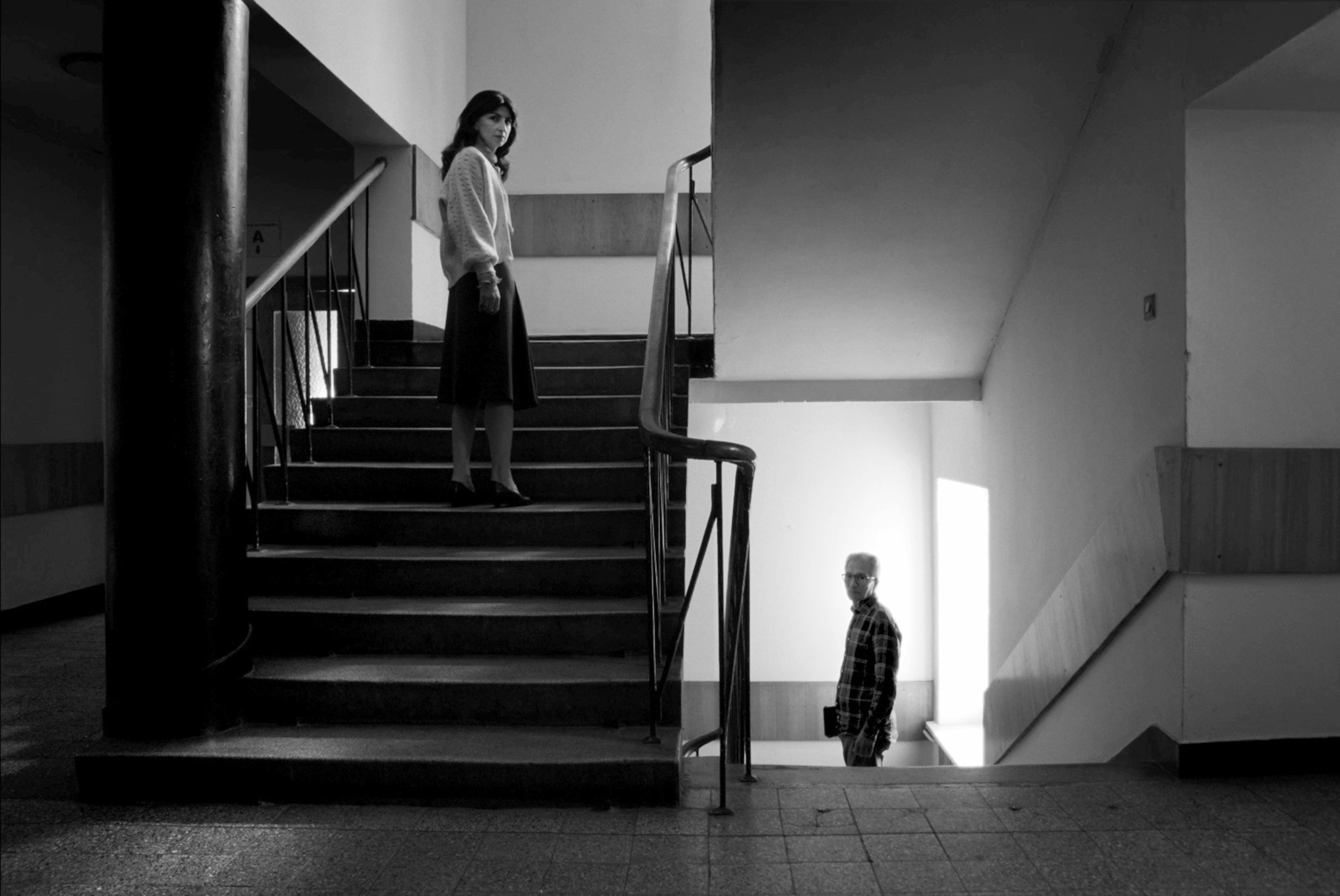
Retrospective Carolina Adriazola & José Luis Sepúlveda
Mitómana, José Luis Sepúlveda, Carolina Adriazola
Chile, 2009, Color, 100’
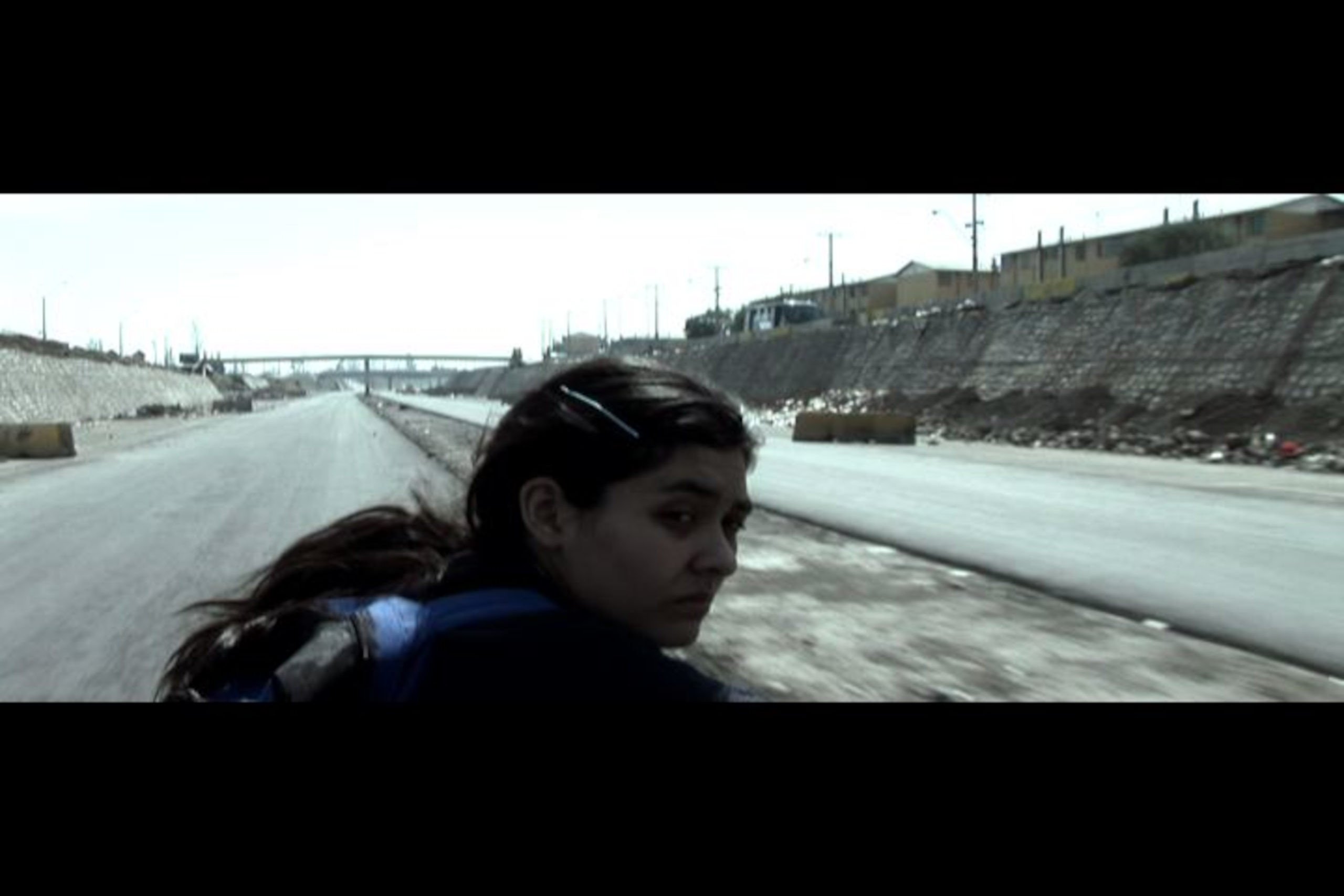
Other Gems
World Premiere
Moraine, Camille Llobet
France, 2025, Color, 12’
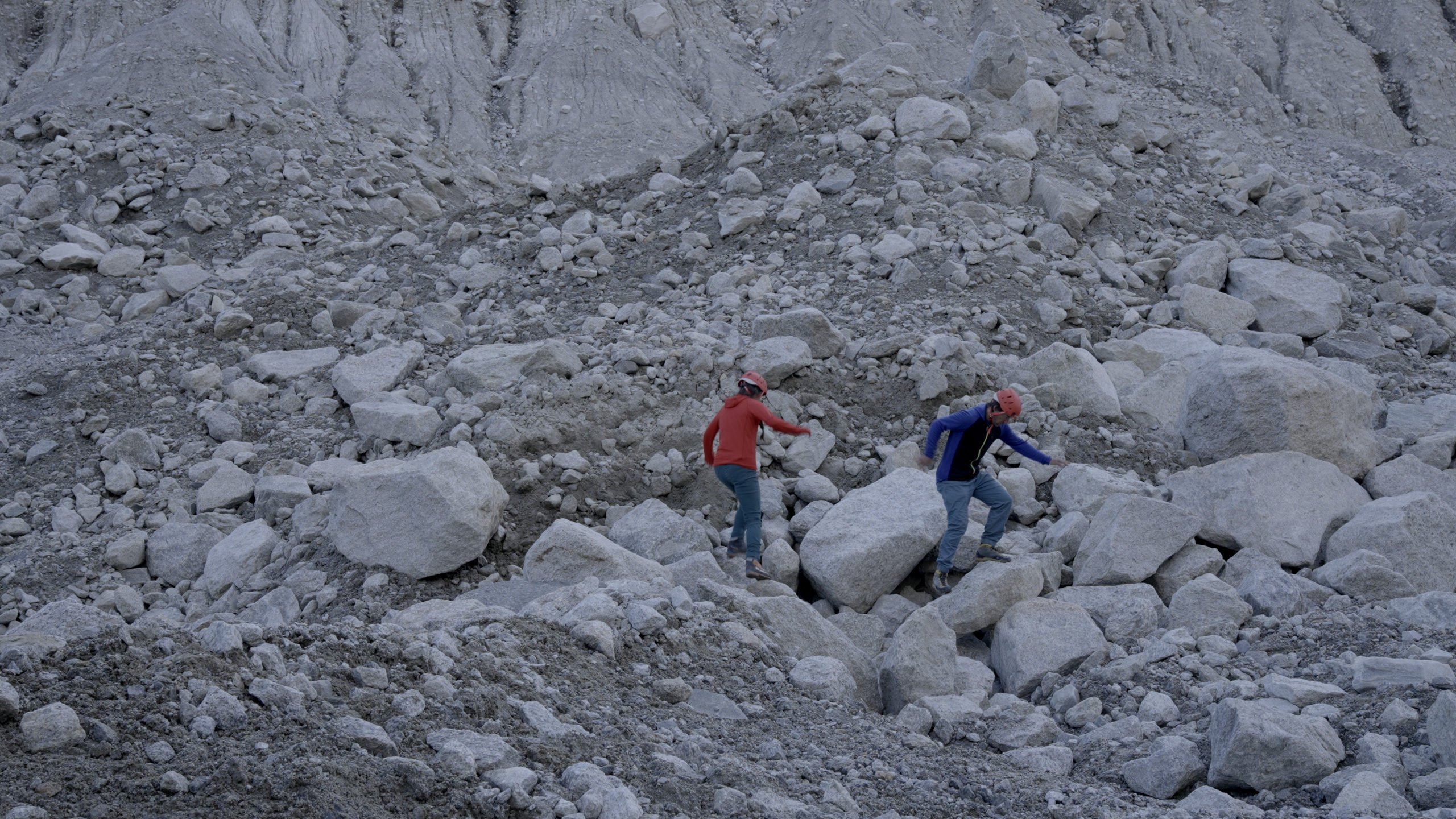
Ciné+ Competition, First Time at FID Pathway
French Premiere
Morlaix, Jaime Rosales
France, 2025, Color, Black and white, 120’
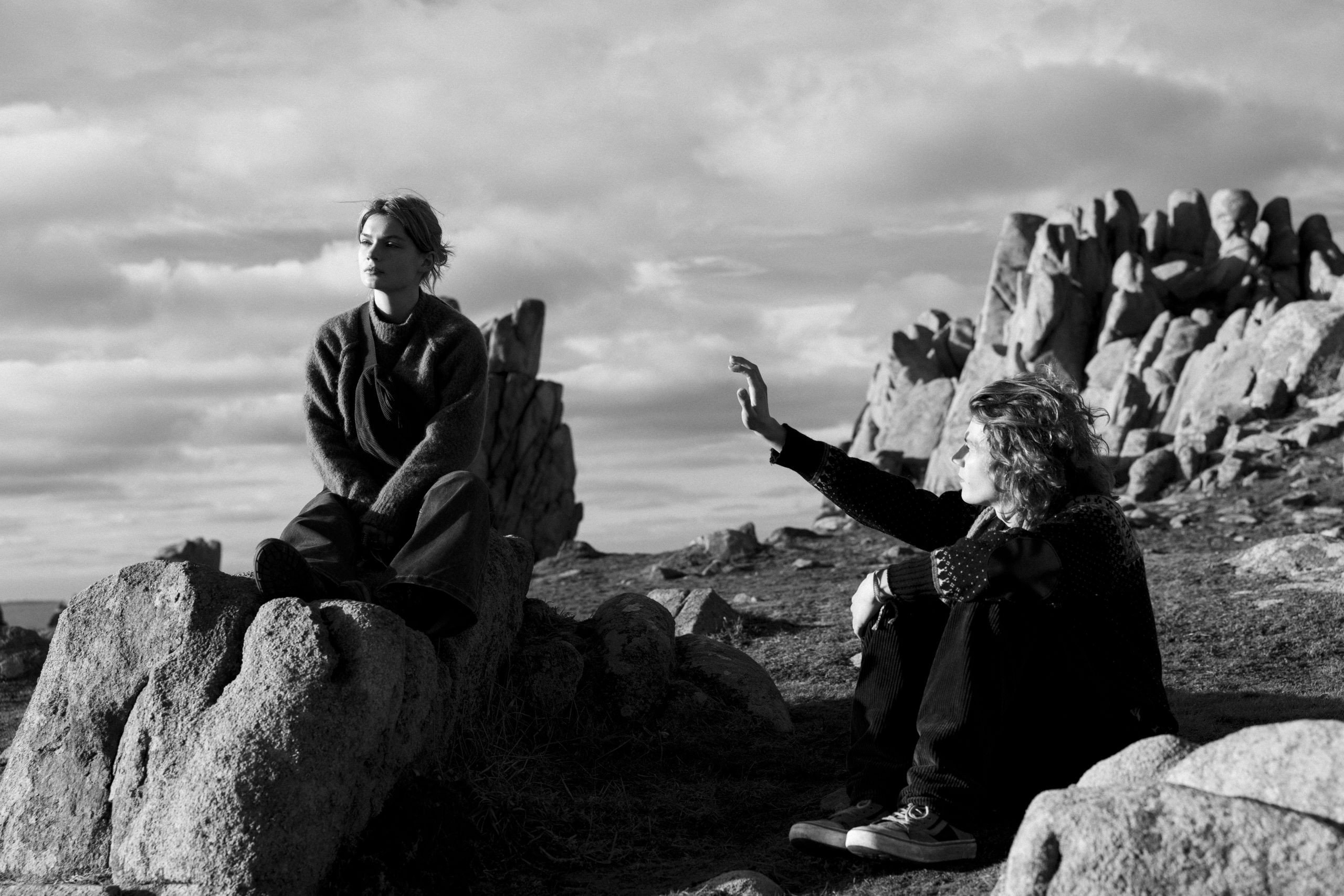
International Competition, Ciné+ Competition, First Time at FID Pathway, Youth pathway from age 14
World Premiere
Morte e vida Madalena, Guto Parente
Brazil, Portugal, 2025, Color, 85’

First Film Competition, Ciné+ Competition, First Time at FID Pathway, Youth pathway from age 14
World Premiere
Next Life, Tenzin Phuntsog
United States, Mexico, 2025, Color, 73’
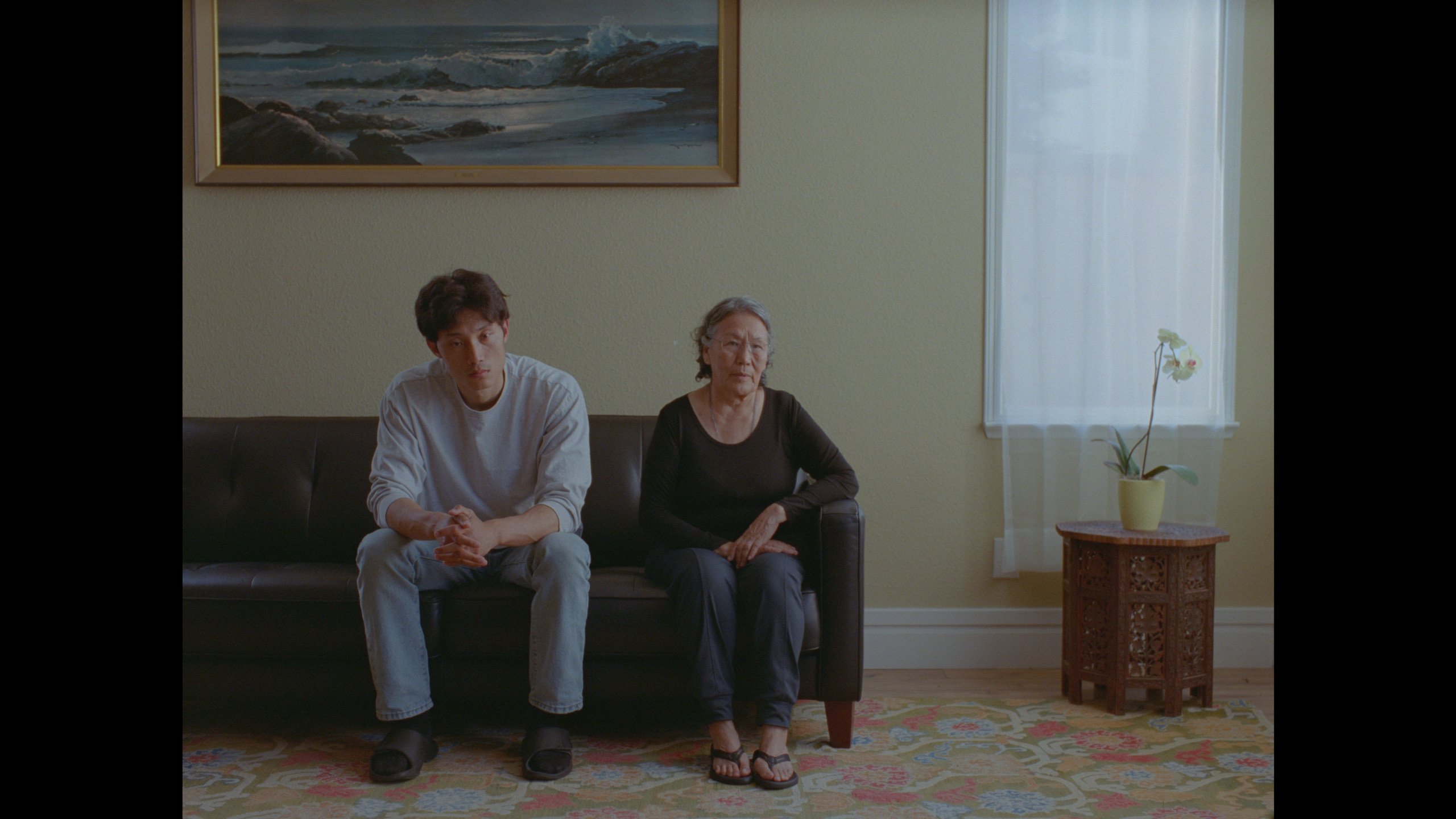
Young audience
French Premiere
Nos, Julia Marchowska
Poland, 2023, Color, 3’

Other Gems
World Premiere
No Title, Ghassan Salhab
Lebanon, 2025, Color, 42’
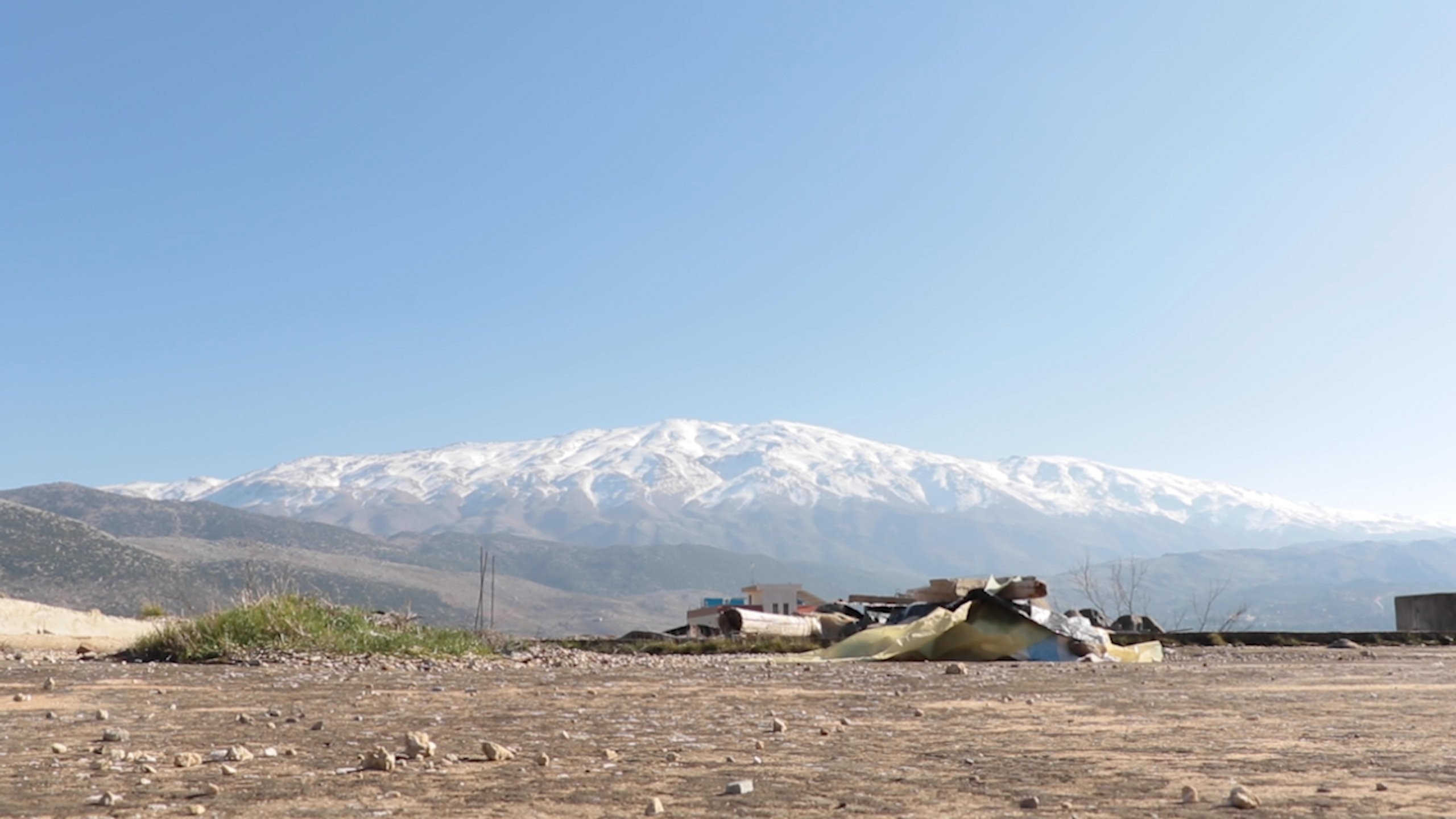
Other Gems
World Premiere
Notre père, Joris Lachaise
France, 2025, Color, Black and white, 49’
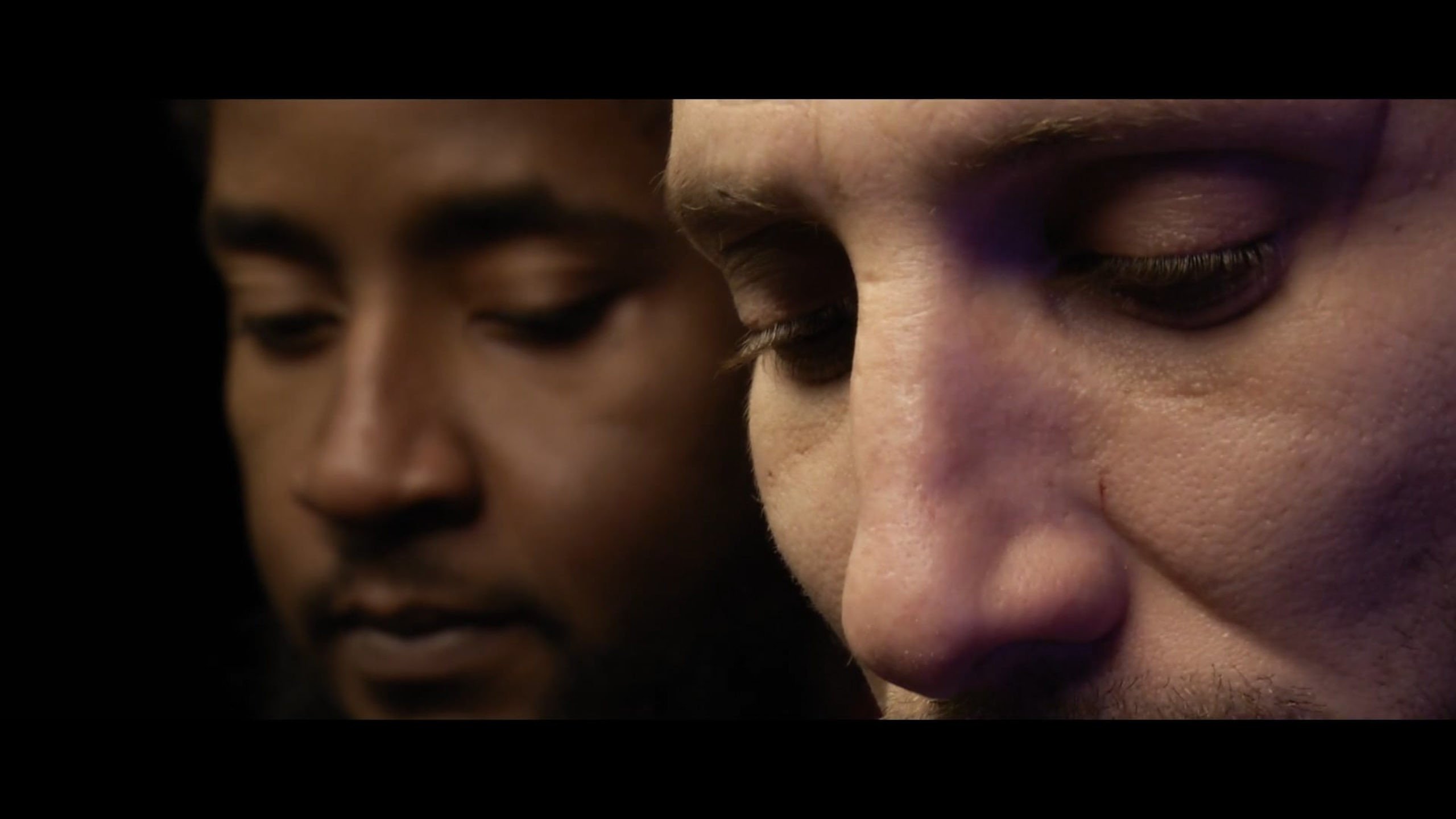
Flash Competition
World Premiere
Nsala, Mickael-Sltan Mbanza
Democratic Republic of Congo, 2025, Black and white, 10’
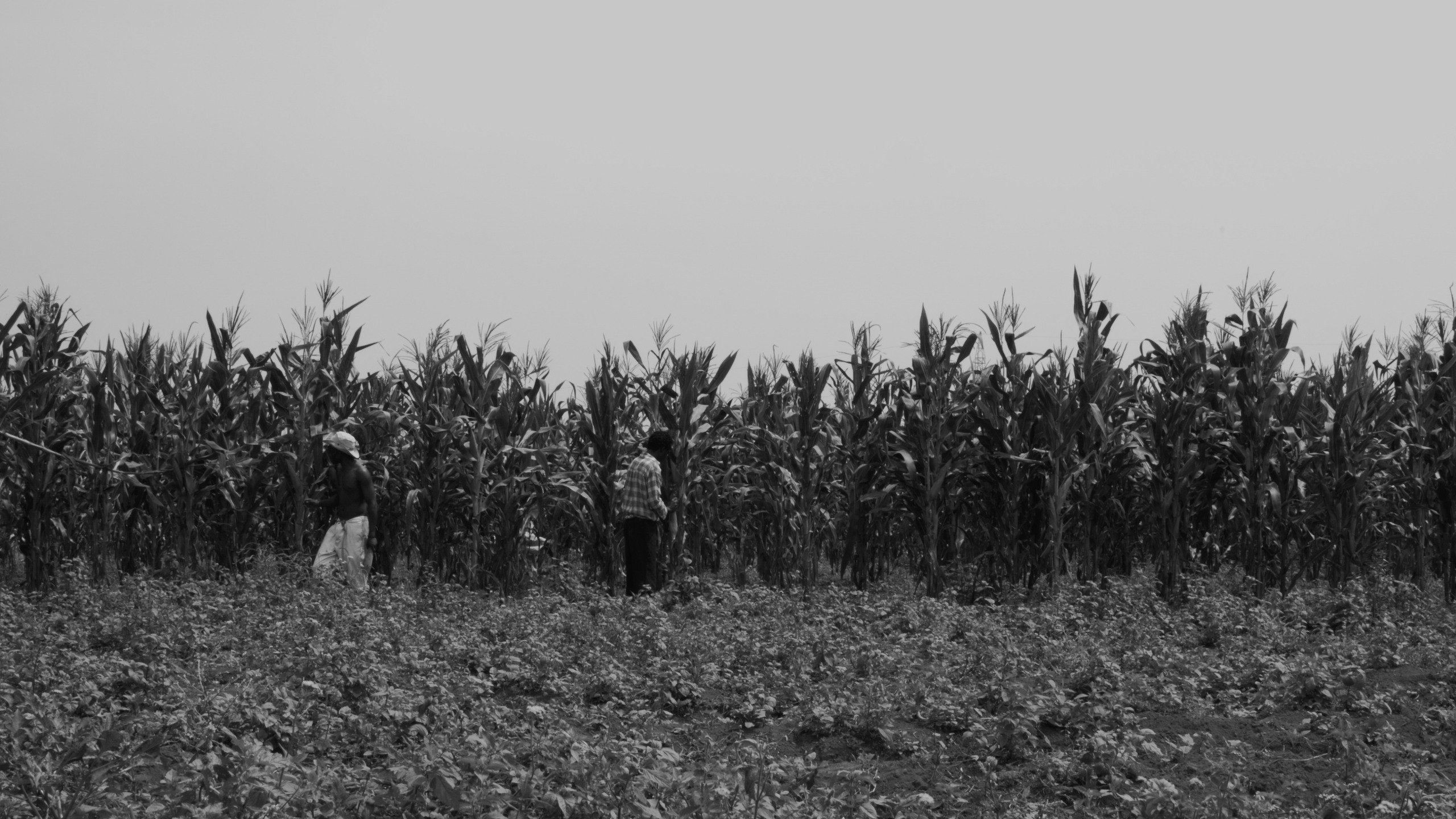
Retrospective Radu Jude
Nu aștepta prea mult de la sfârșitul lumii, Radu Jude
Romania, Luxembourg, France, Croatia, 2023, Color, Black and white, 163’
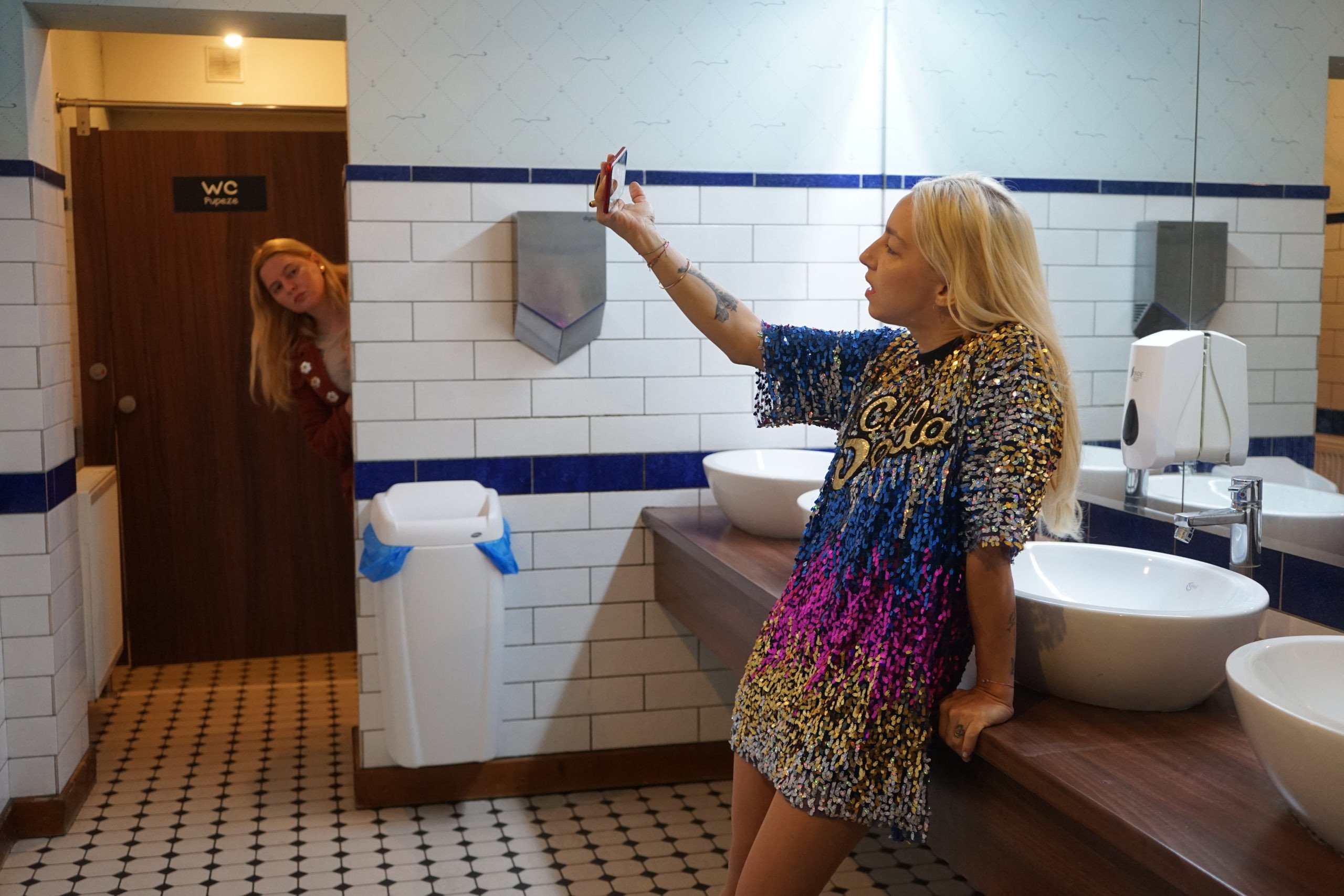
Other Gems, Youth pathway from age 14
World Premiere
Où sont nos feux d’artifices ?, Ateliers cinématographiques Film Flamme
France, 2025, Color, 20’
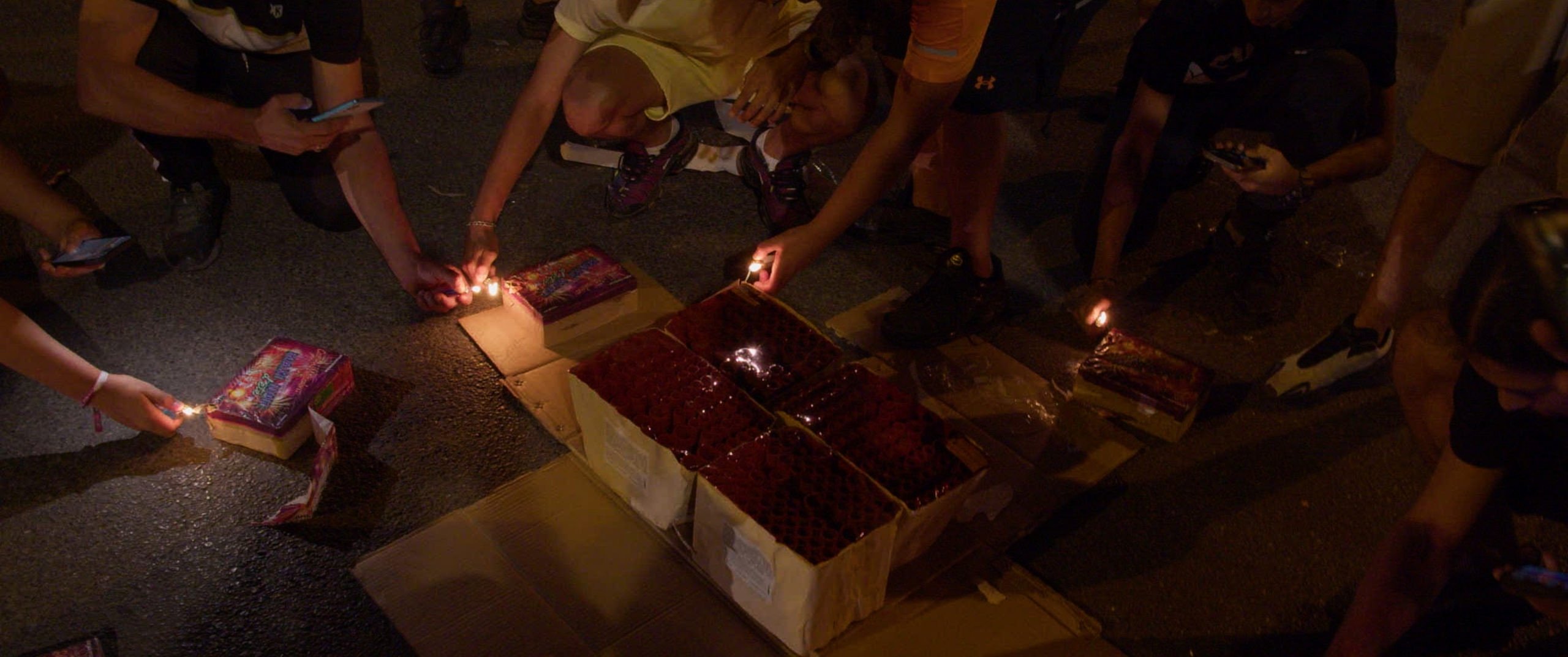
Other Gems
World Premiere
One Power for All the Land, Declan Clarke
Ireland, 2024, Color, Black and white, 46’

Other Gems
World Premiere
On me bouscule : mais suis-je encore de ce monde, Pierre Louapre
France, 2025, Color, 57’
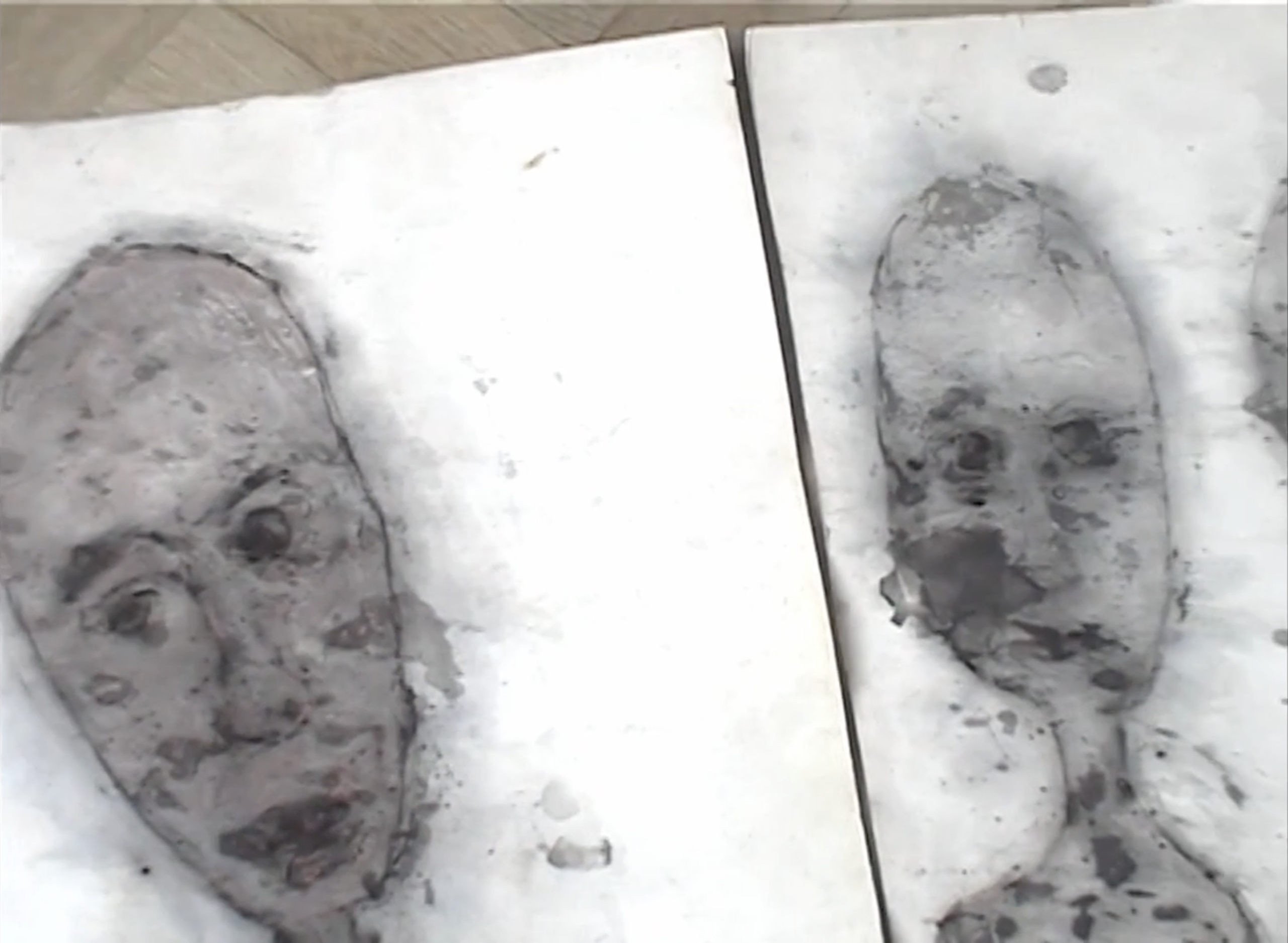
Special Screenings
French Premiere
Oskolky, Masha Chernaya
Georgia, Germany, 2024, Color, 90’
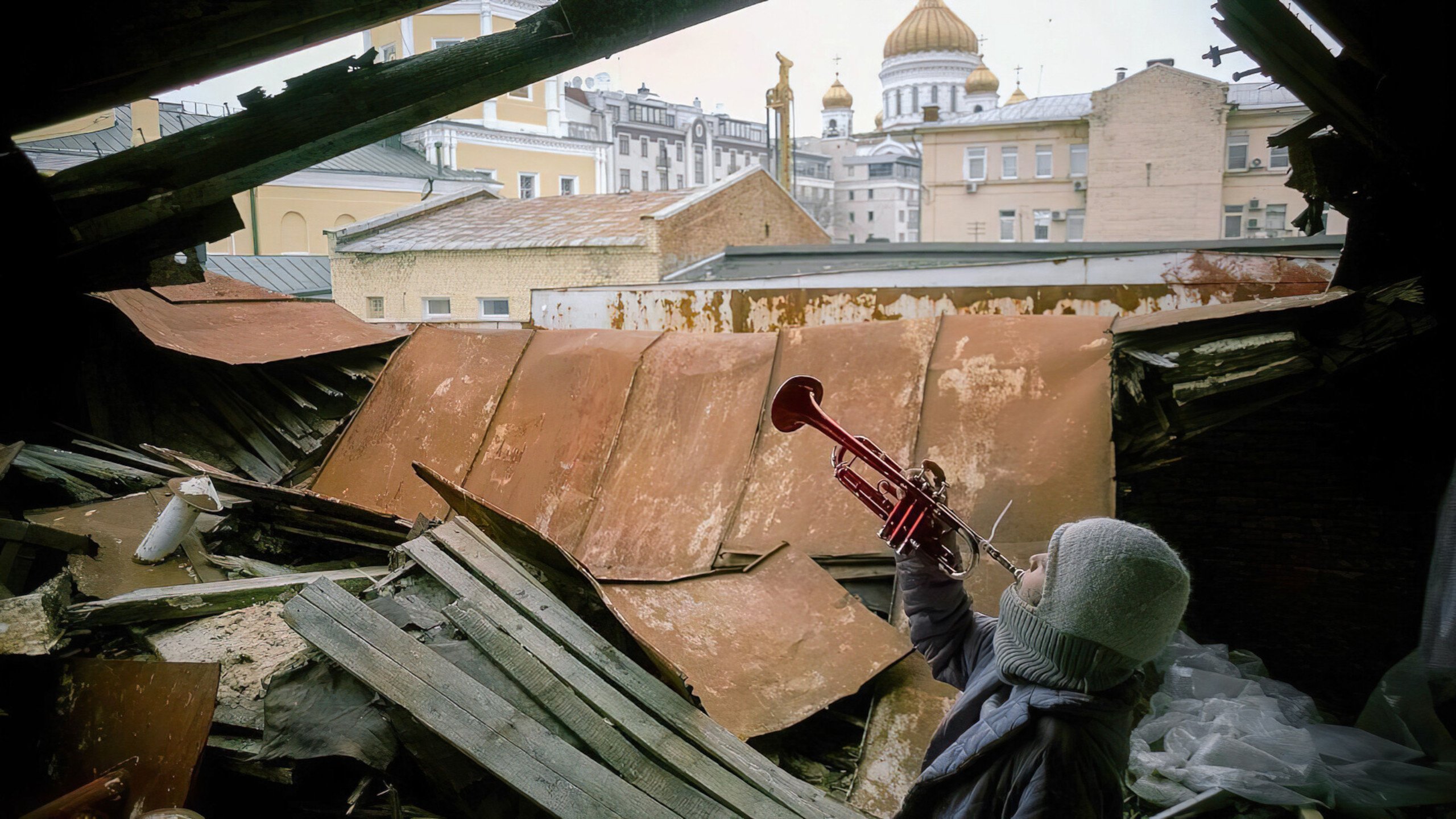
Other Gems, First Time at FID Pathway
World Premiere
Ours, César Vayssié
France, 2025, Color, 36’
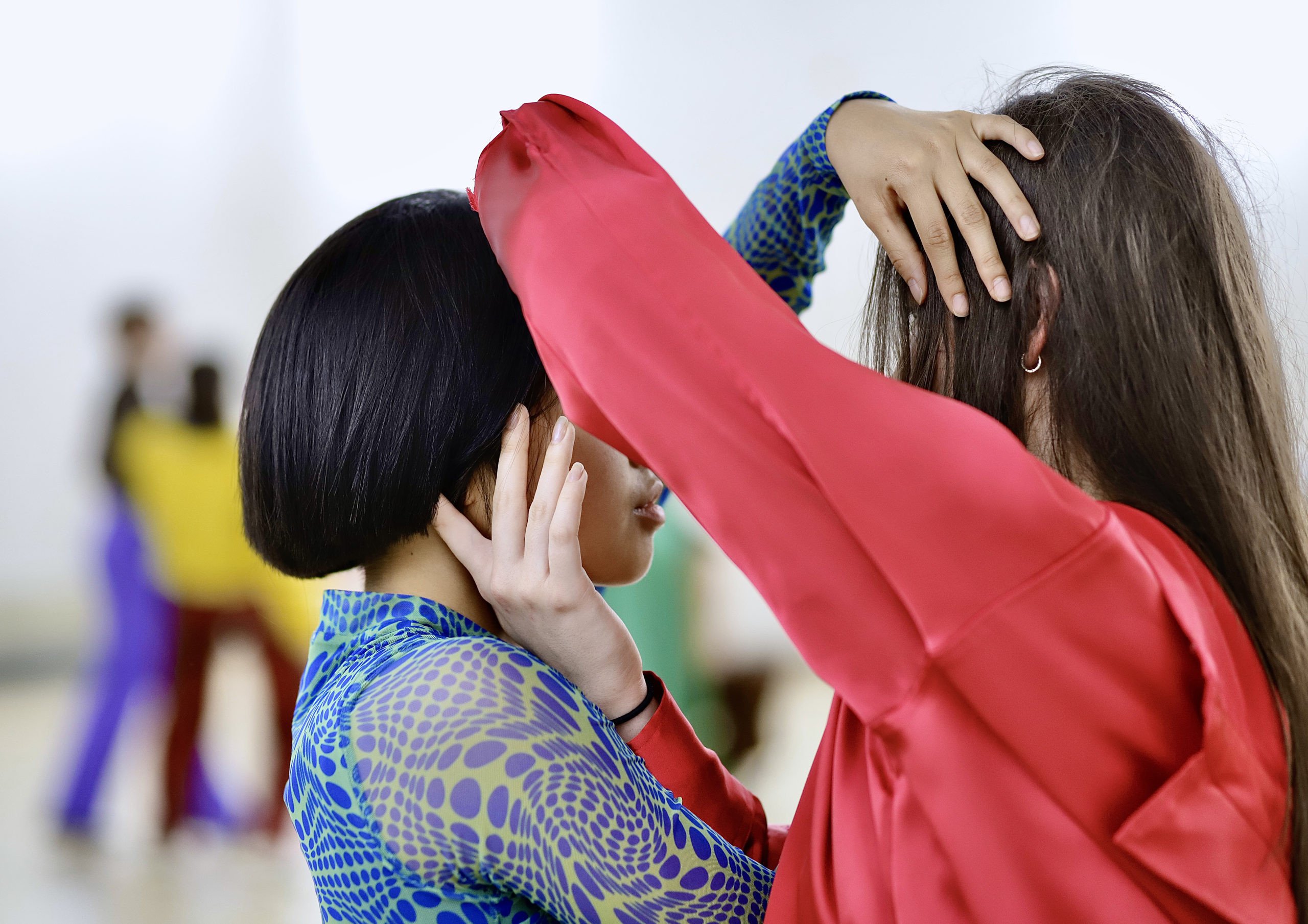
Young audience
French Premiere
Owieczność, Natan L. Bohdanowicz
Poland, 2023, Color, 5’
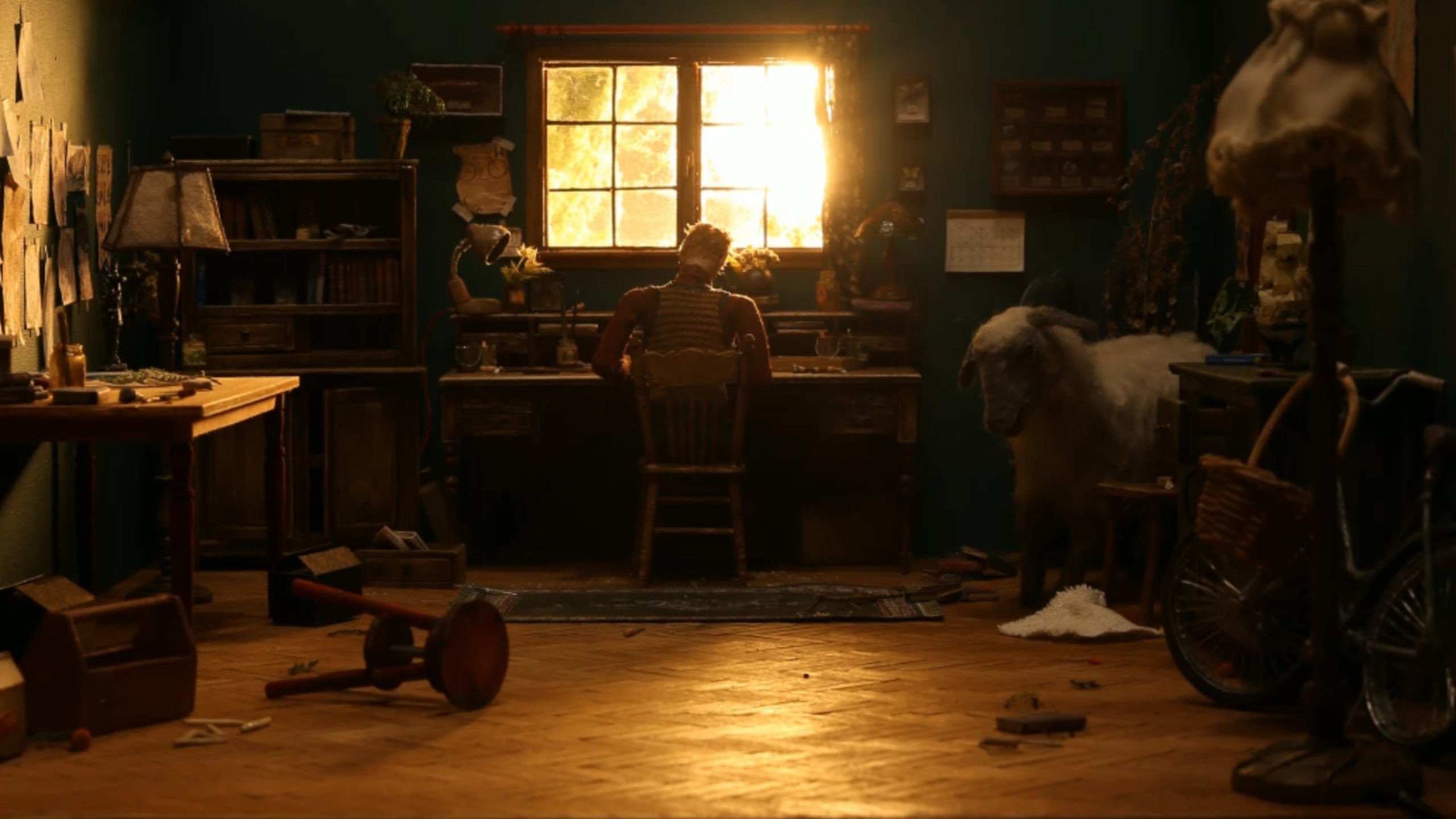
Young audience
International Premiere
Płaszczak, Monika Likus
Poland, 2021, Color, 5’
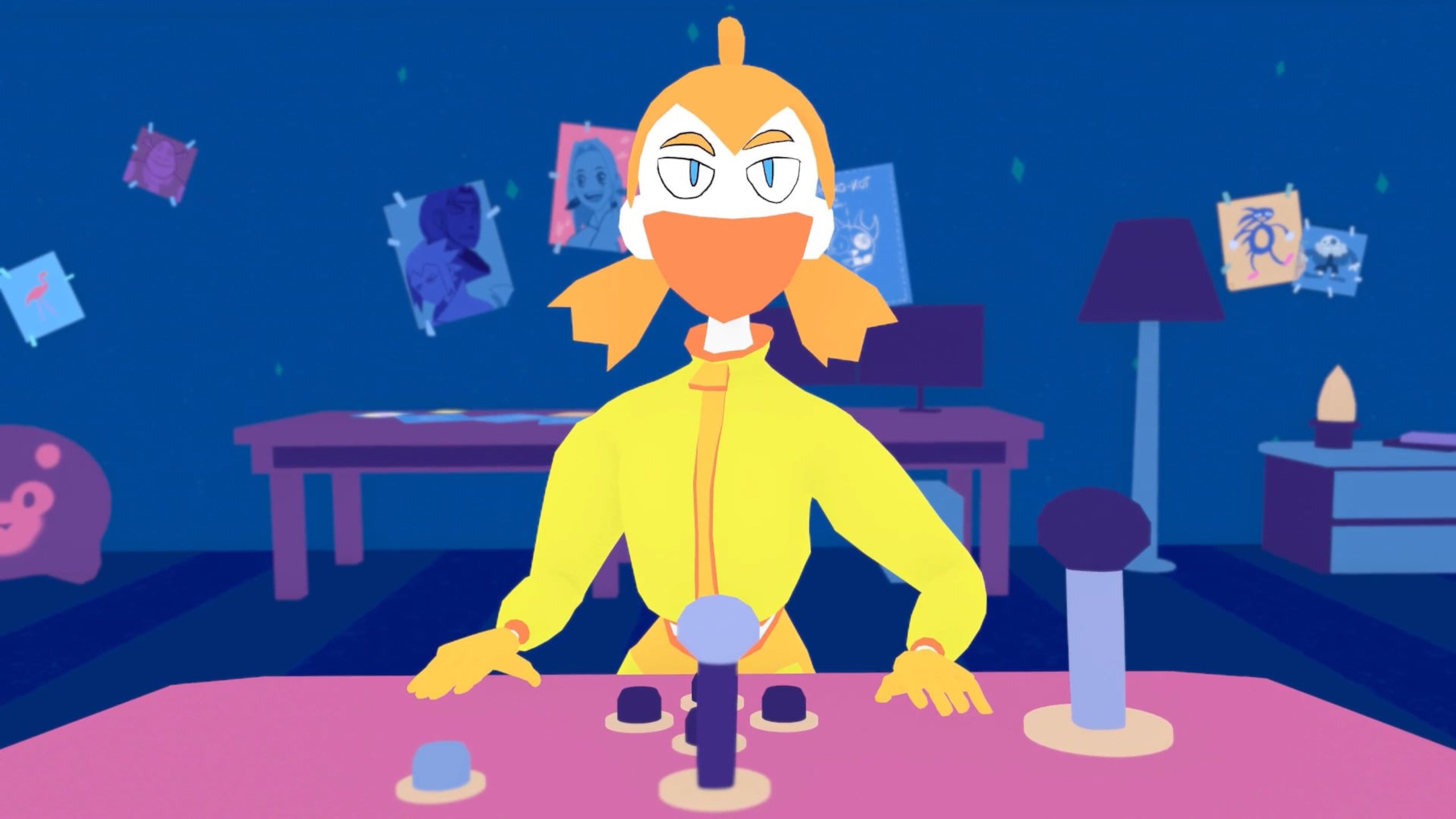
Retrospective Radu Jude
Plastic Semiotic, Radu Jude
Romania, 2021, Color, 22’

Other Gems
World Premiere
Poétique de l’eau, Christine Baudillon
France, 2025, Color, 60’

Other Gems
World Premiere
Pologne contre histoire, Joanna Grudzinska
France, Poland, 2025, Color, 70’
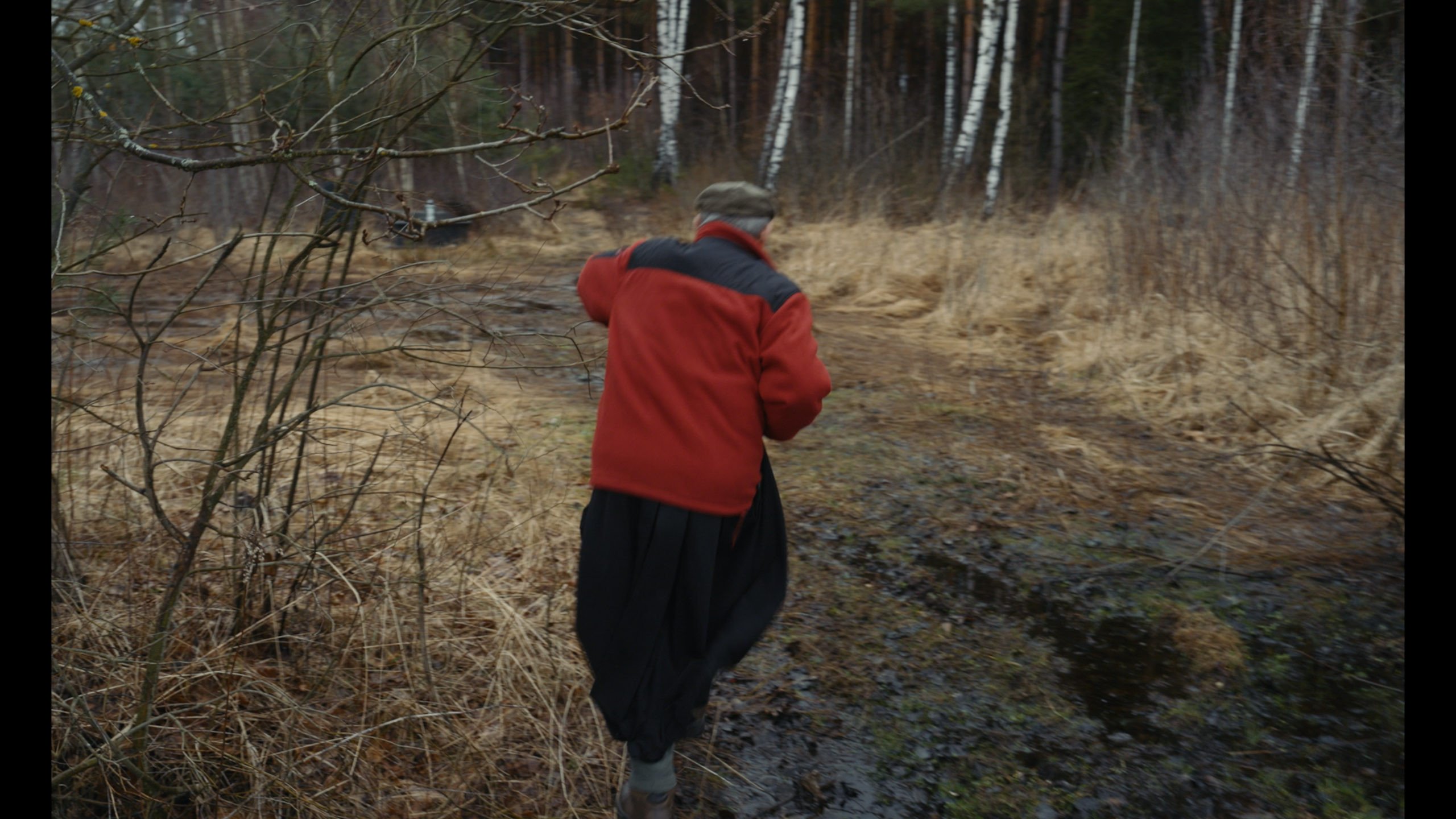
Retrospective Radu Jude
Potemkiniștii, Radu Jude
Romania, 2022, Color, 18’

French Competition
World Premiere
Préhistoires, Laurent Krief
France, 2025, Color, Black and white, 87’
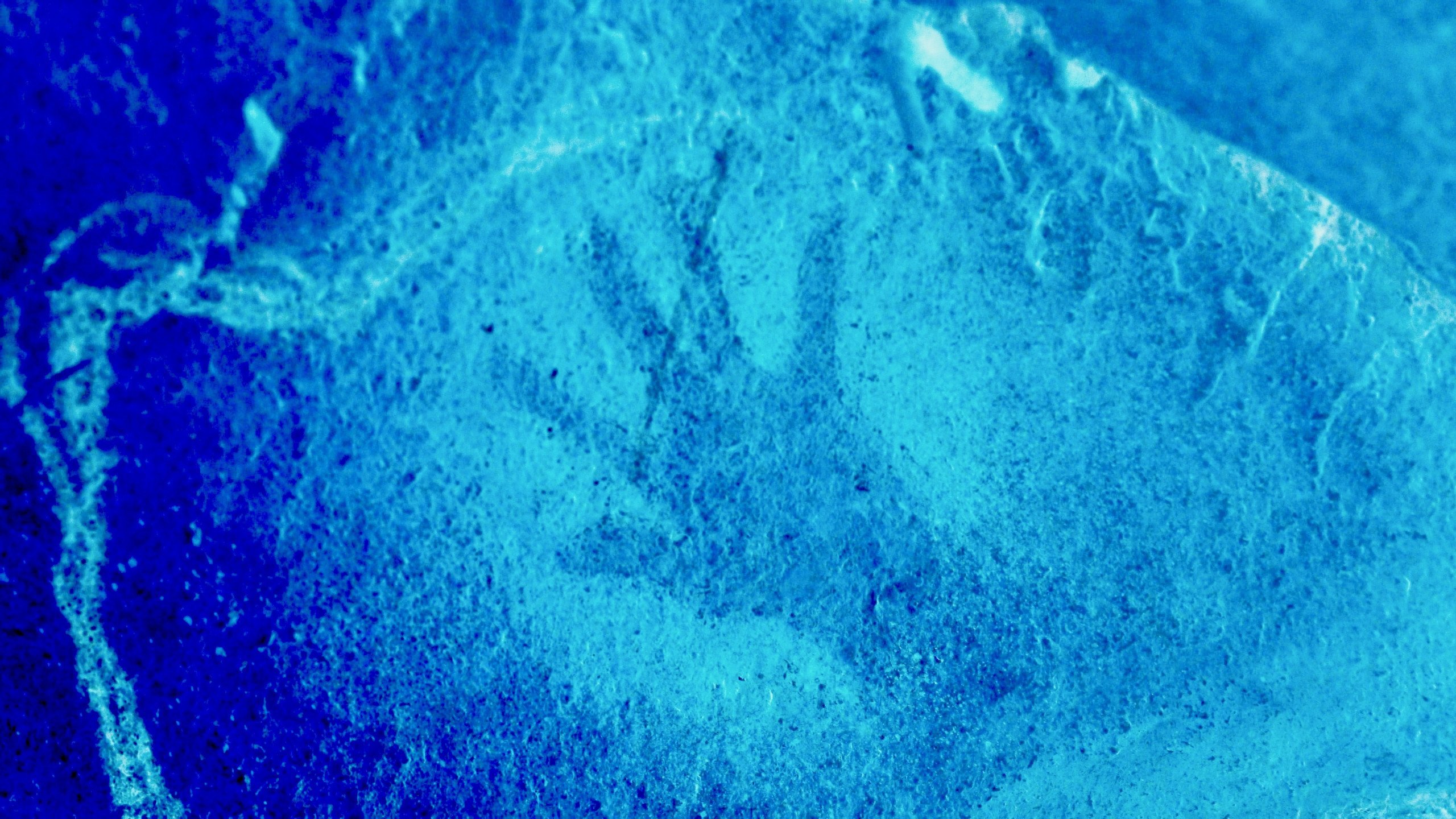
Flash Competition
World Premiere
Primate Visions; Macaque Macabre, Natasha Tontey
Indonesia, Switzerland, 2024, Color, 33’

Events
Screenings and awards ceremony « À Première Vue »
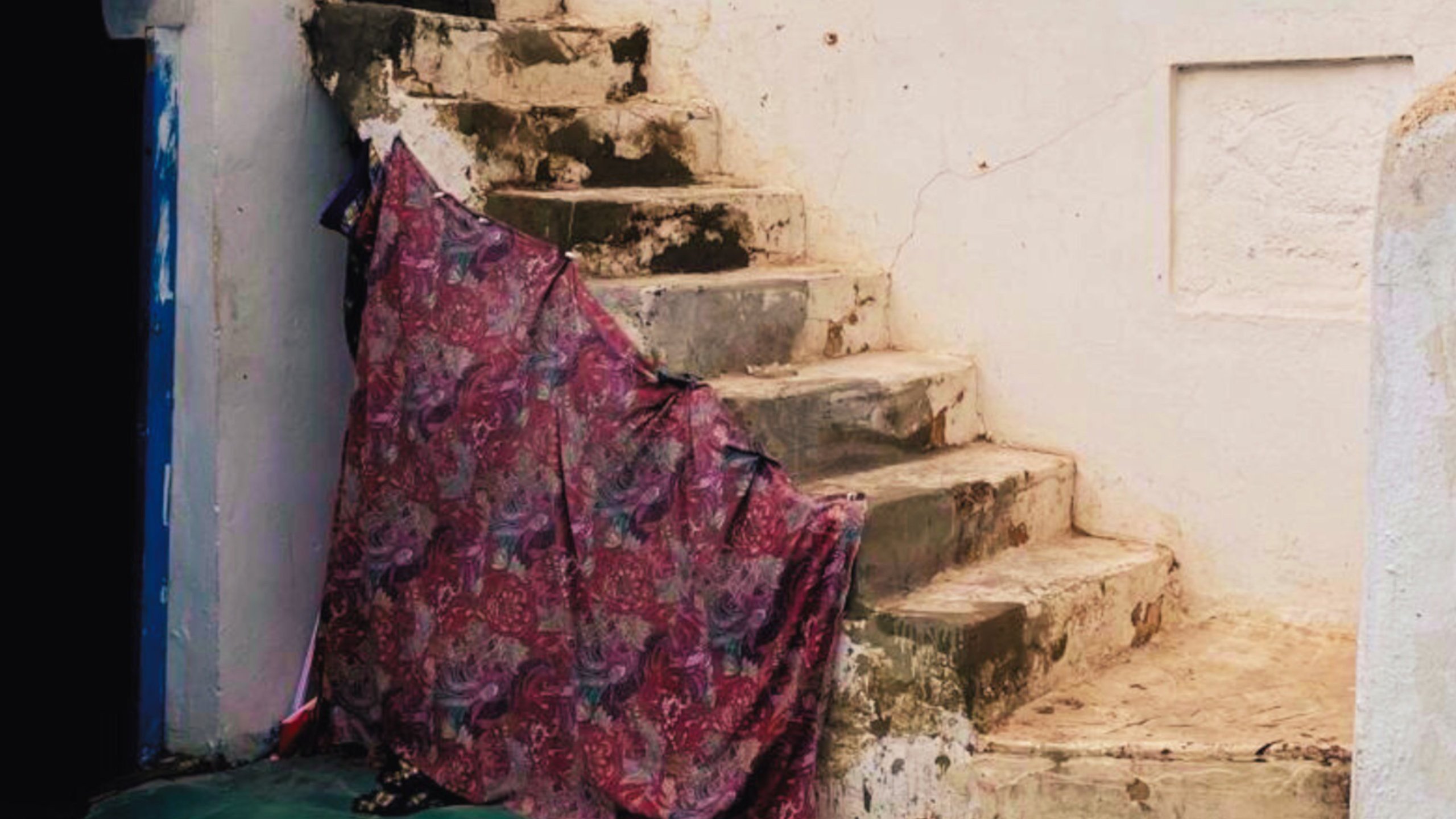
Retrospective Carolina Adriazola & José Luis Sepúlveda
Residency at Dos Mares
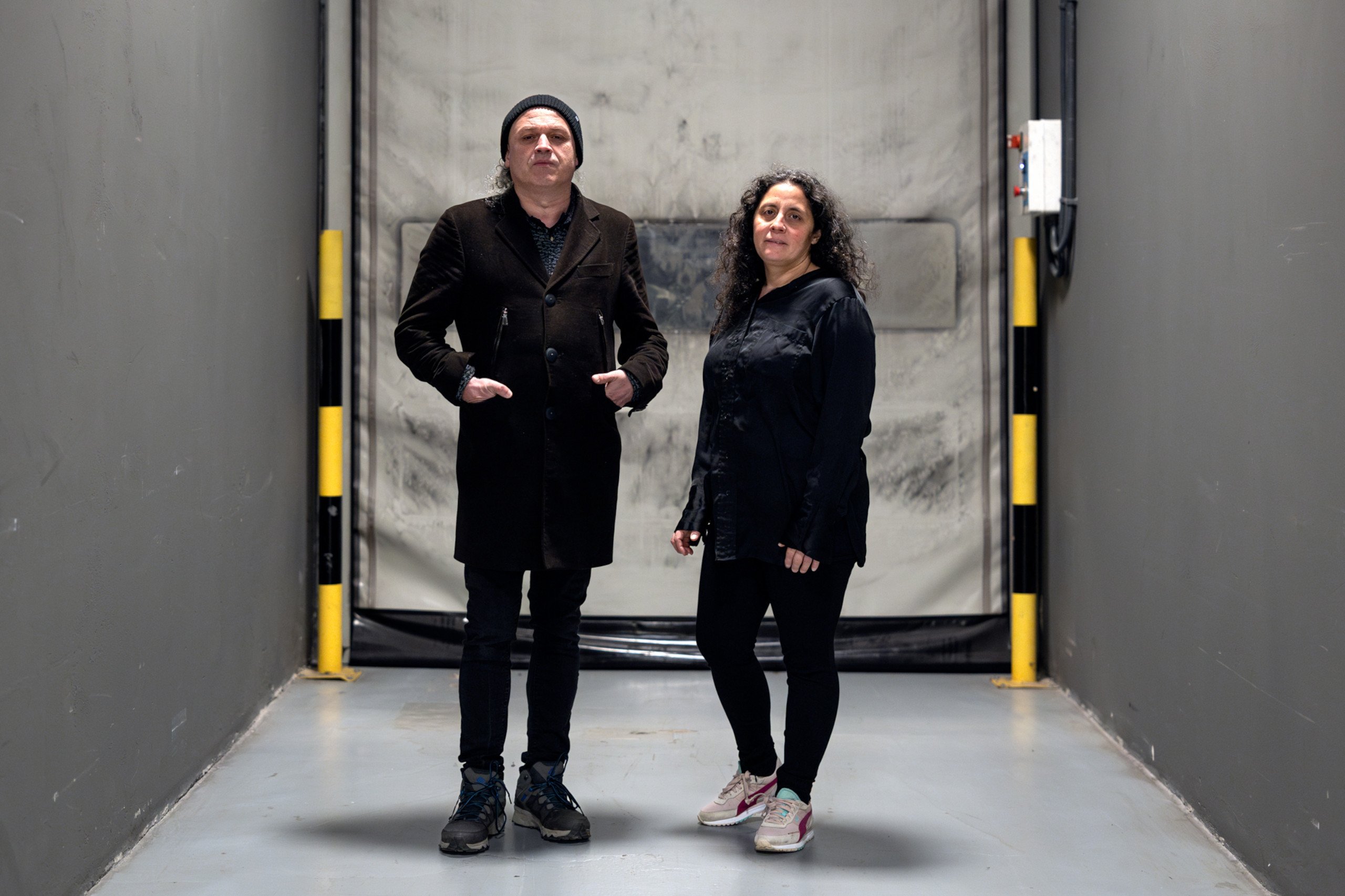
Young audience
European Premiere
Raszka, Olha Cherpak
Poland, 2023, Color, 5’

Other Gems
World Premiere
Regardez l’arbre, Antonin Ivanidzé
France, 2025, Color, 17’
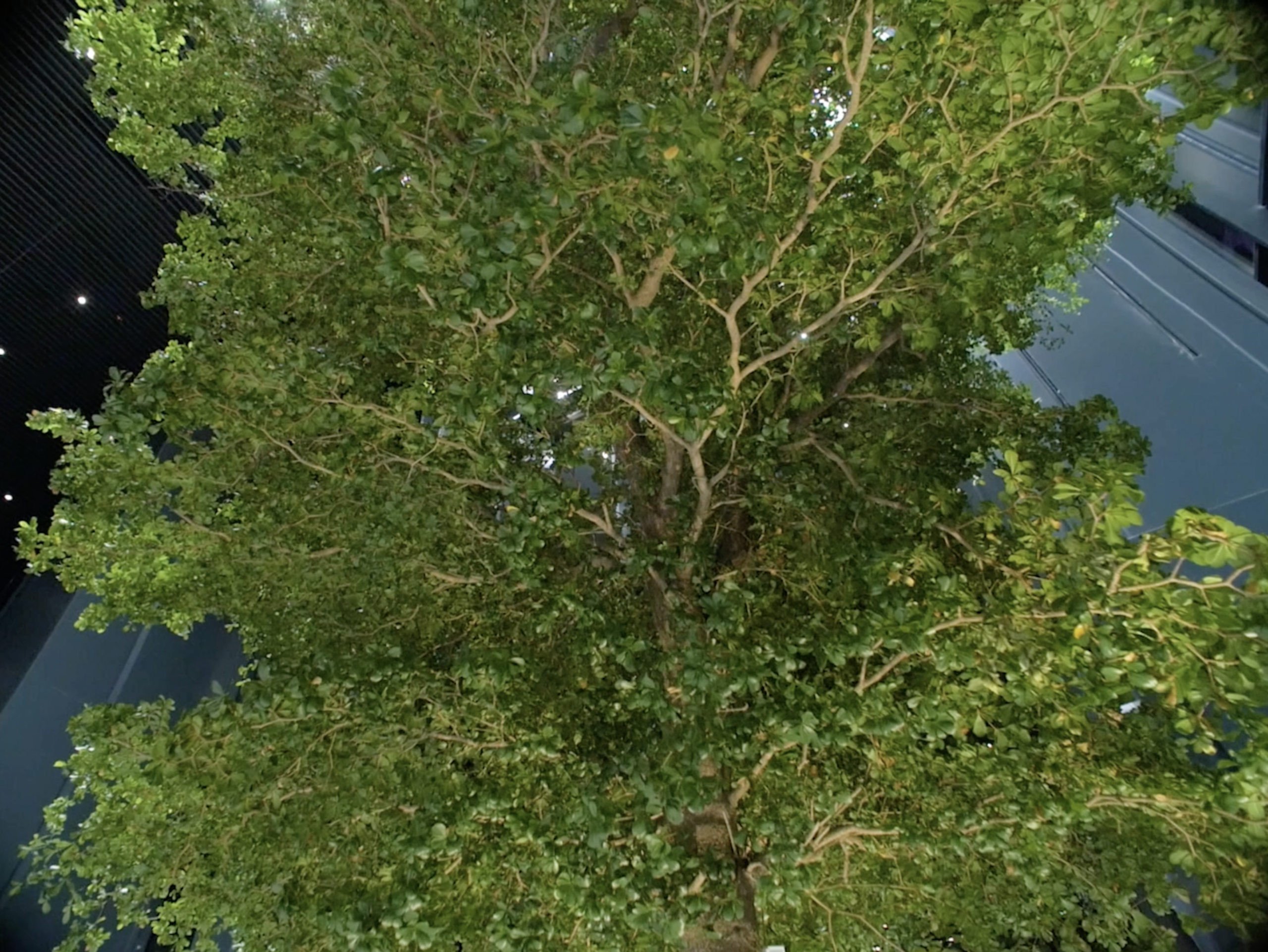
Other Gems
World Premiere
Requiem, Jean-Claude Rousseau
France, 2025, Color, 10’
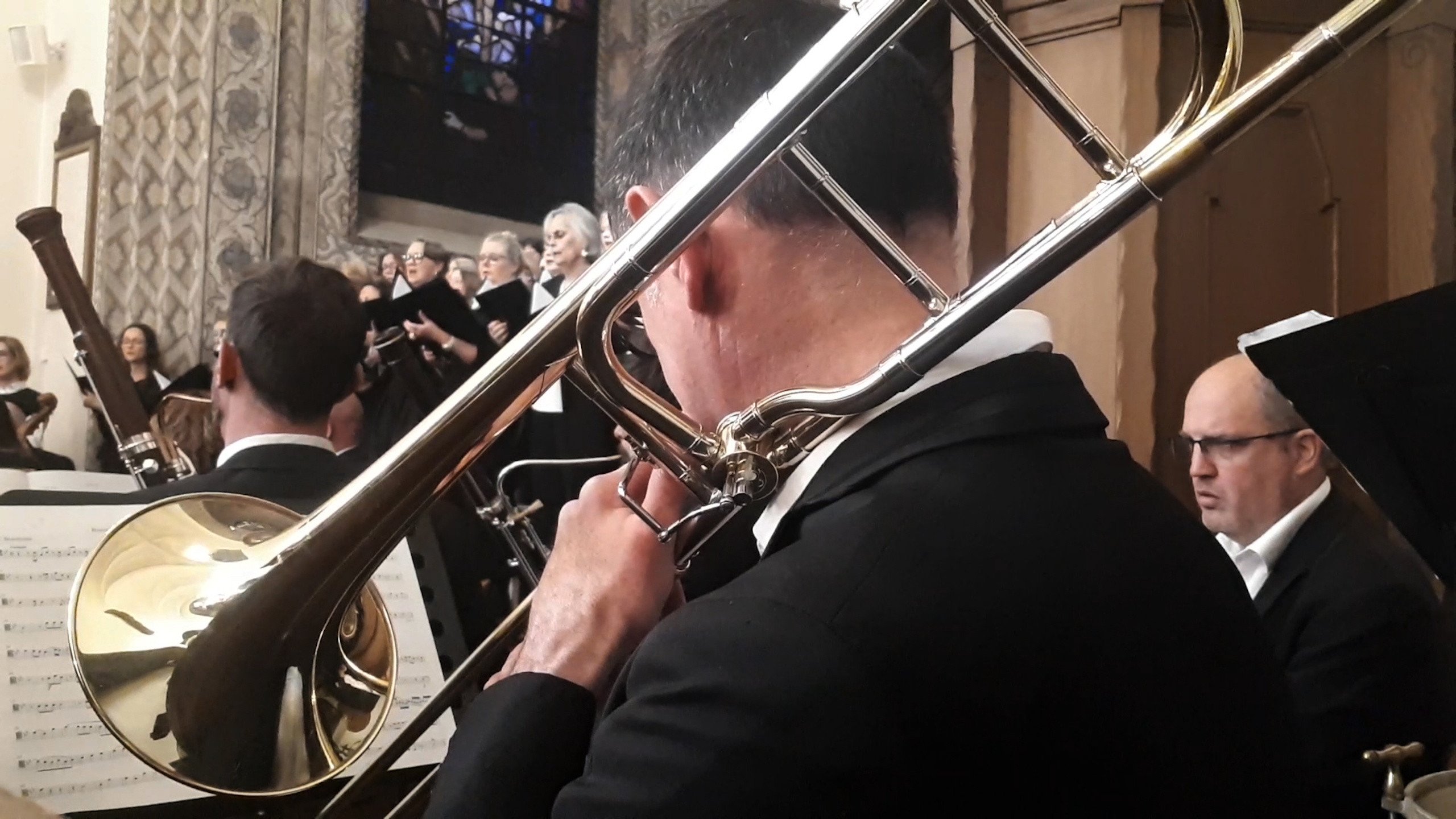
International Competition
World Premiere
Revelations of Divine Love, Caroline Golum
United States, 2025, Color, 73’
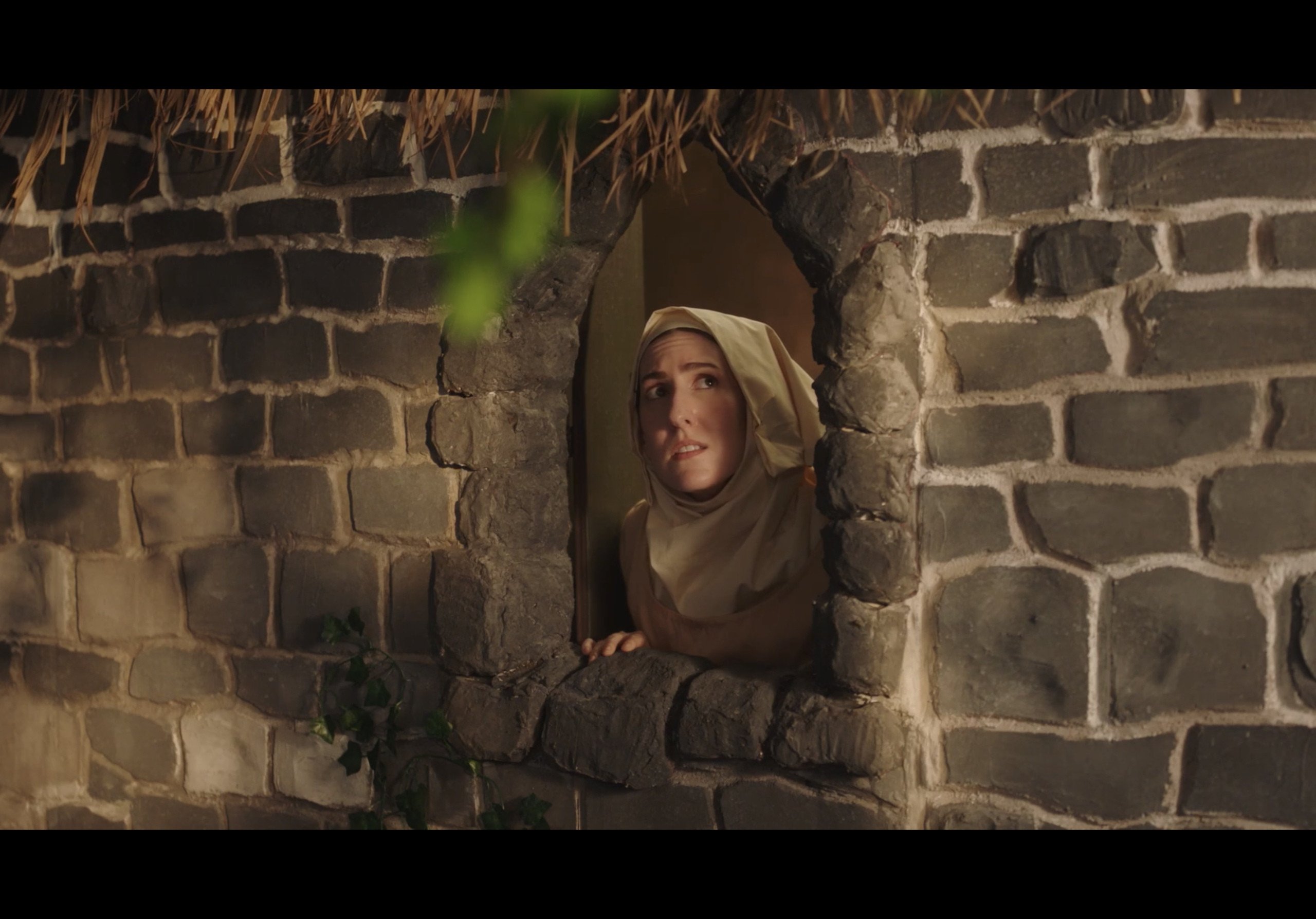
Retrospective Carolina Adriazola & José Luis Sepúlveda
International Premiere
Santiago, José Luis Sepúlveda
Chile, 2013, Color, 8’

French Competition, First Film Competition, First Time at FID Pathway
World Premiere
si nous habitons un éclair, Louise Chevillotte
France, 2024, Color, 77’
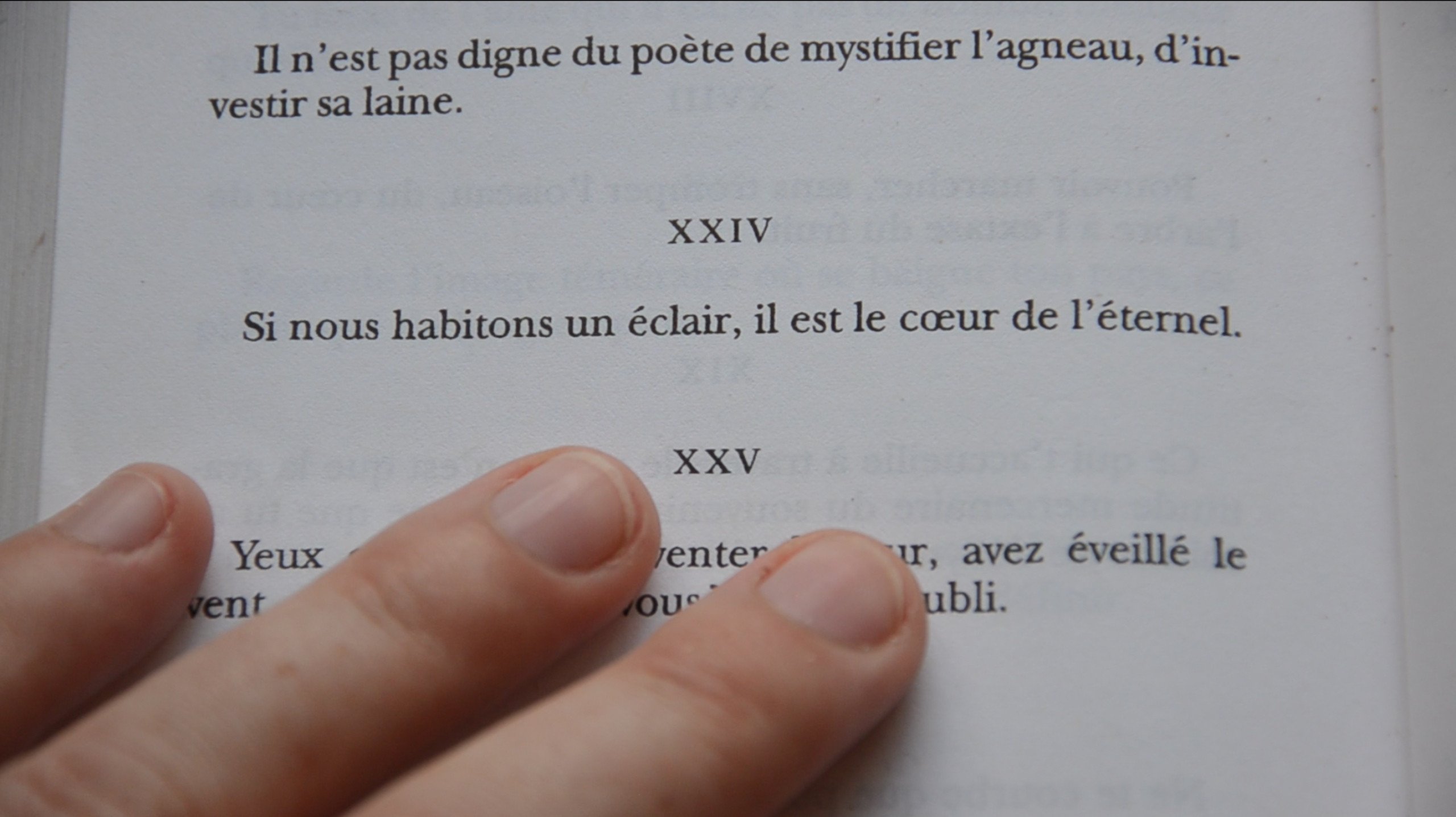
French Competition
World Premiere
Si petite, Jacques Meilleurat
France, 2025, Black and white, 49’
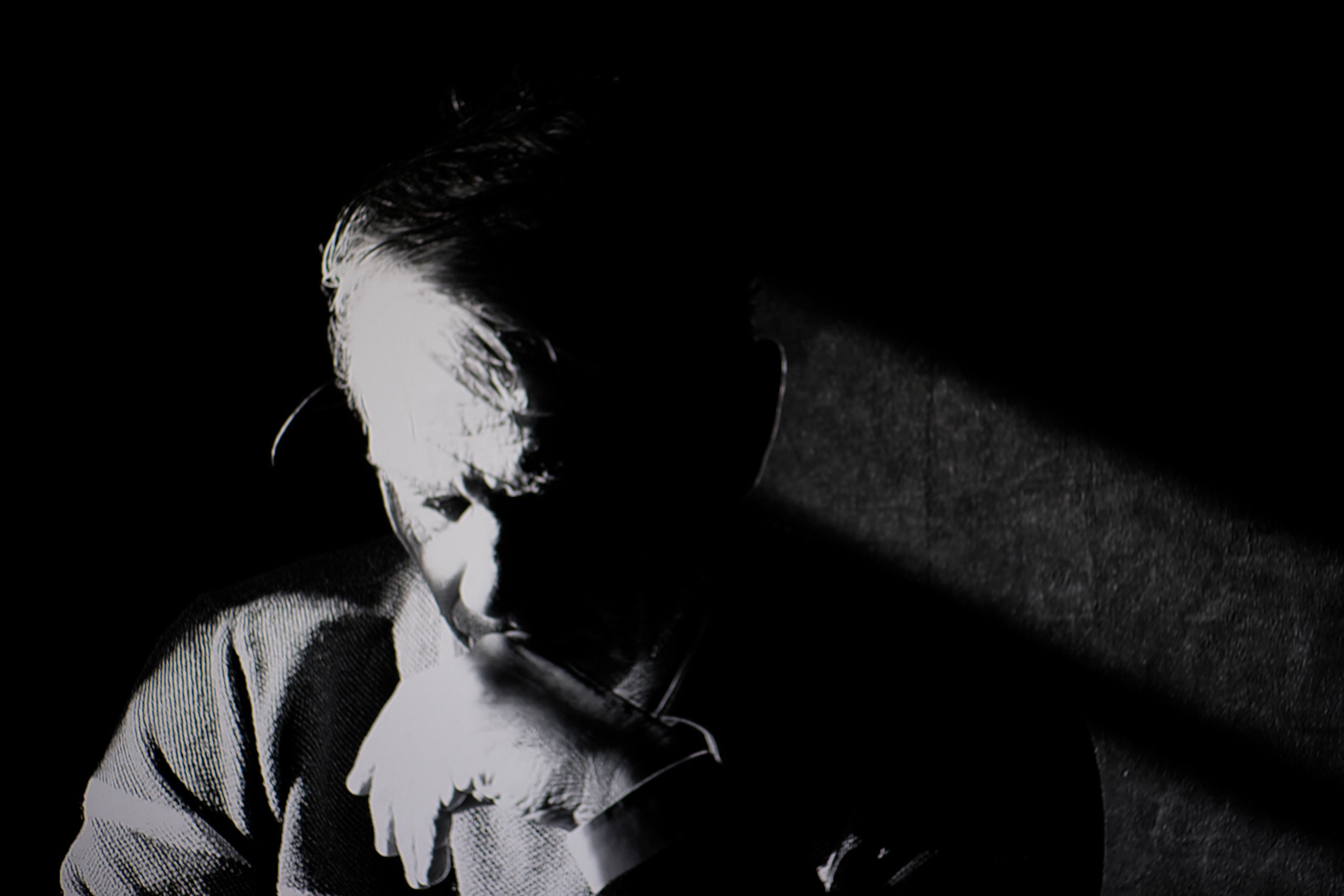
Ciné+ Competition
French Premiere
Sirens Call, Miri Ian Gossing, Lina Sieckmann
Germany, Netherlands, 2025, Color, 121’
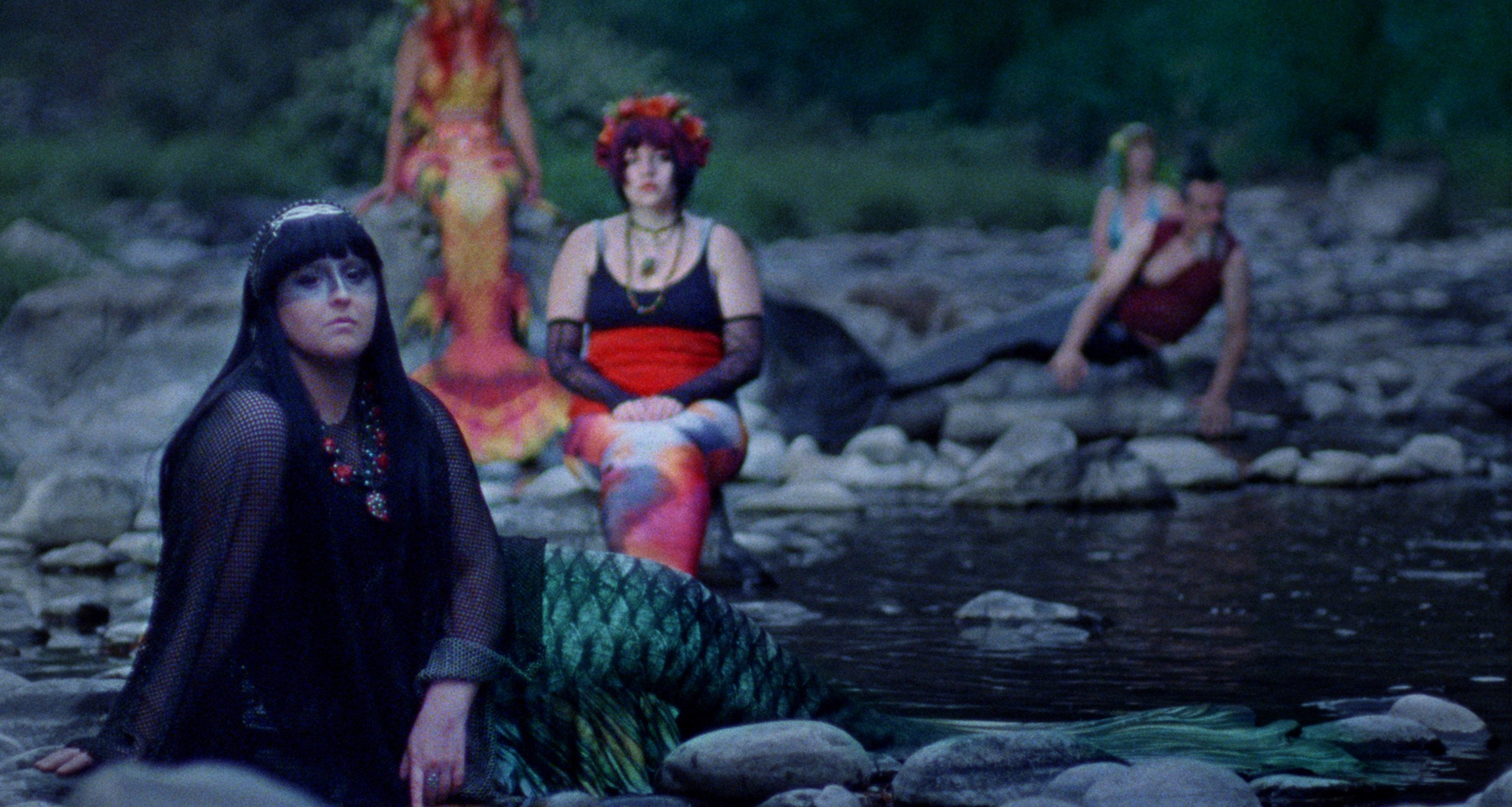
Flash Competition, Youth pathway from age 14
World Premiere
Some of You Fucked Eva, Lilith Grasmug
France, 2025, Color, 15’
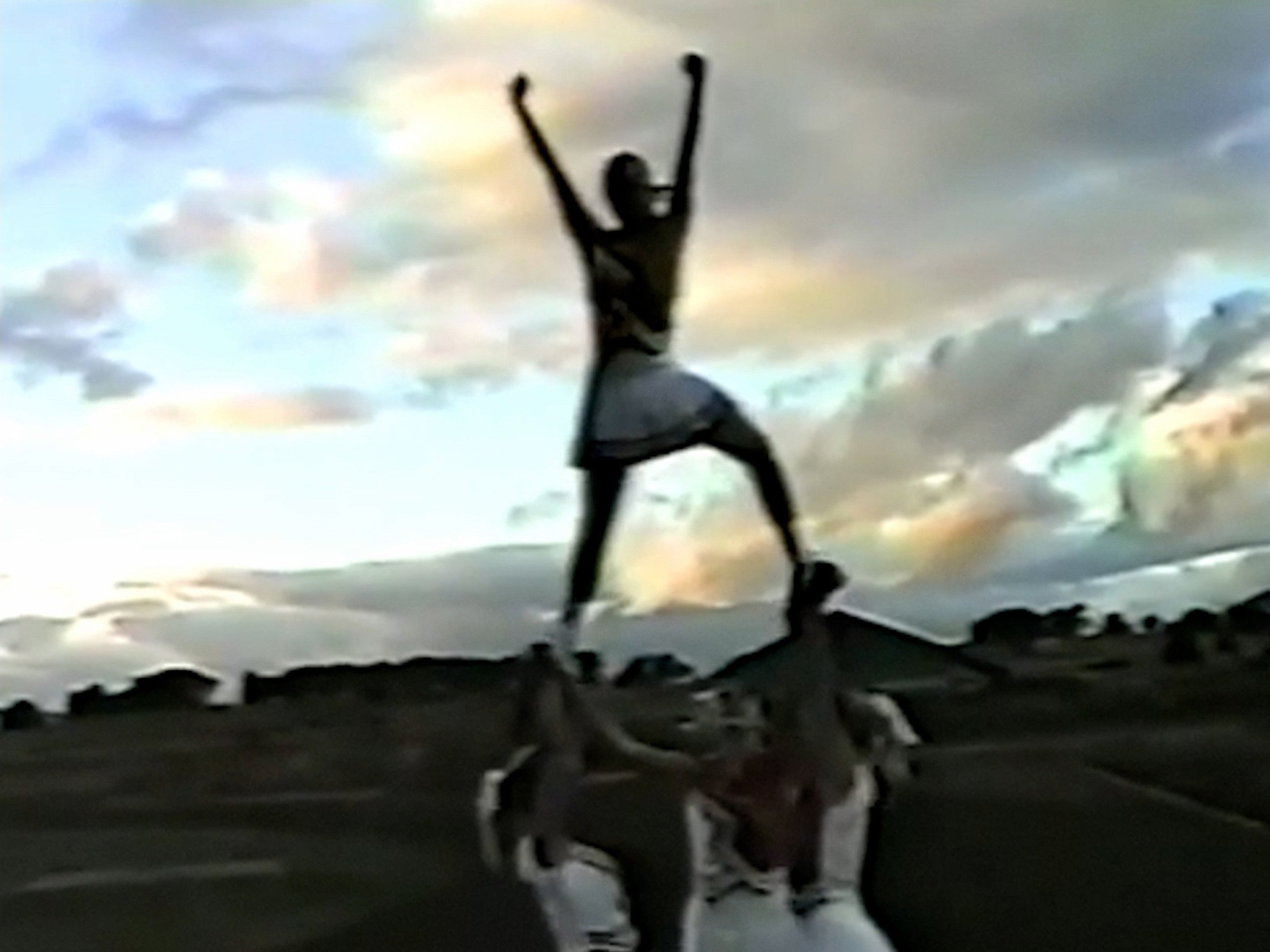
Some strings
Some strings
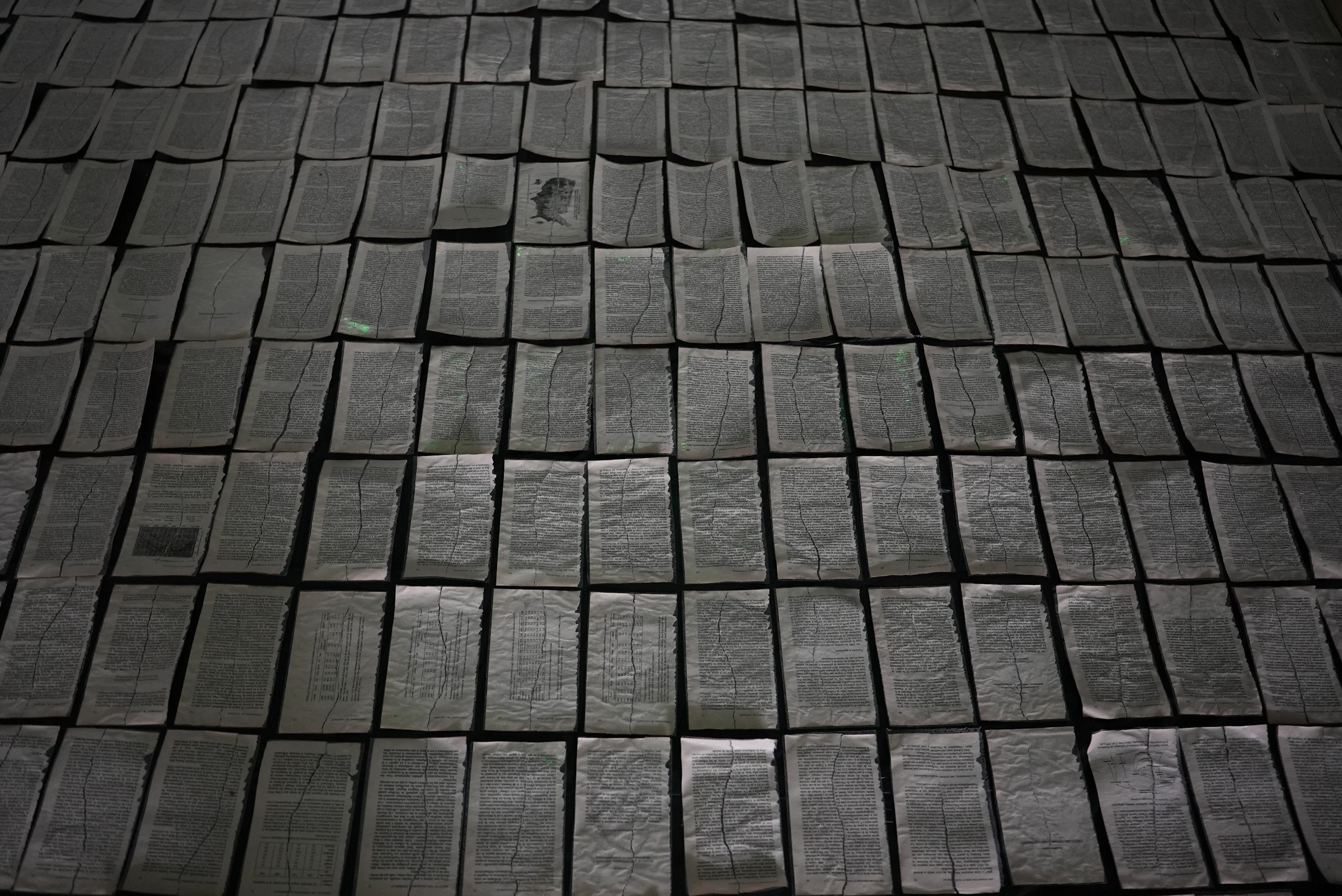
Other Gems, First Time at FID Pathway
World Premiere
Still Life Primavera, Pierre Creton
France, 2025, Color, 24’
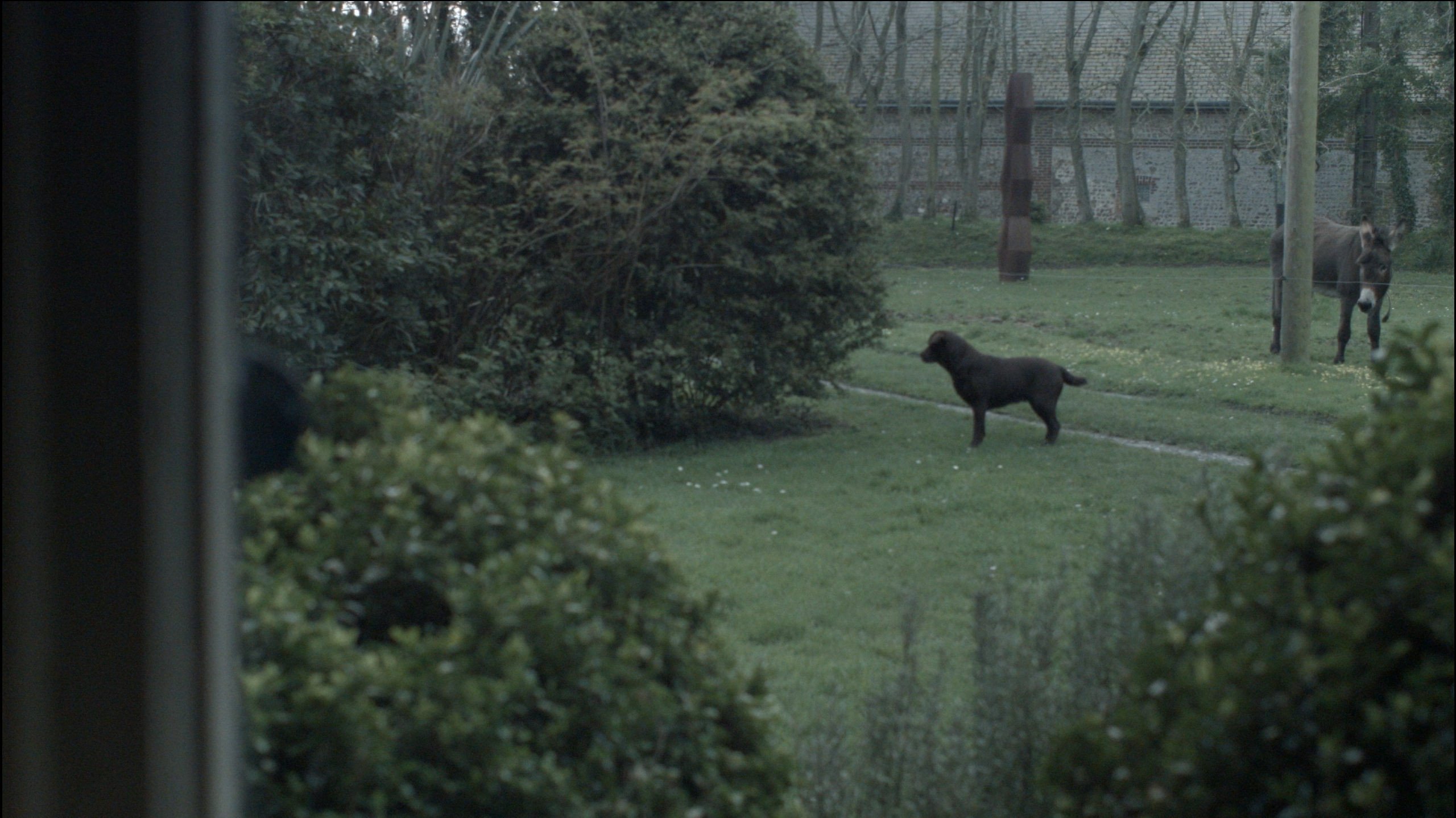
Retrospective Radu Jude
Tipografic Majuscul, Radu Jude
Romania, 2020, Color, Black and white, 128’
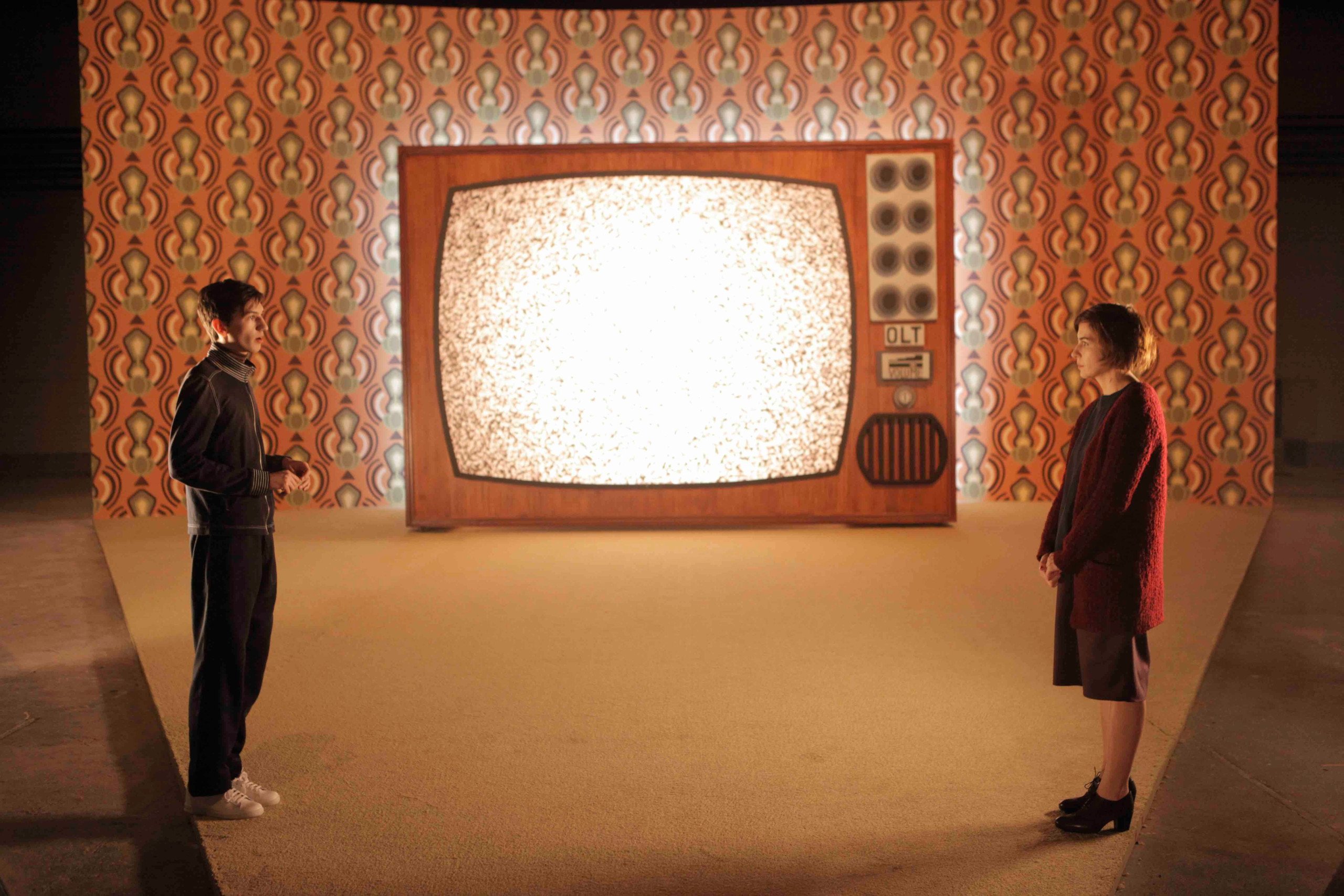
Retrospective Radu Jude
Toată lumea din familia noastră, Radu Jude
Romania, Netherlands, 2012, Color, 107’

Young audience
Toto, Klaudia Bochniak
Pologne, 2023, Color, 6’
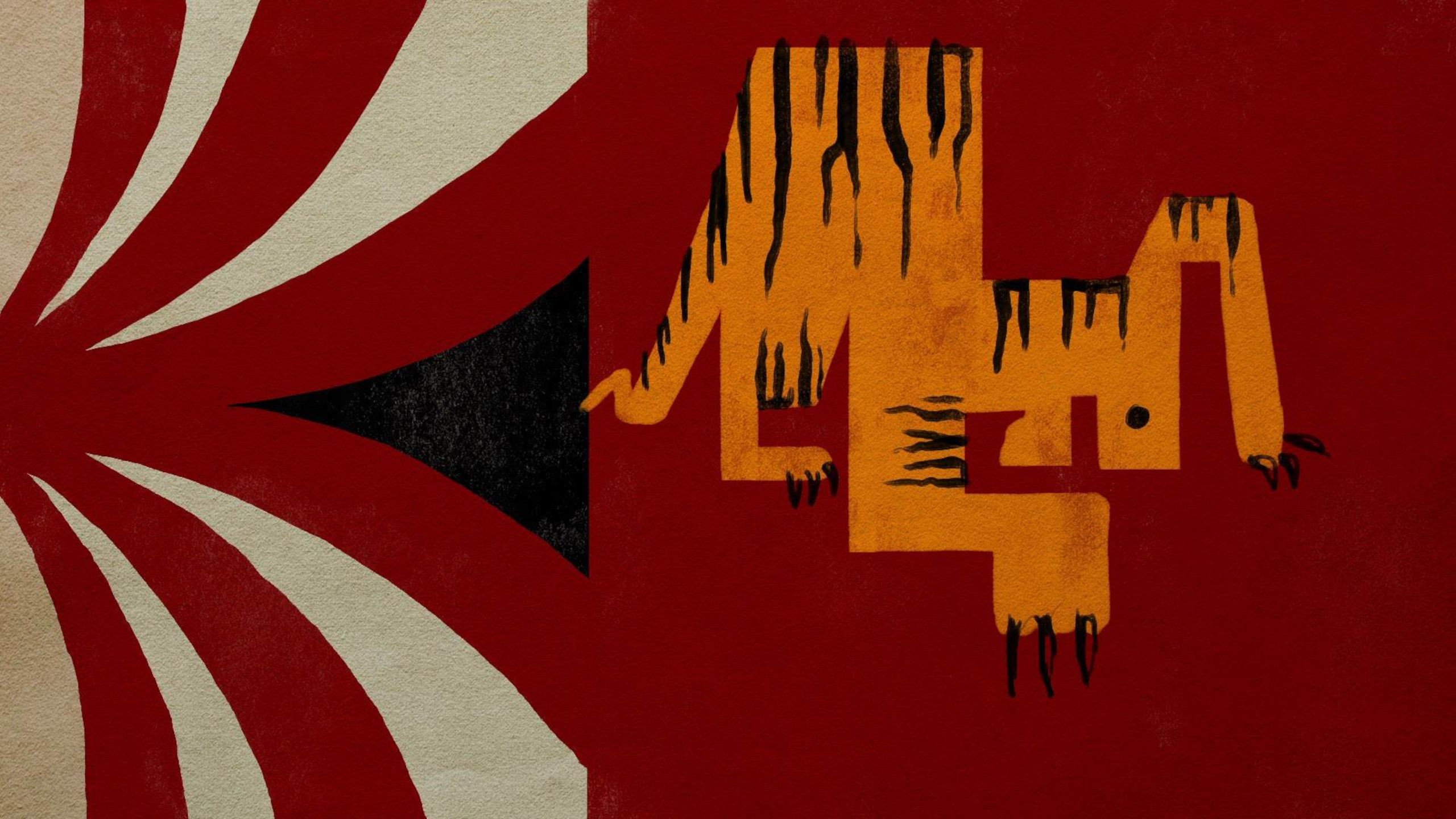
Flash Competition, First Time at FID Pathway
World Premiere
گلهای شب ِدریا, Maryam Tafakory
Iran, United Kingdom, France, 2025, Color, 15’

Retrospective Carolina Adriazola & José Luis Sepúlveda
International Premiere
Vasnia, Carolina Adriazola
Chile, 2007, Color, 30’

Ciné+ Competition, Youth pathway from age 14
French Premiere
Vetre, pričaj sa mnom, Stefan Djordjević
Serbia, Slovenia, Croatia, 2025, Color, 100’
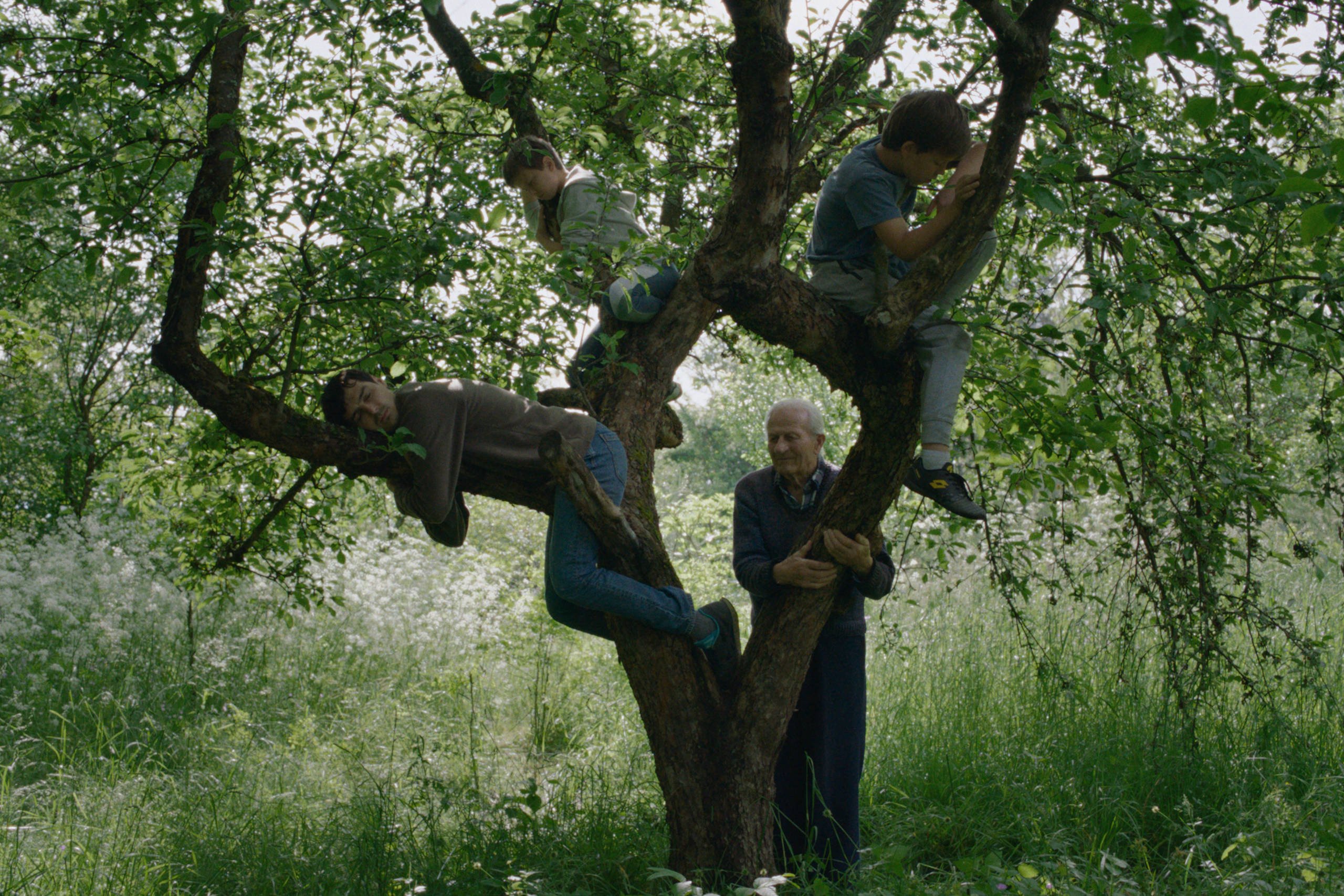
Special Screenings
We Had Fun Yesterday, Marion Guillard
Belgium, 2024, Color, Black and white, 35’

Flash Competition, Youth pathway from age 14
World Premiere
yi ding shi yin wei wo yao li kai, Zhuoyun Chen
United States, China, 2025, Color, 19’
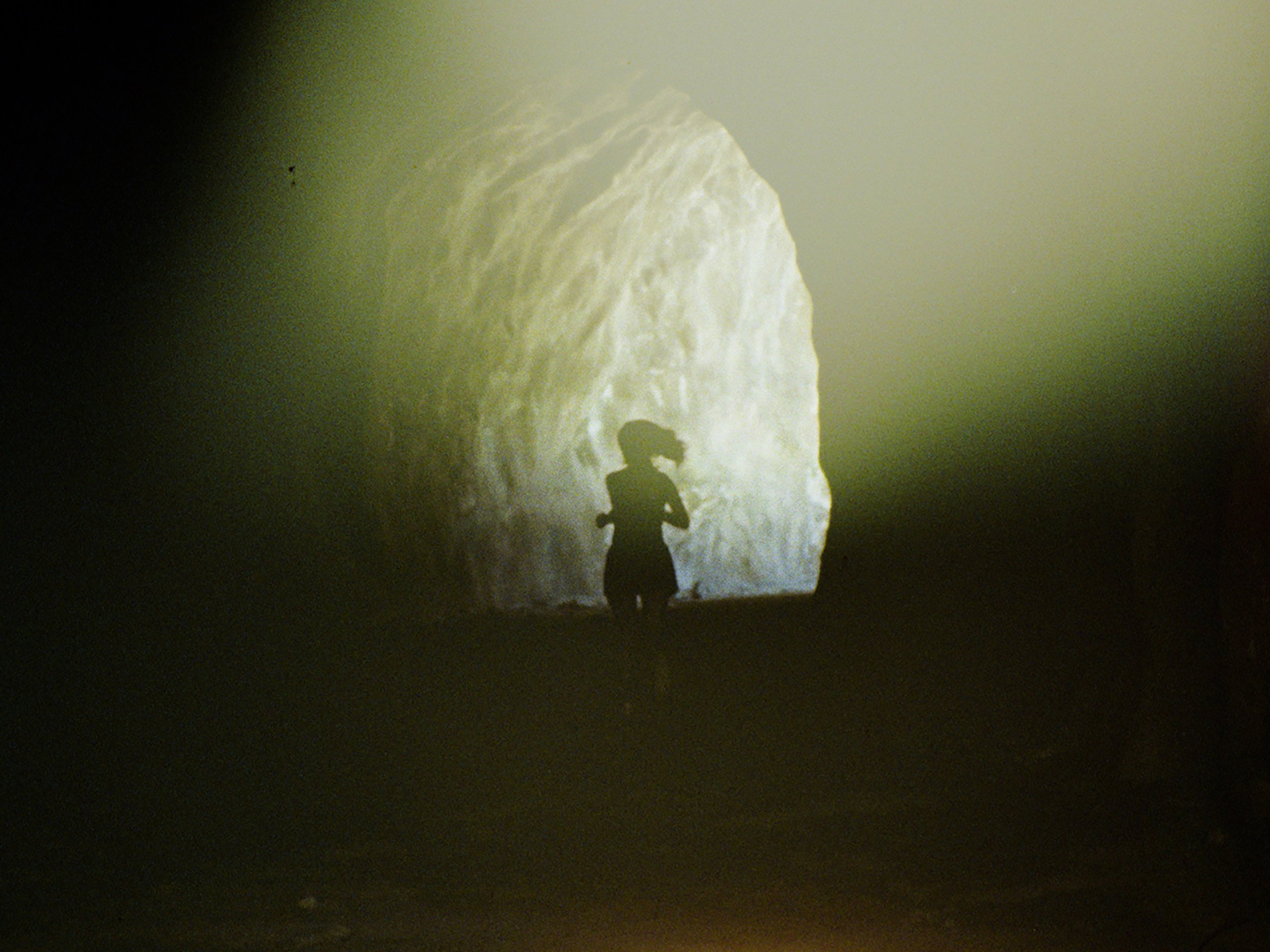
Young audience
Zieleń, Karolina Kajetanowicz
Poland, 2021, Color, 8’
